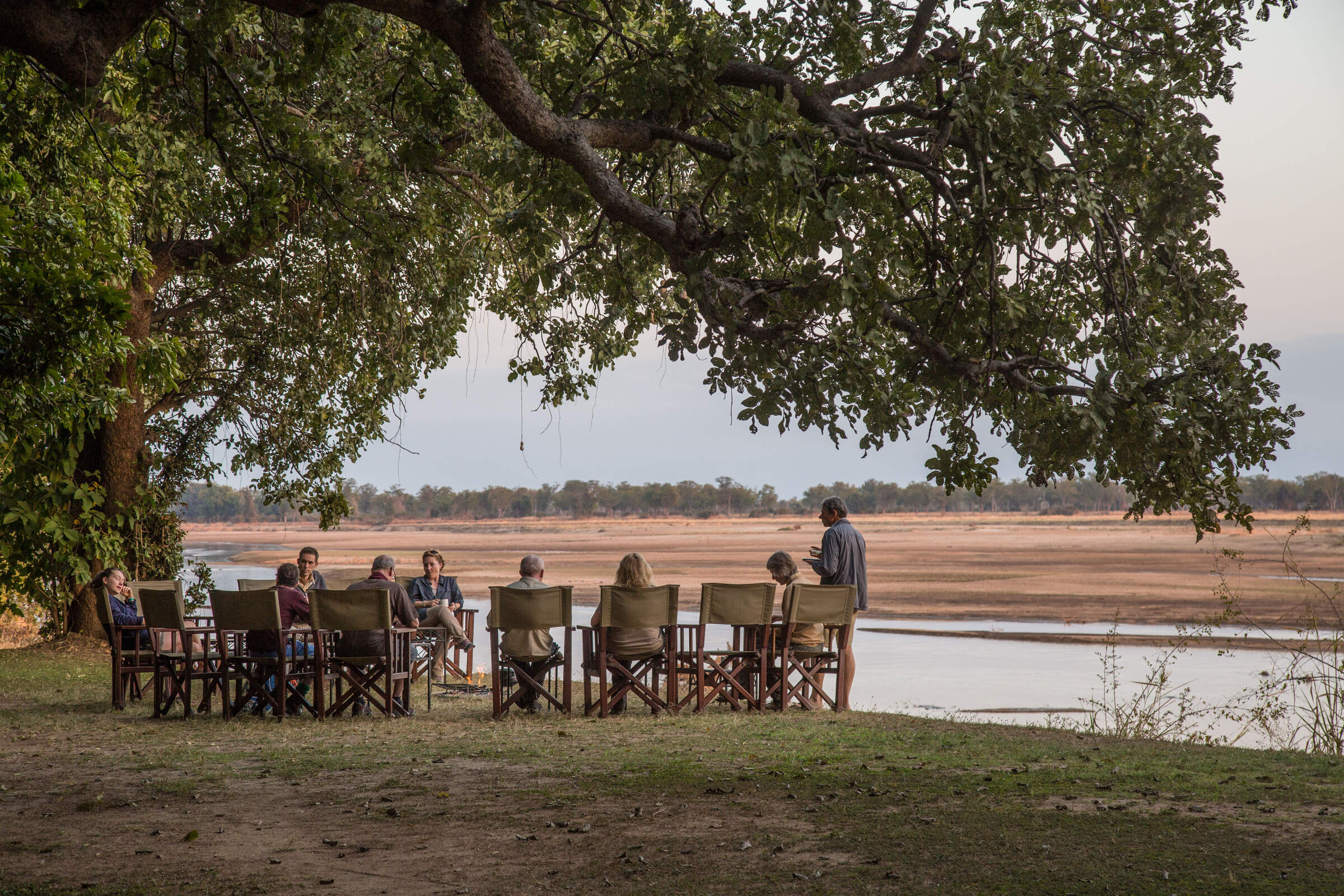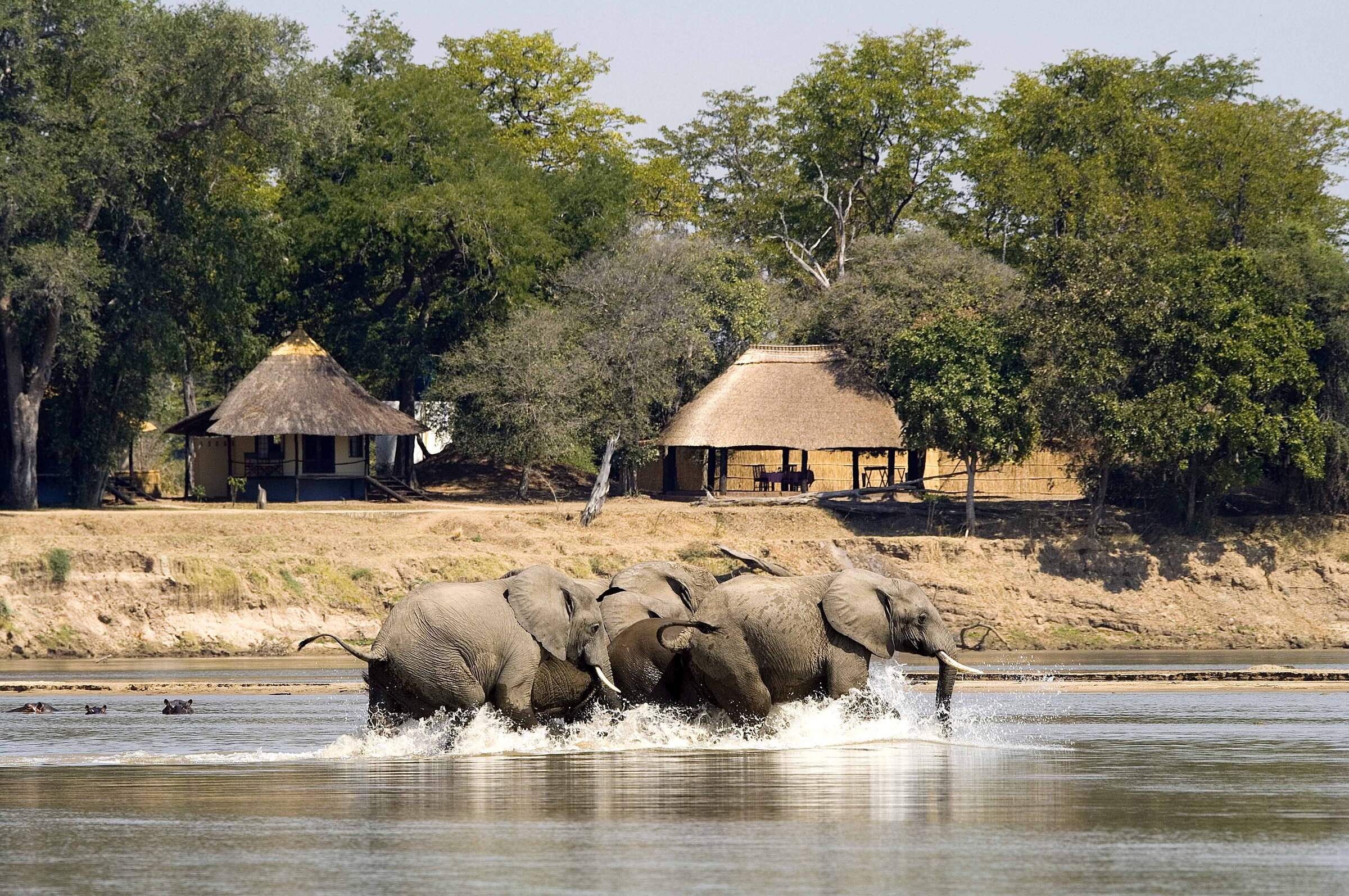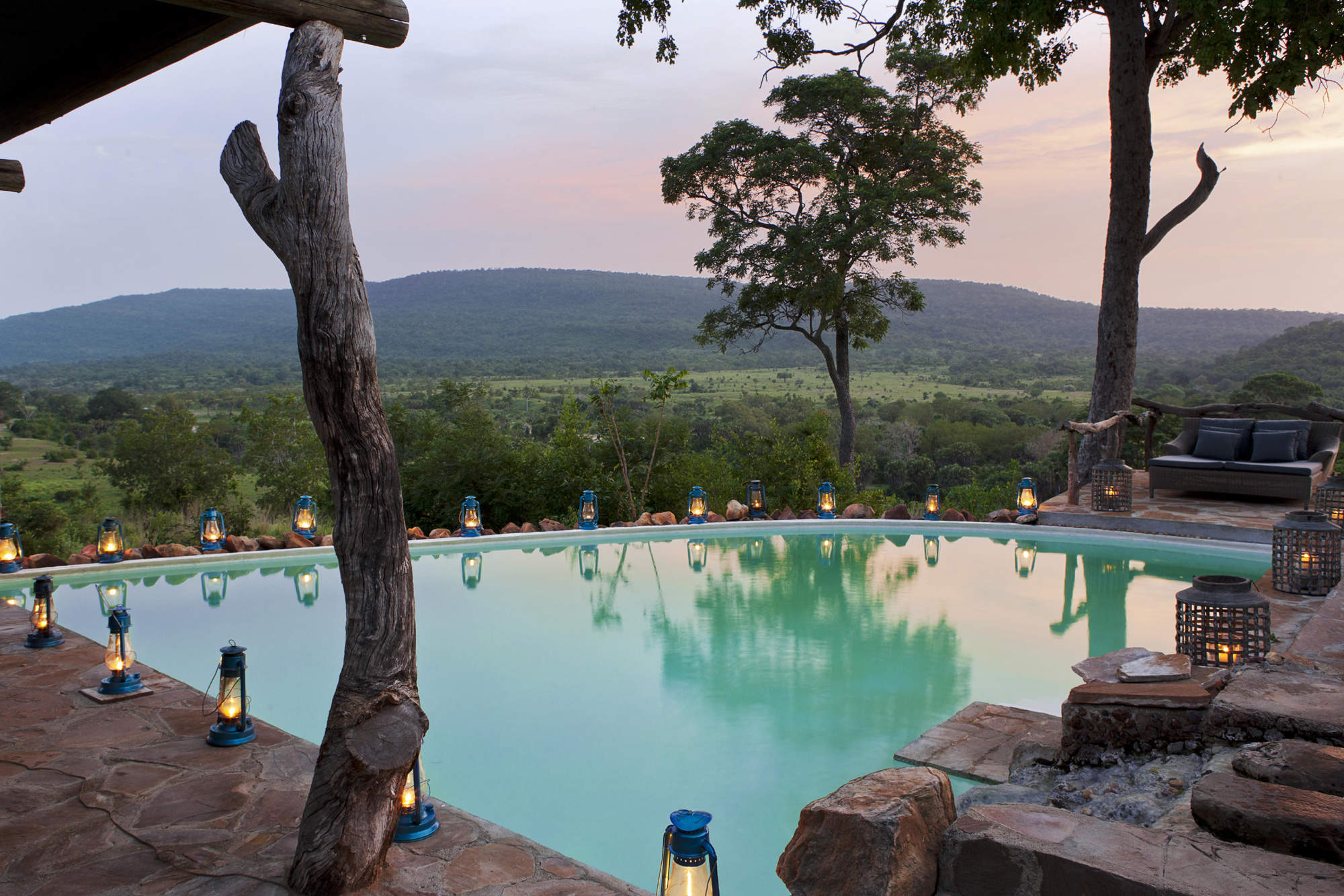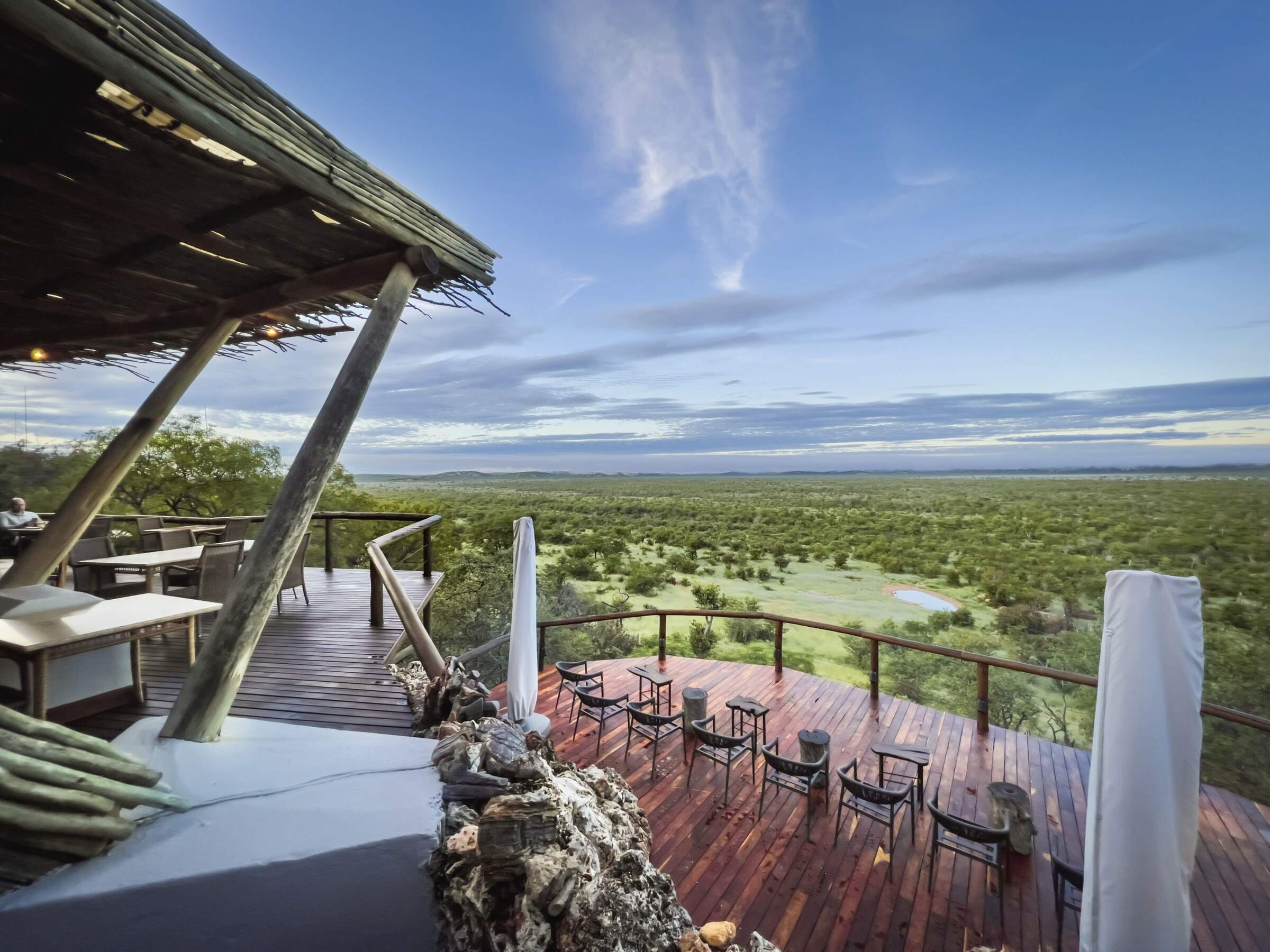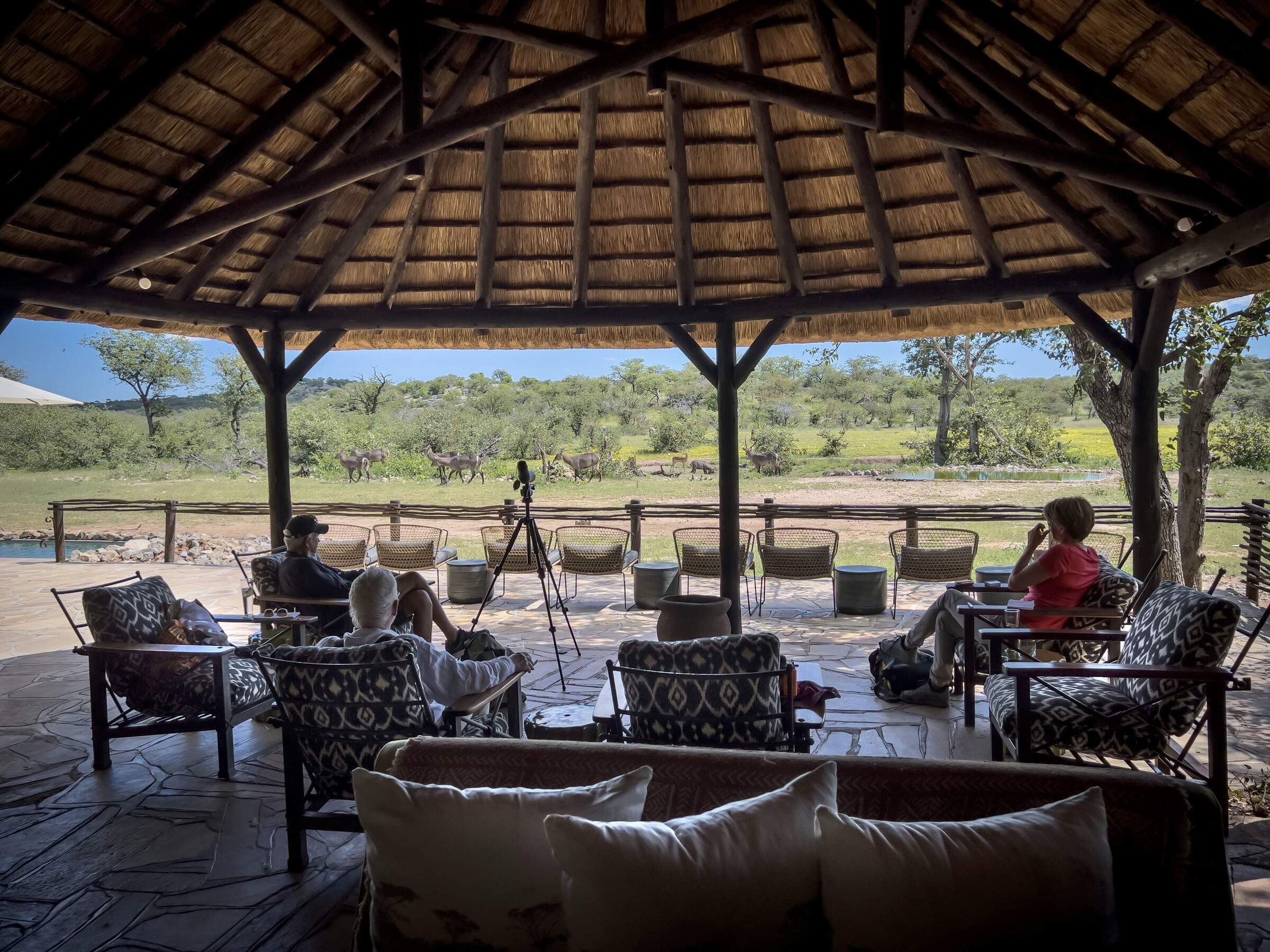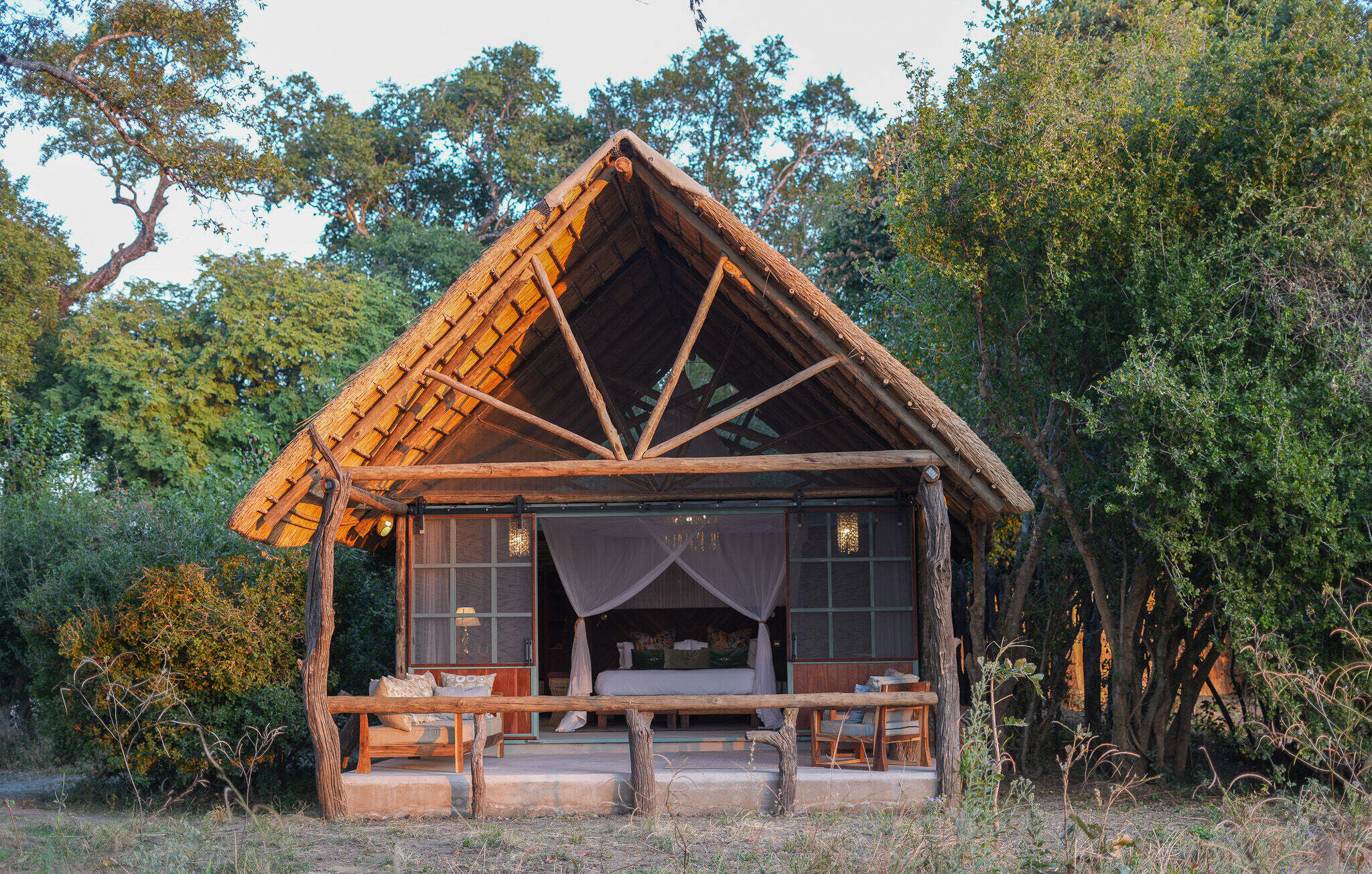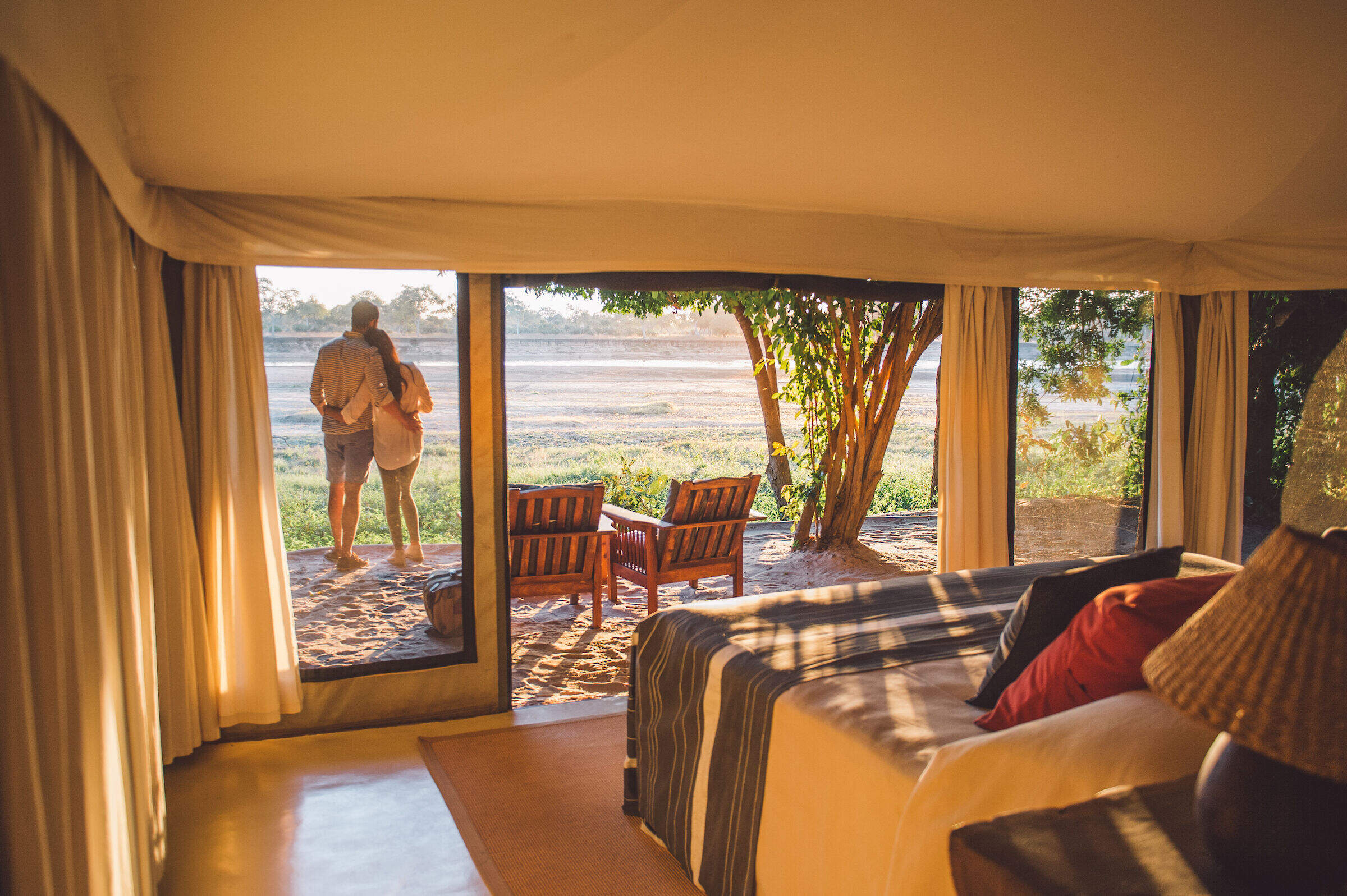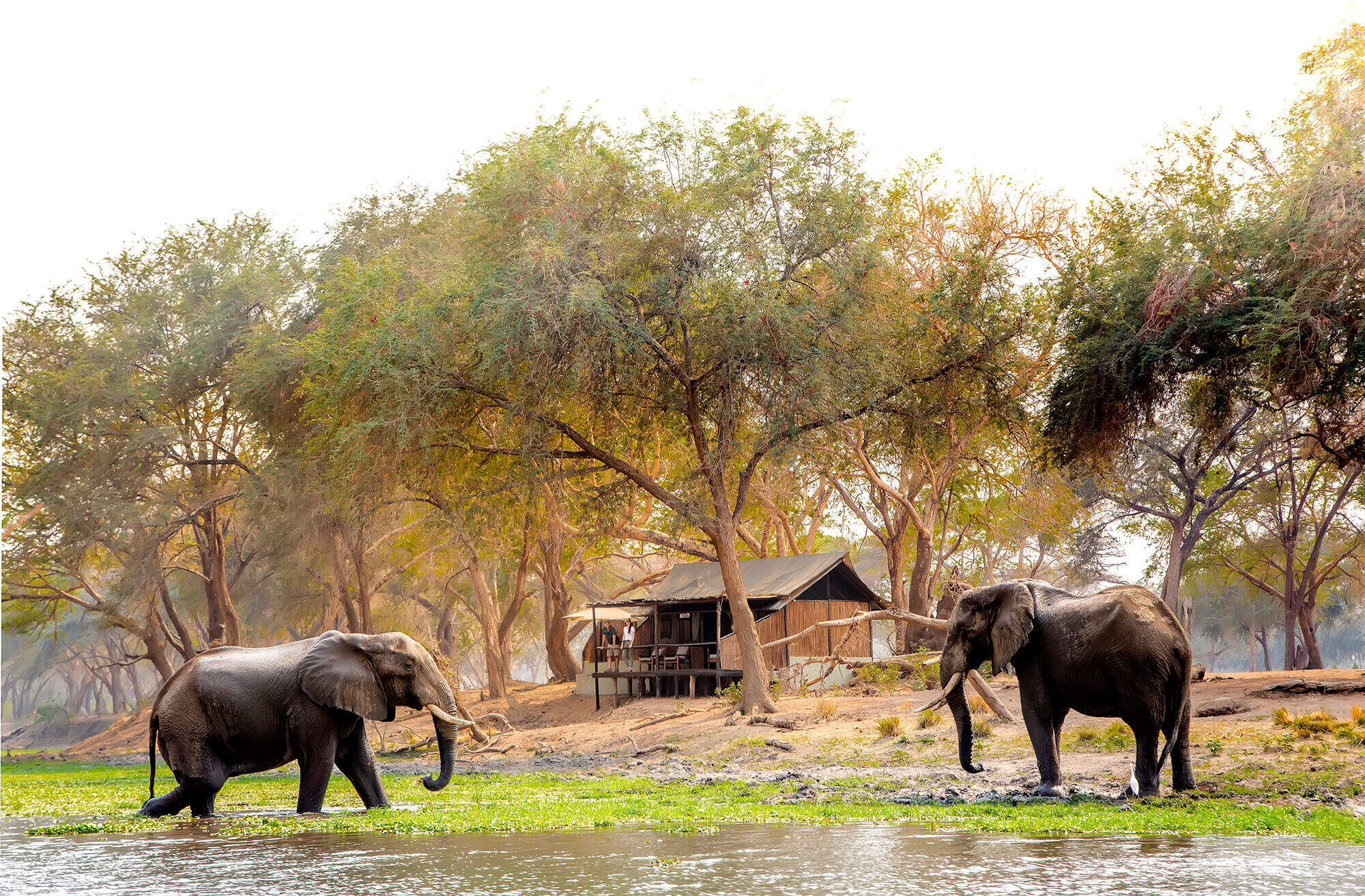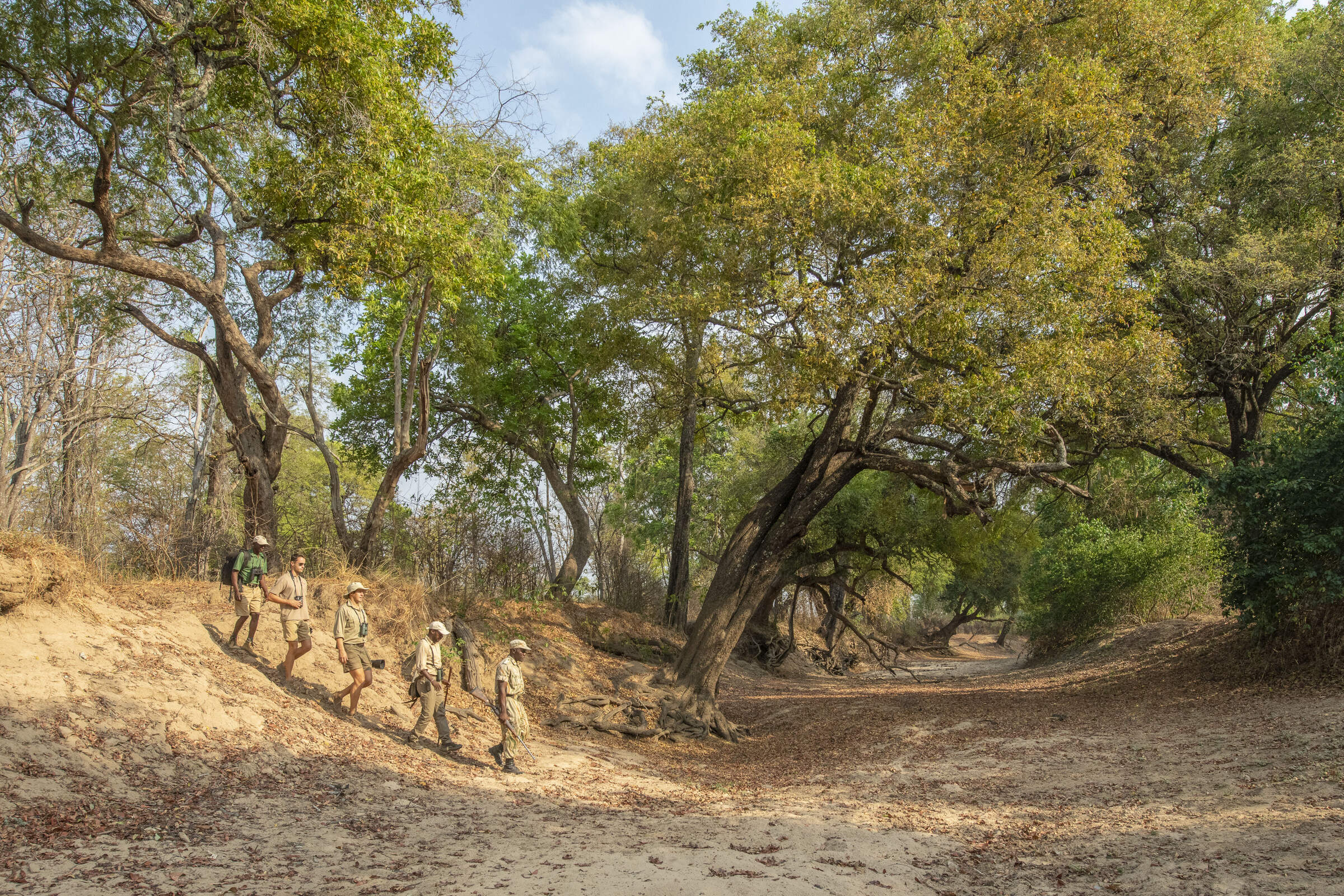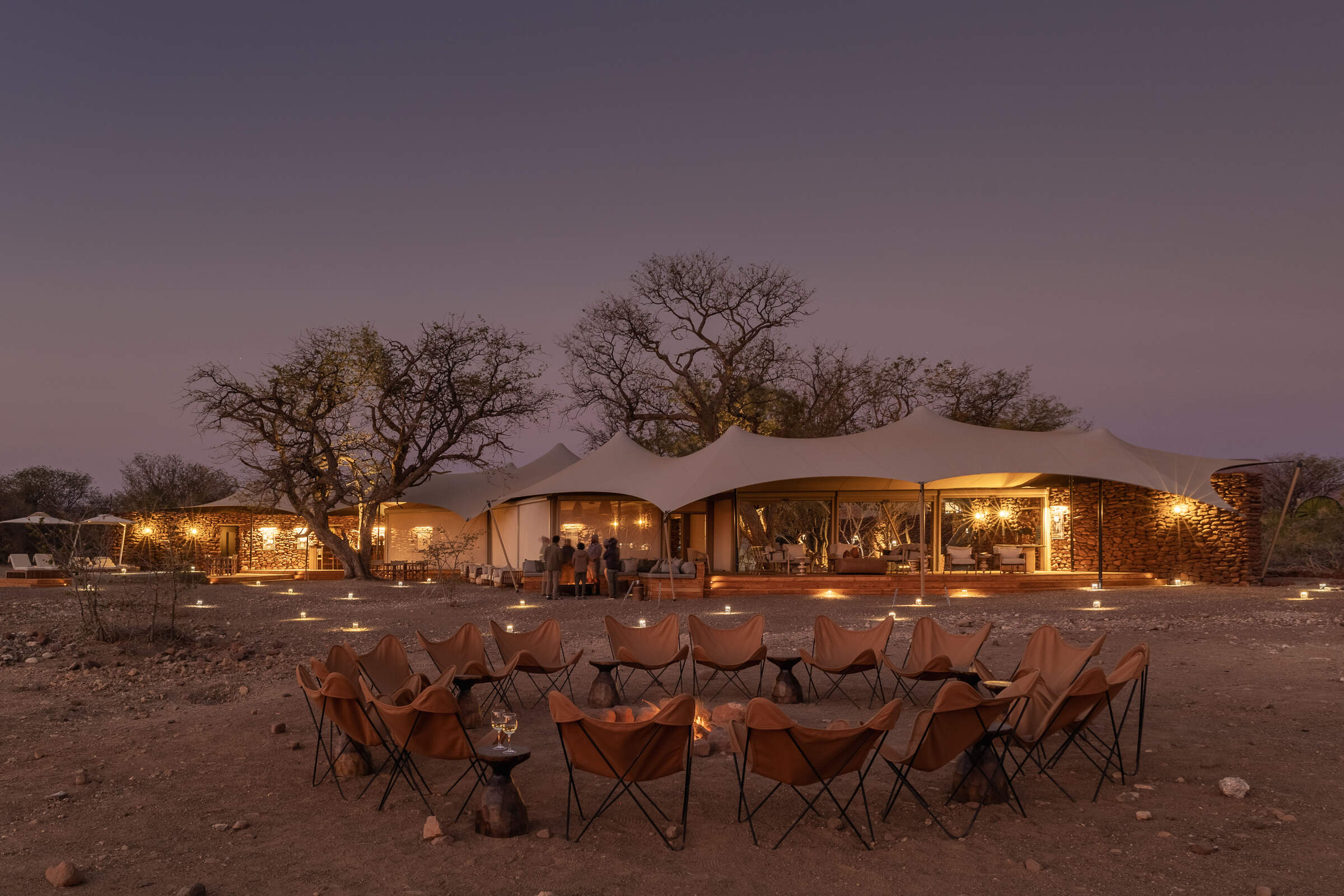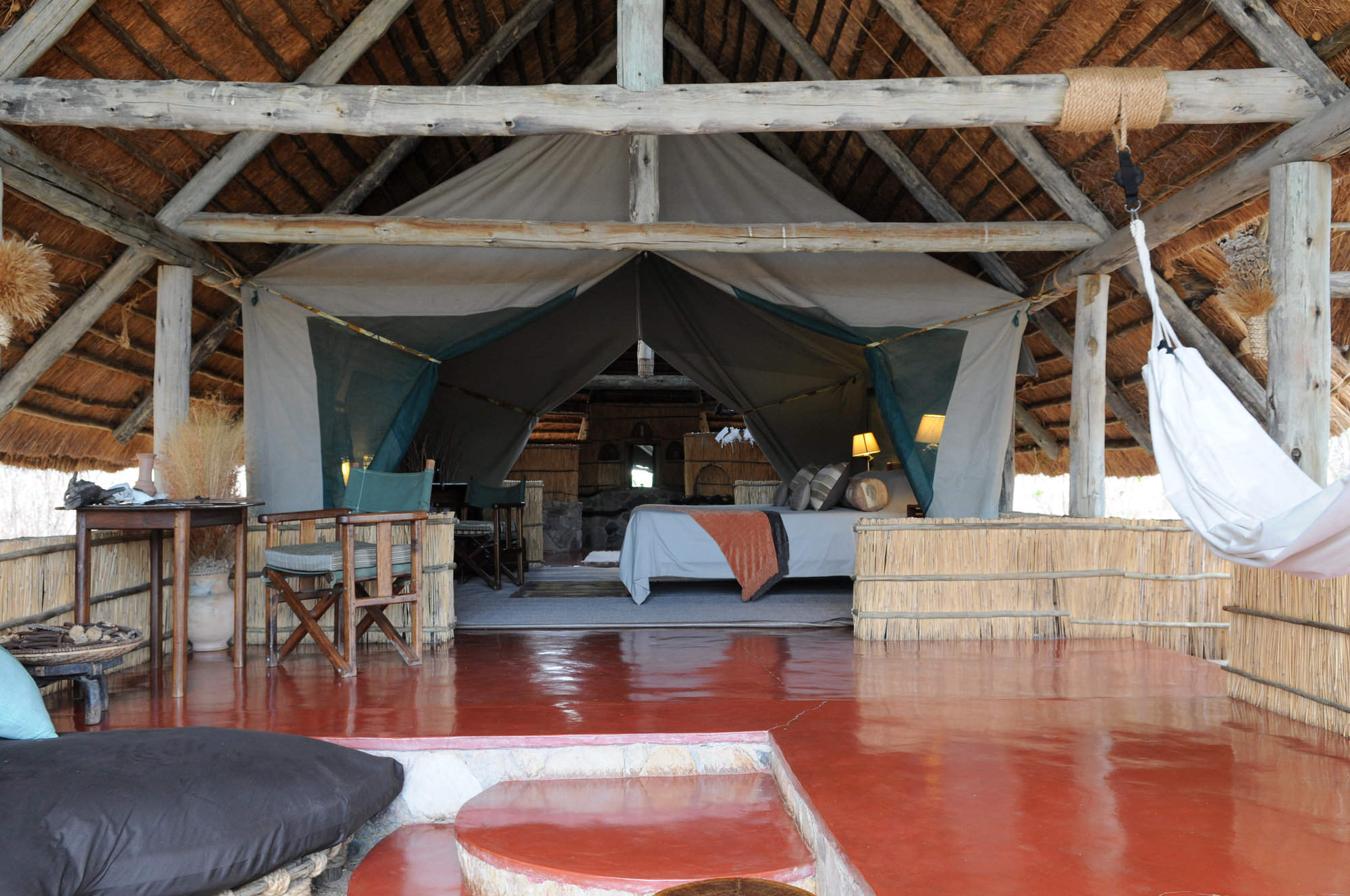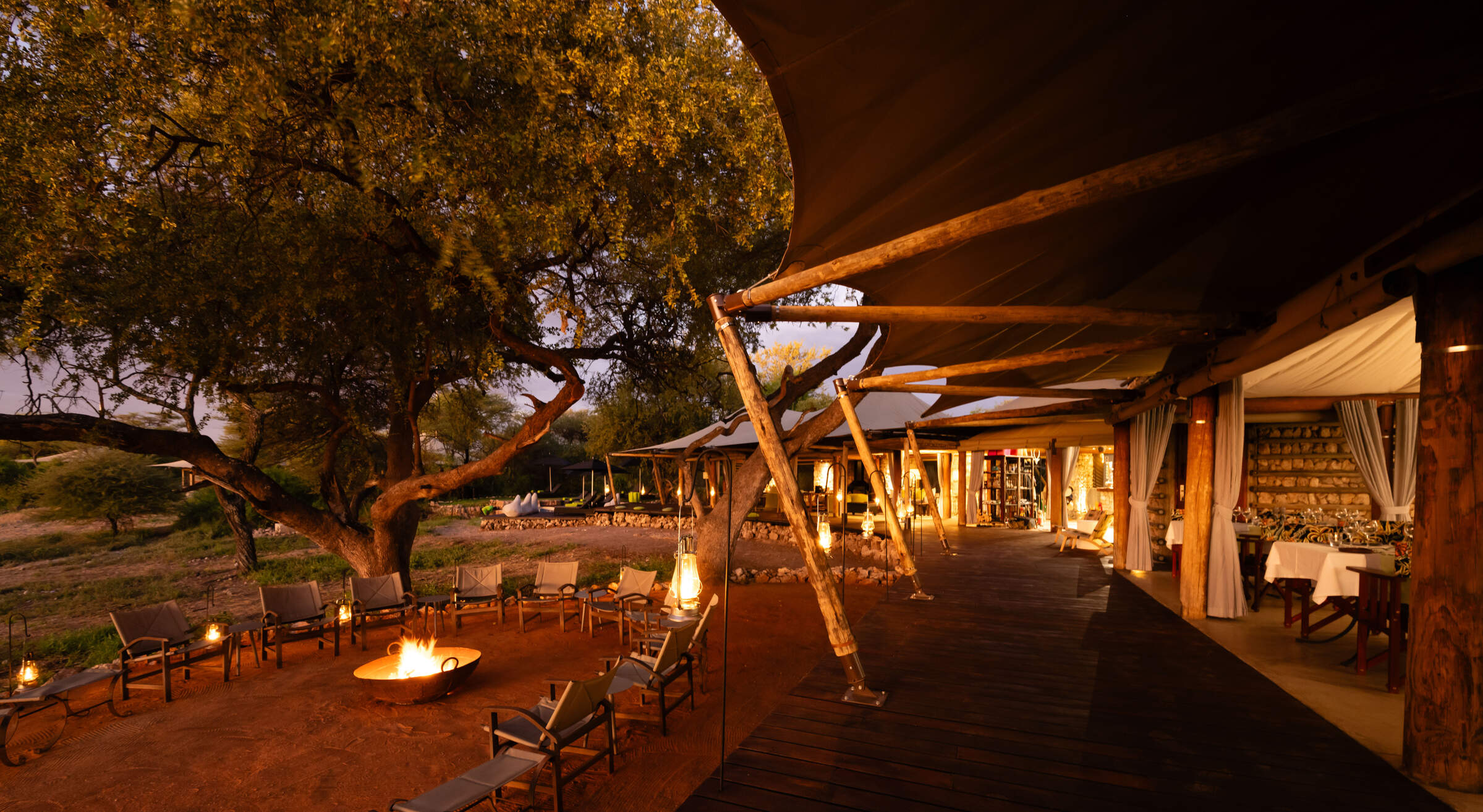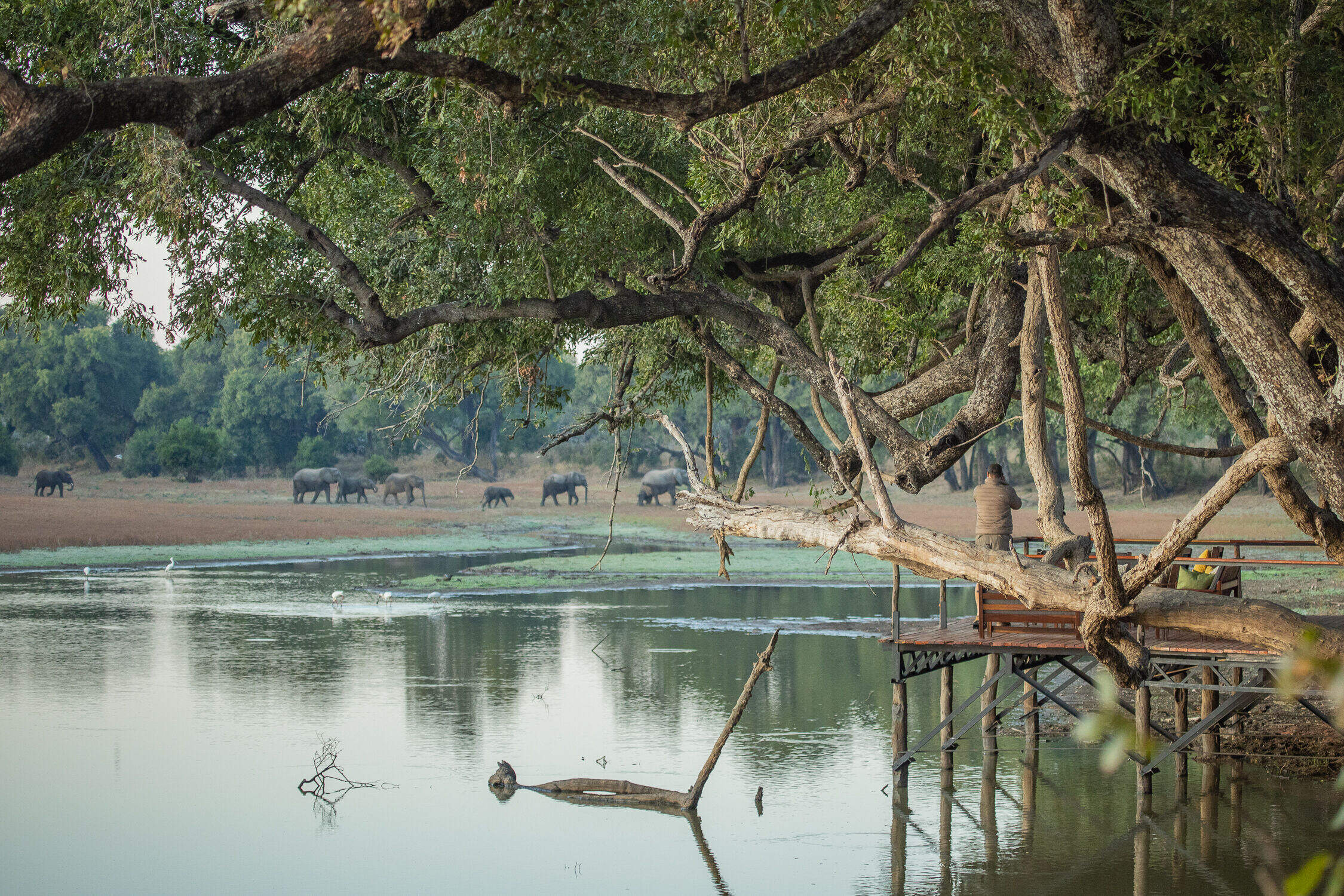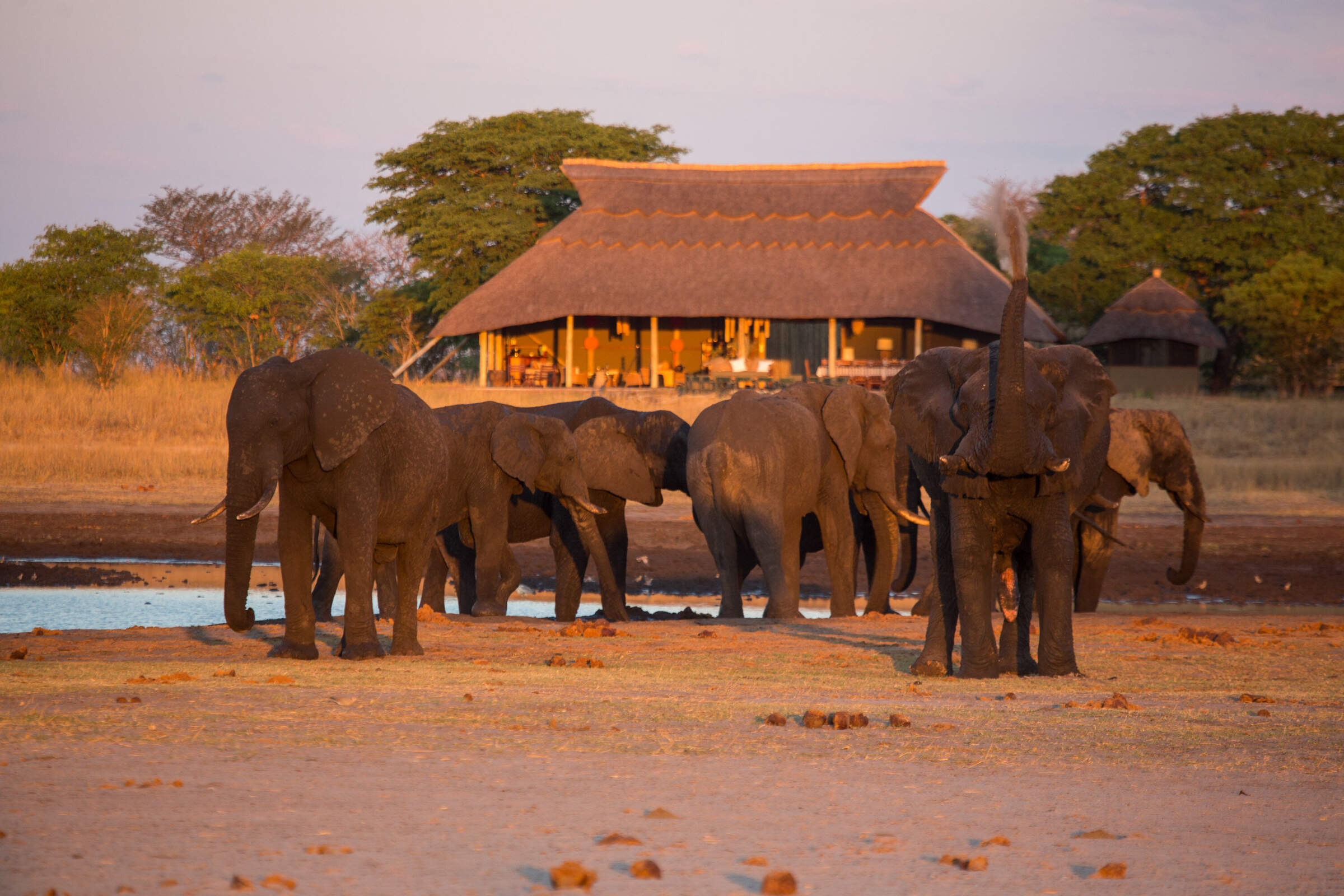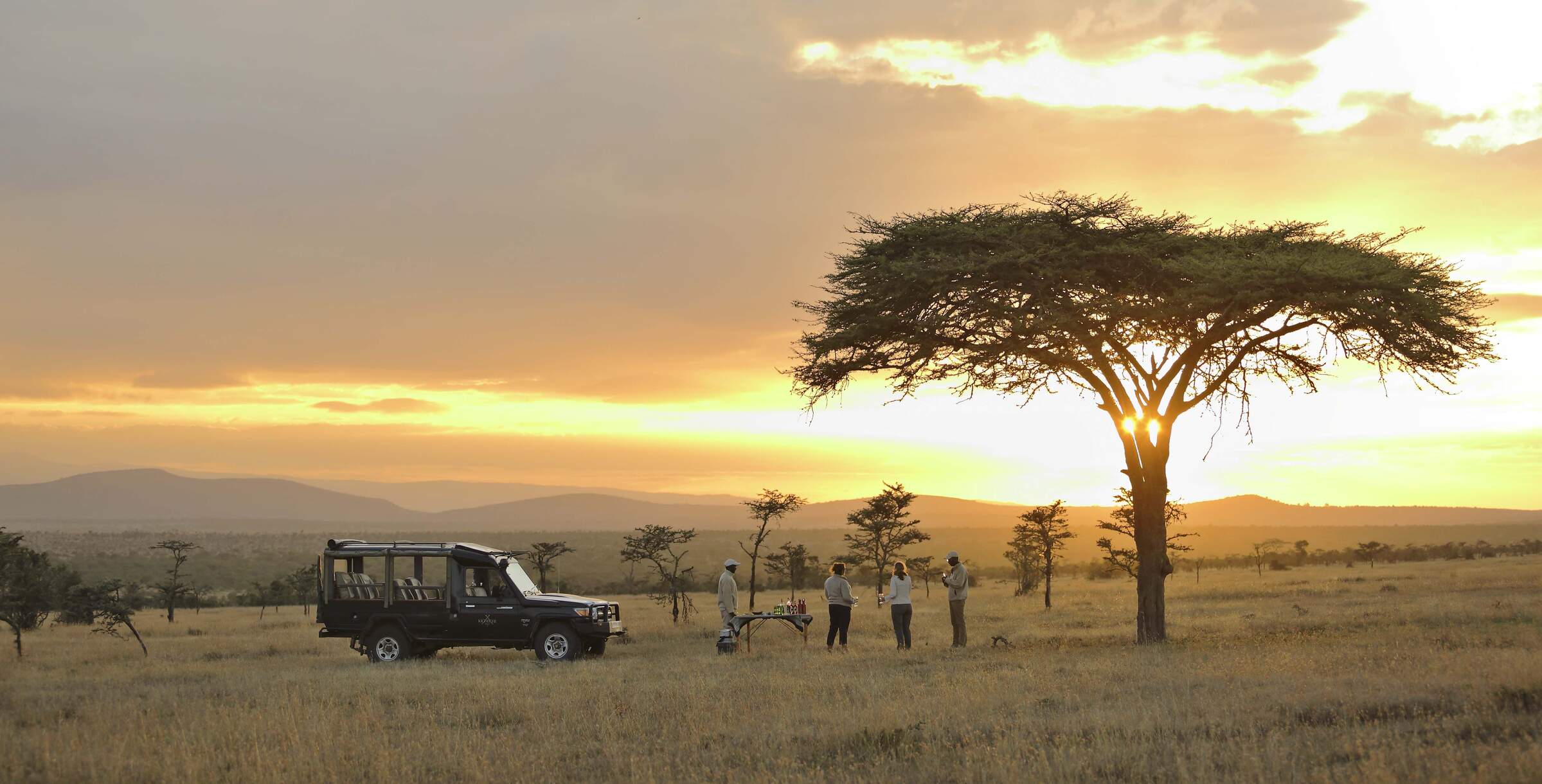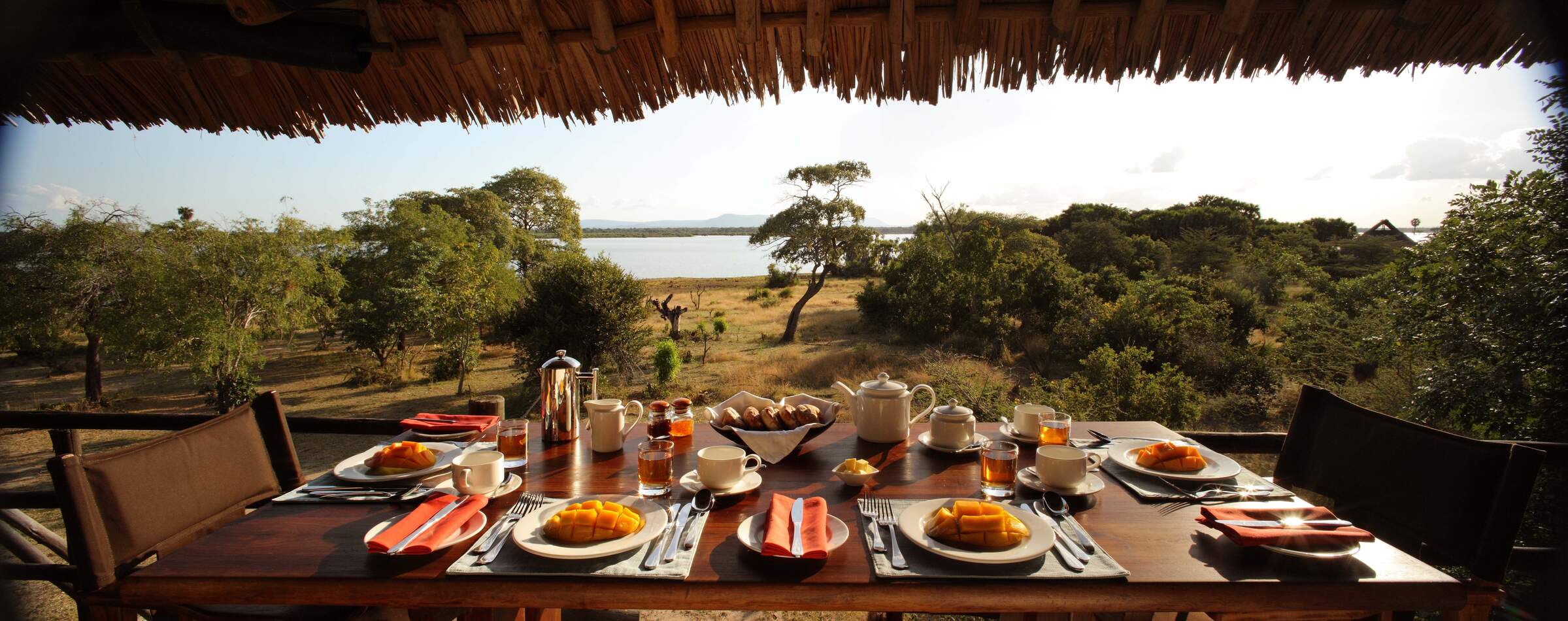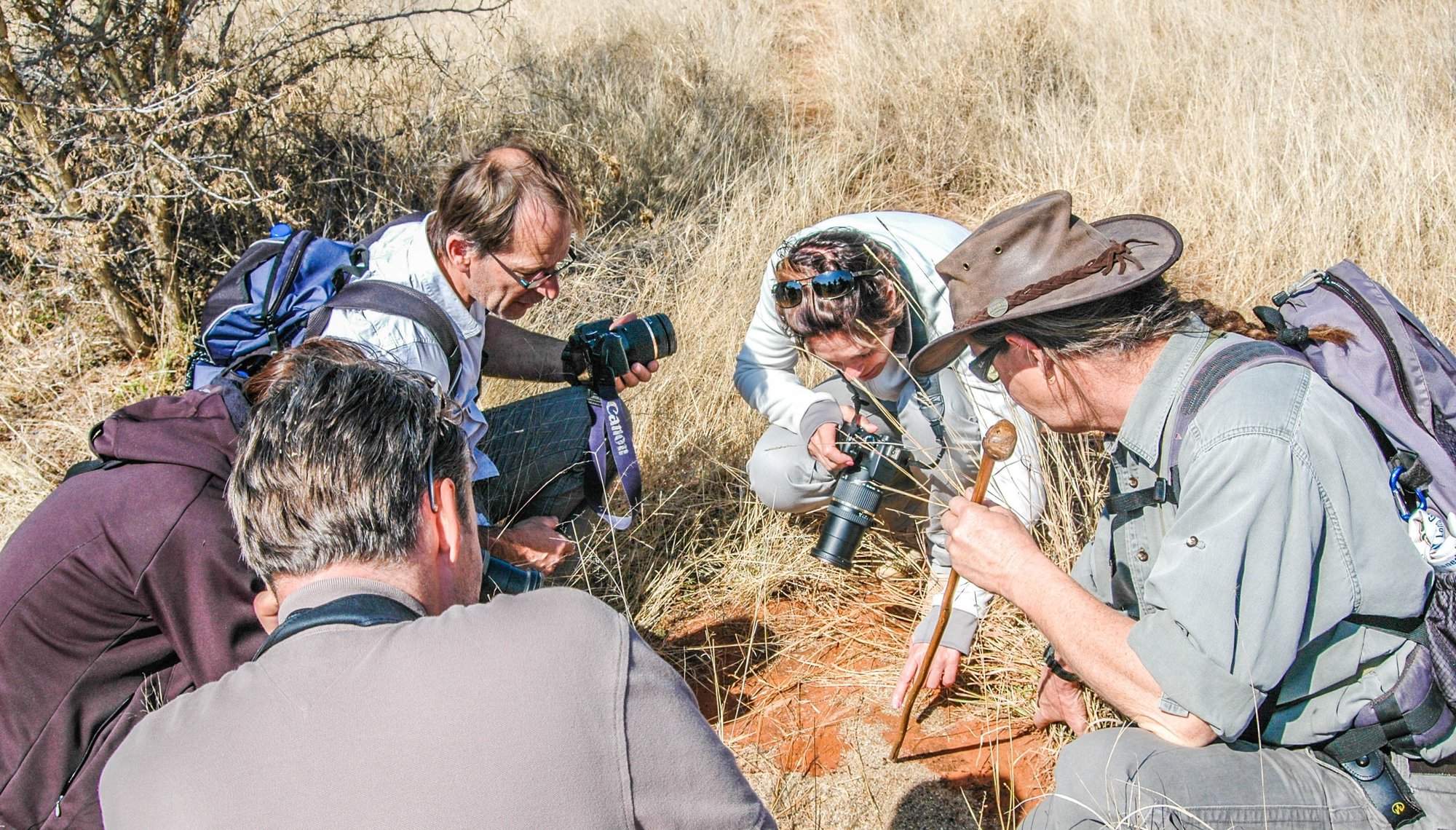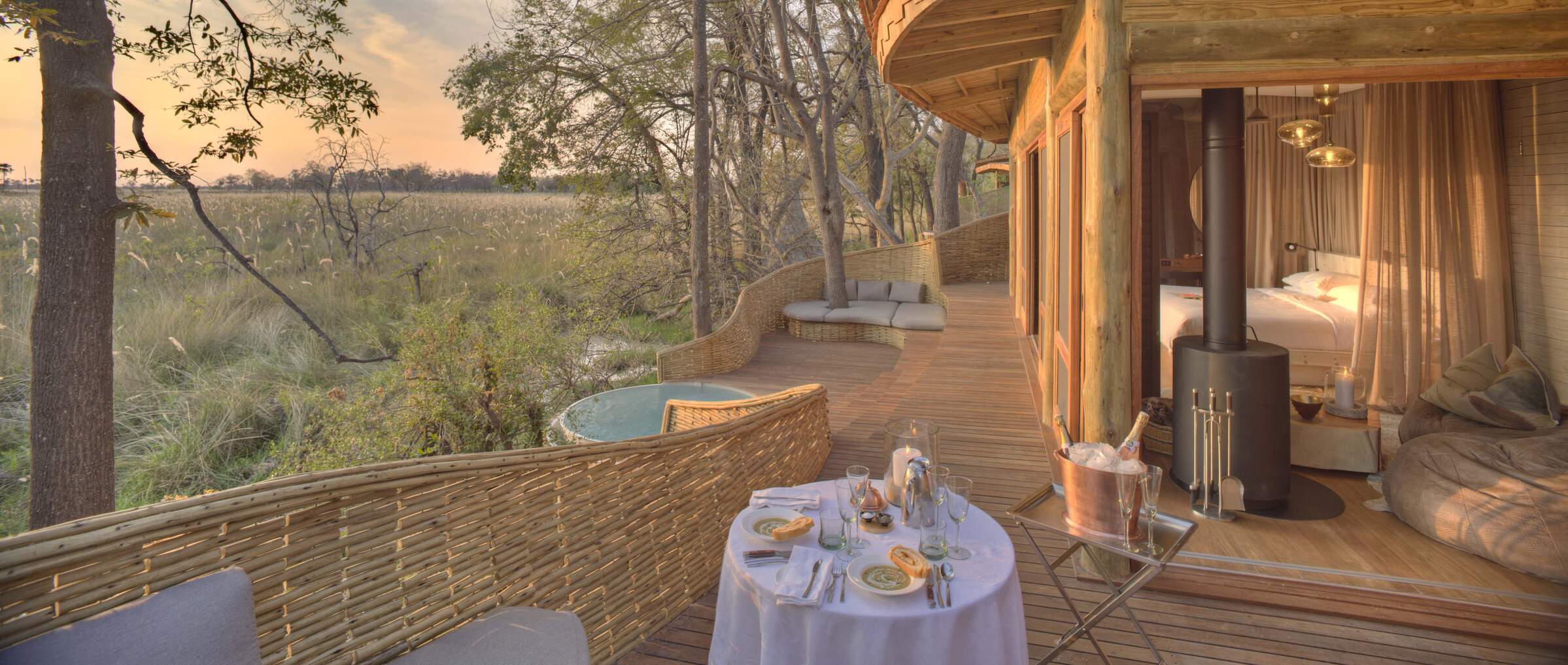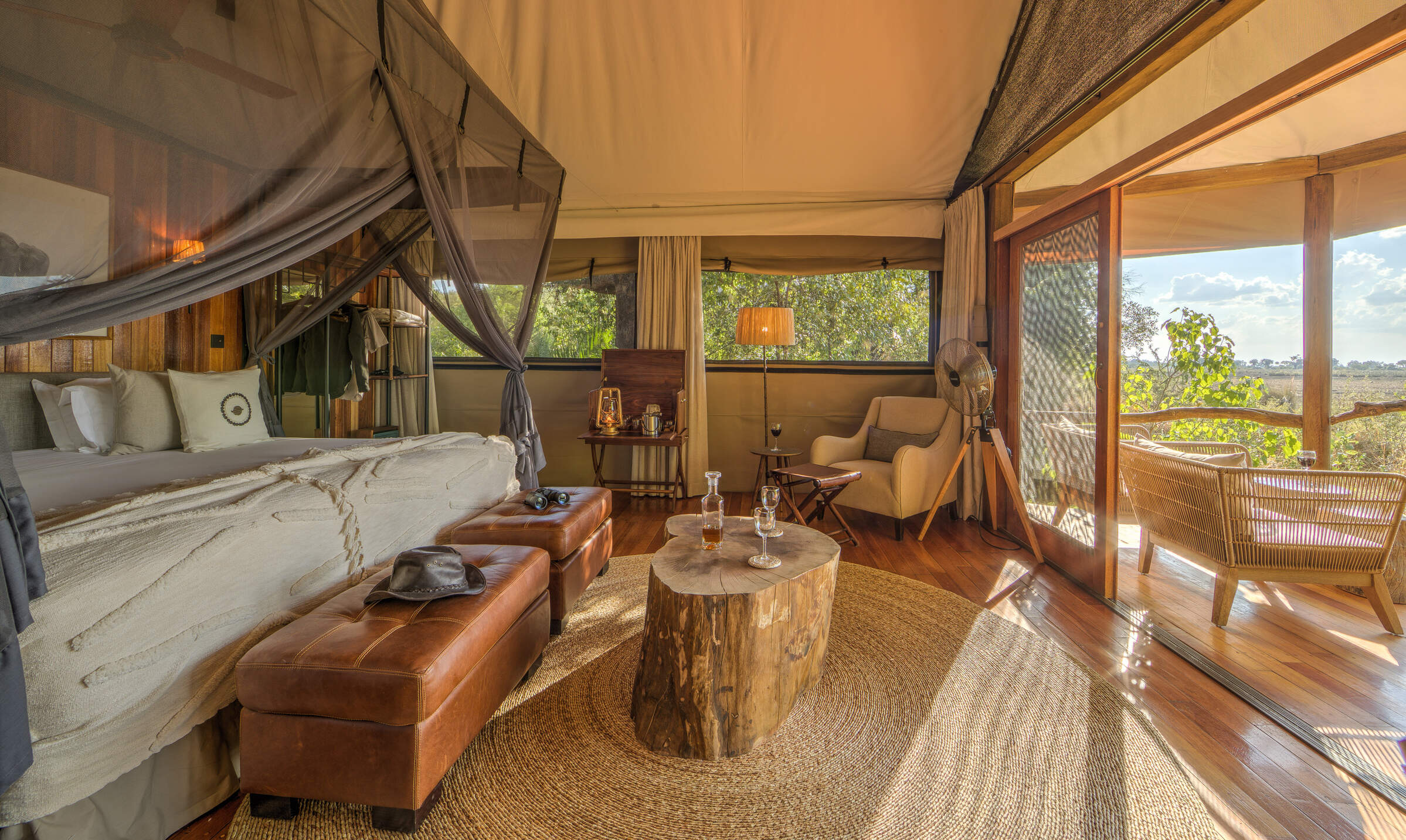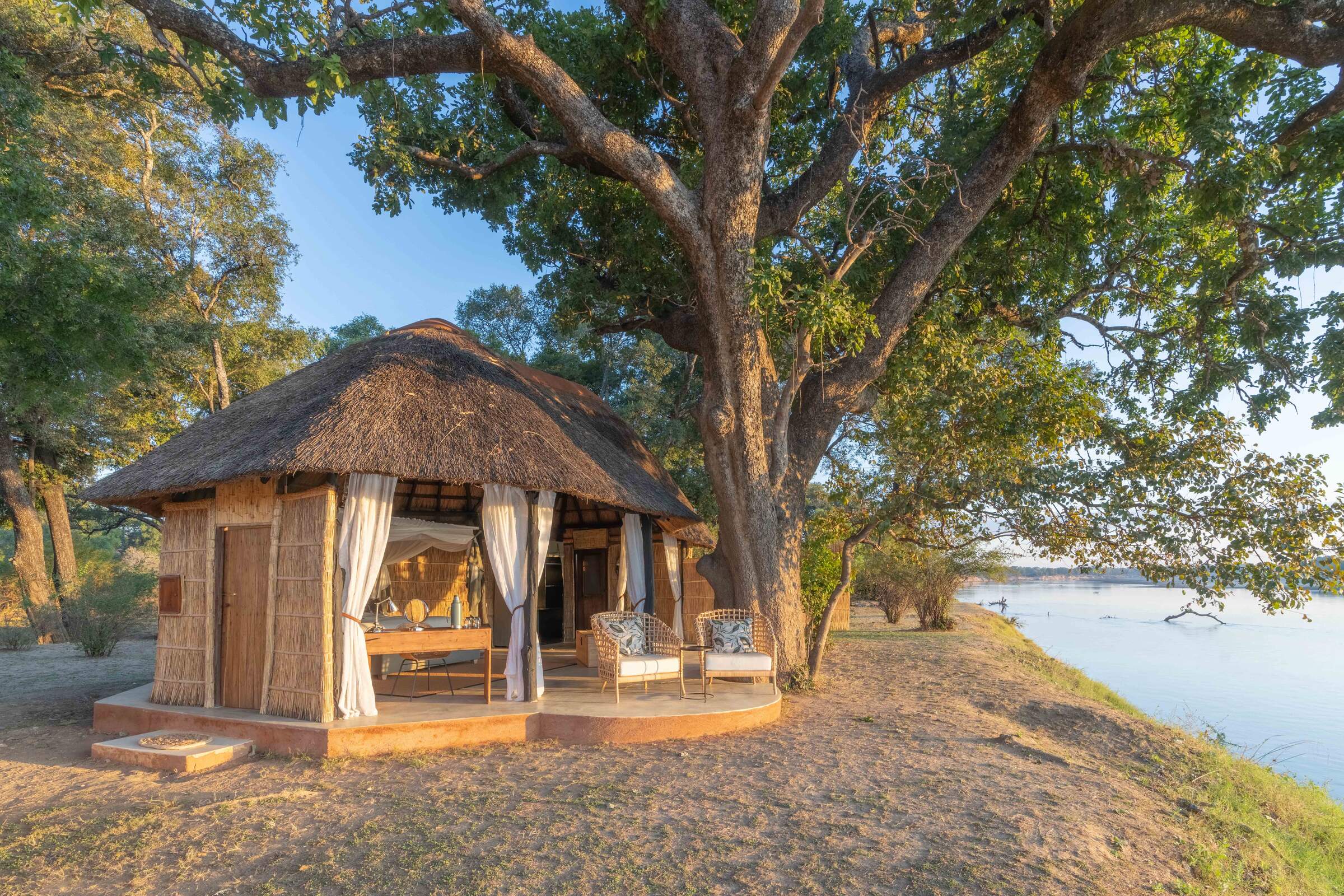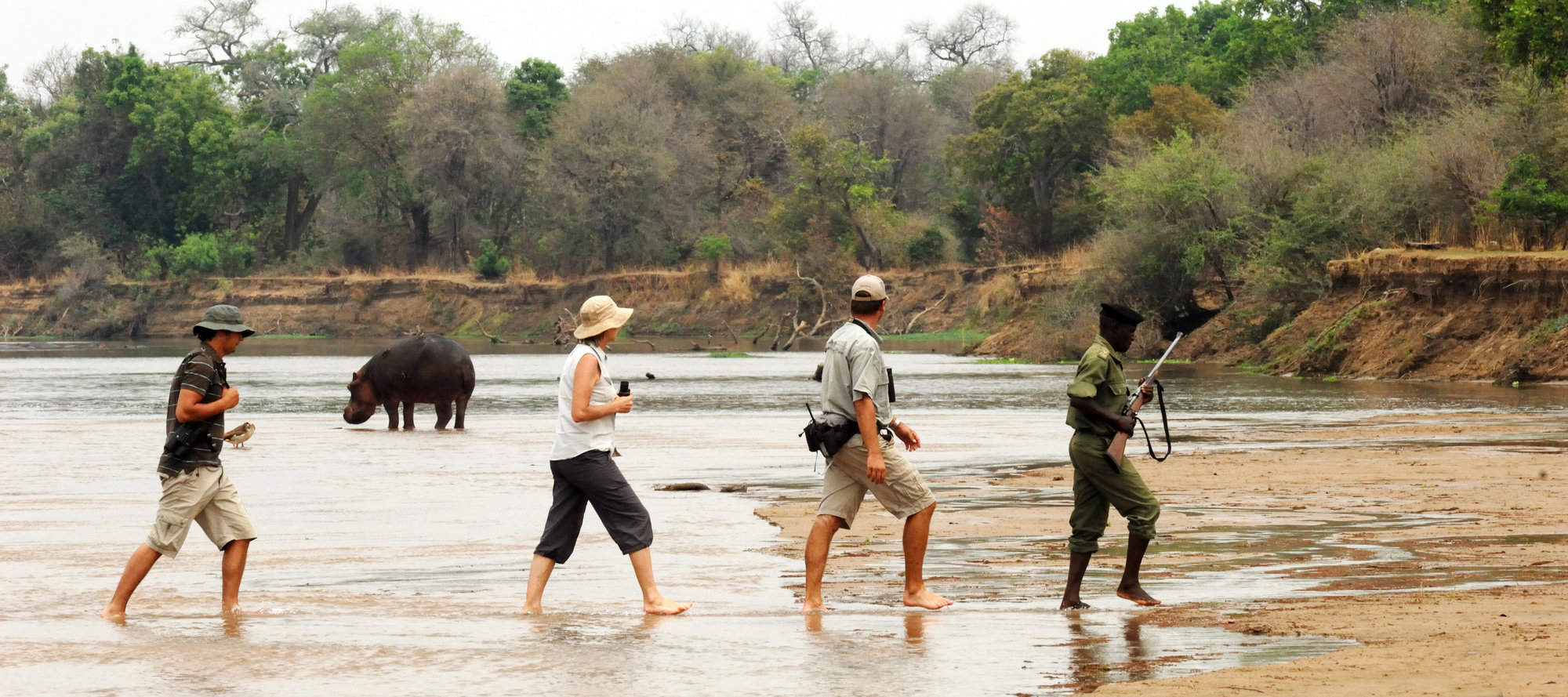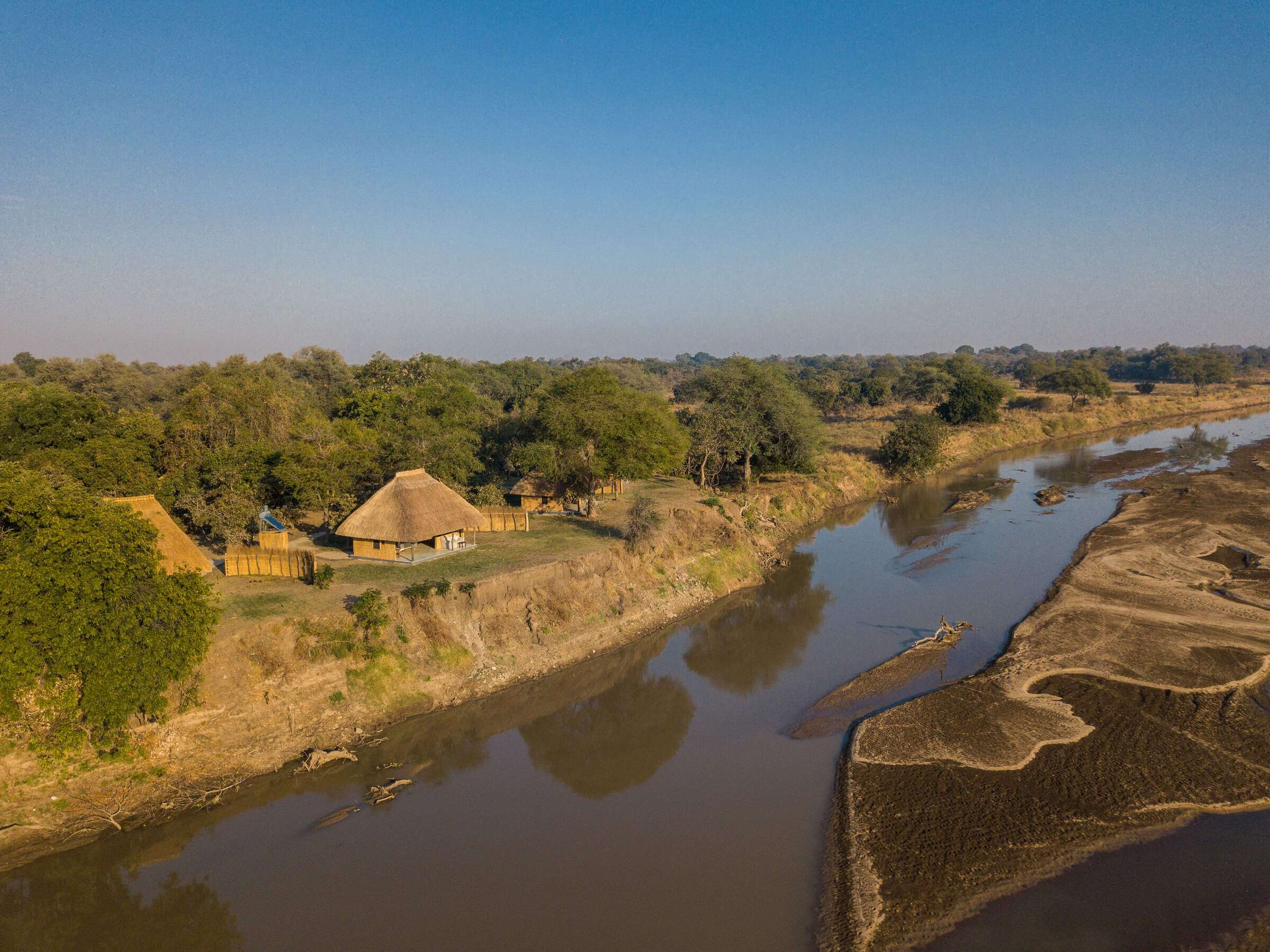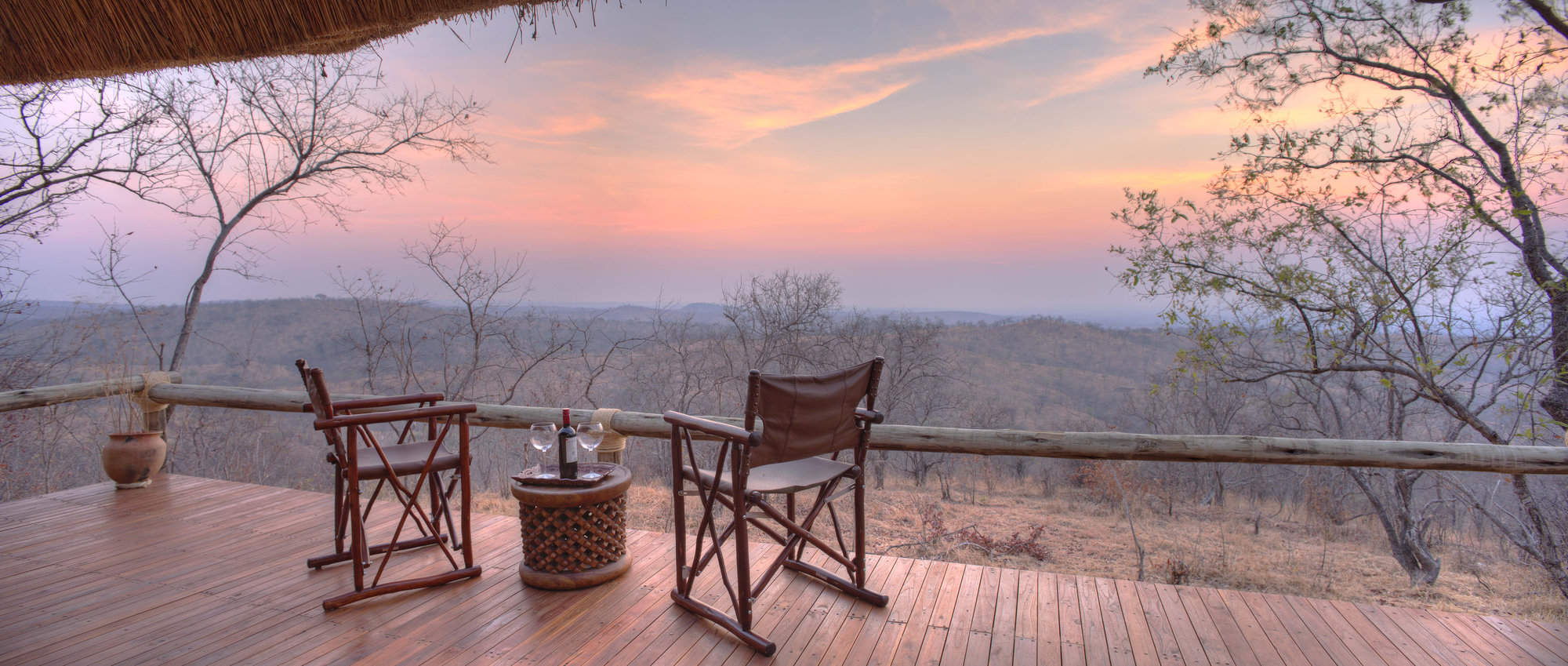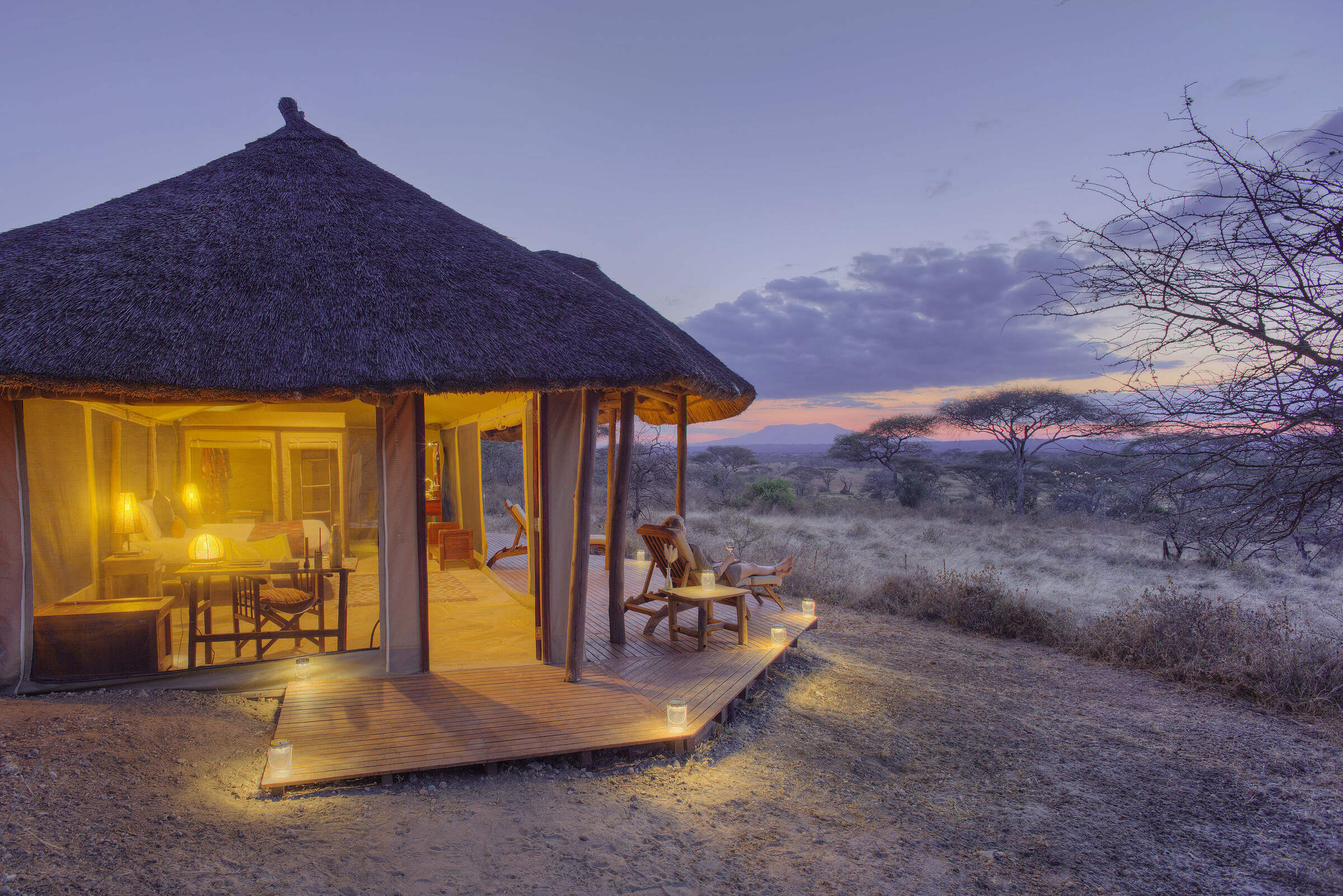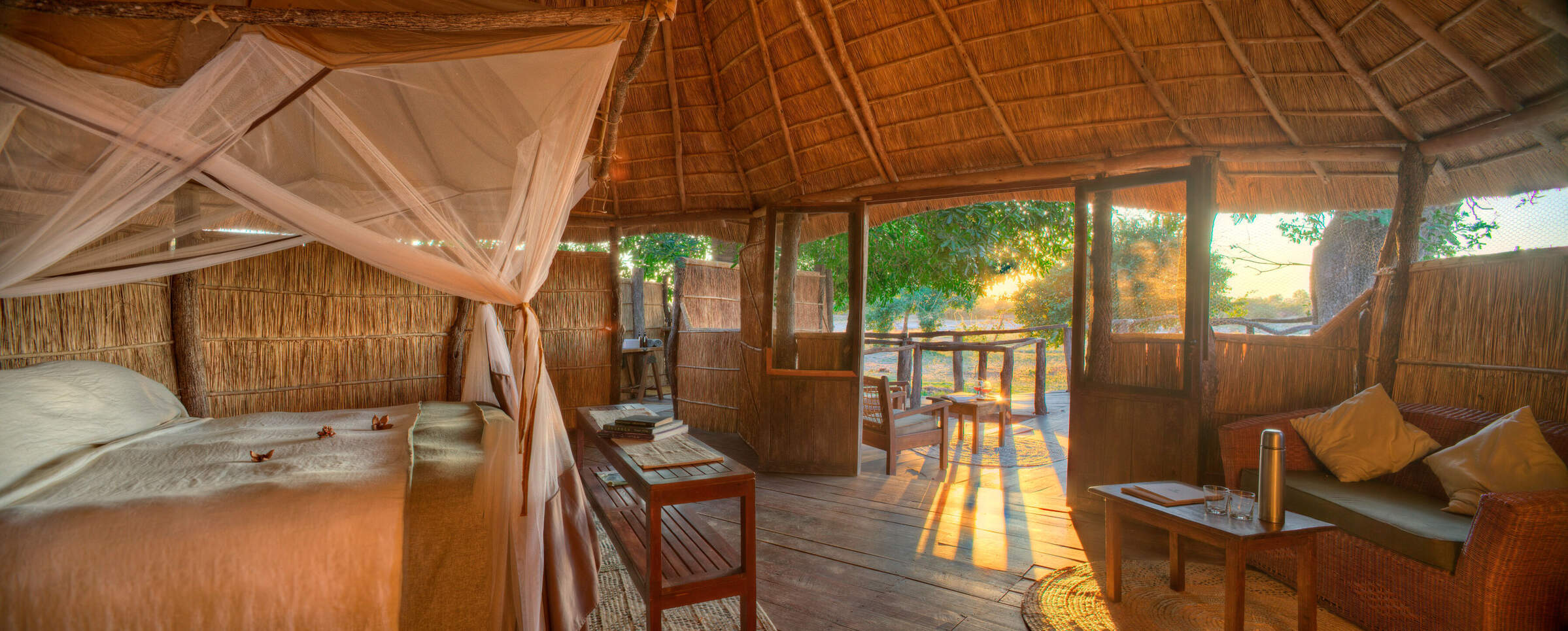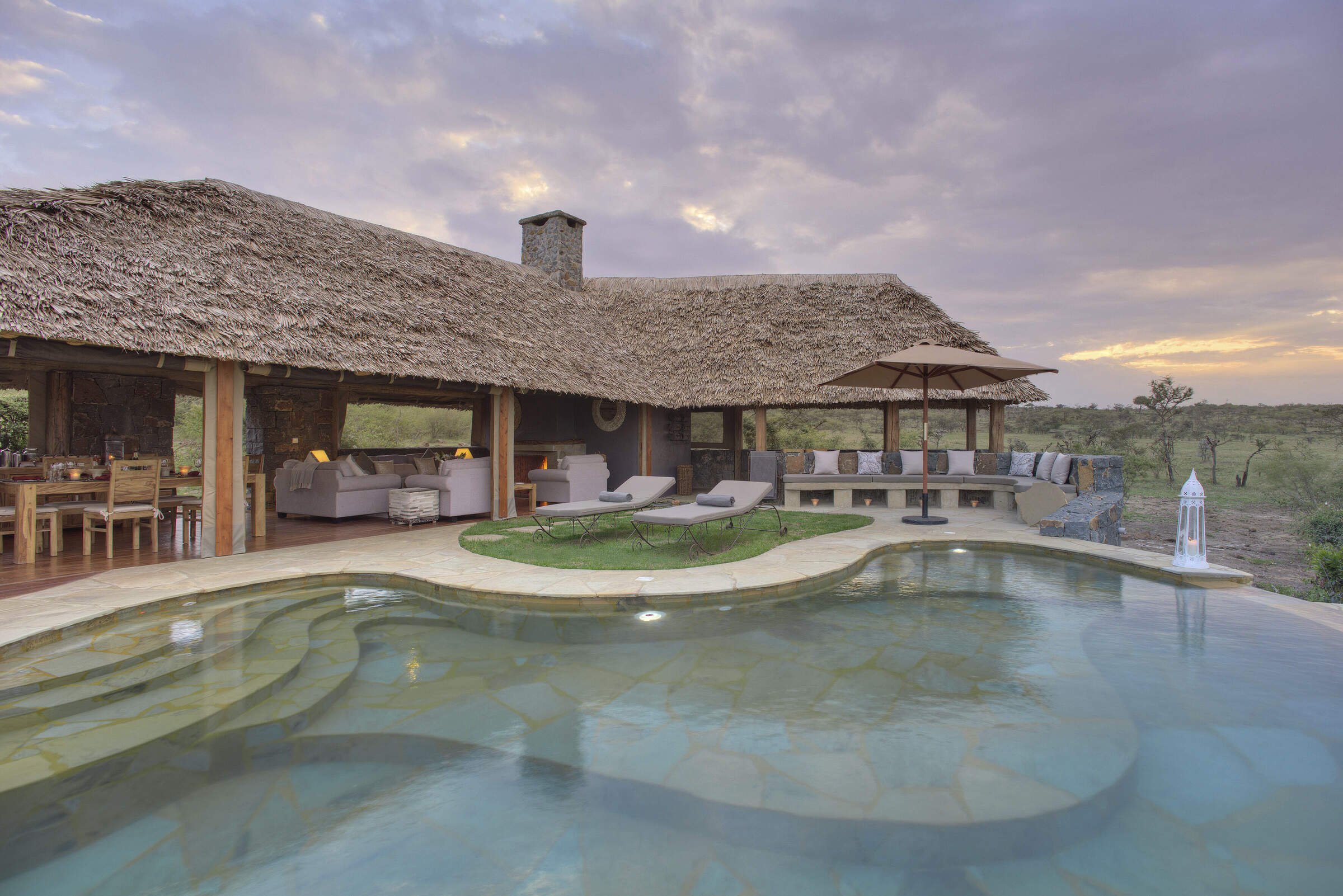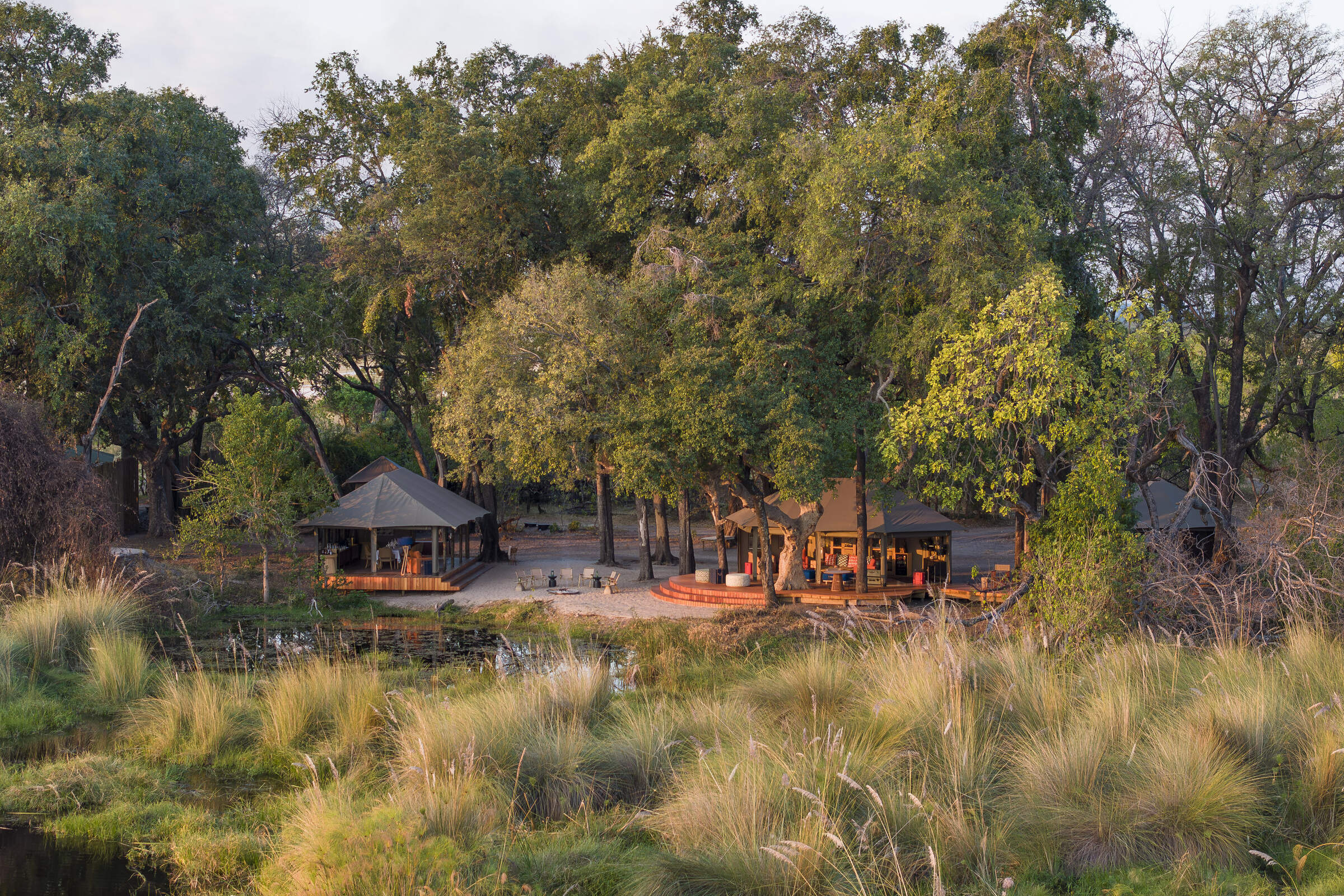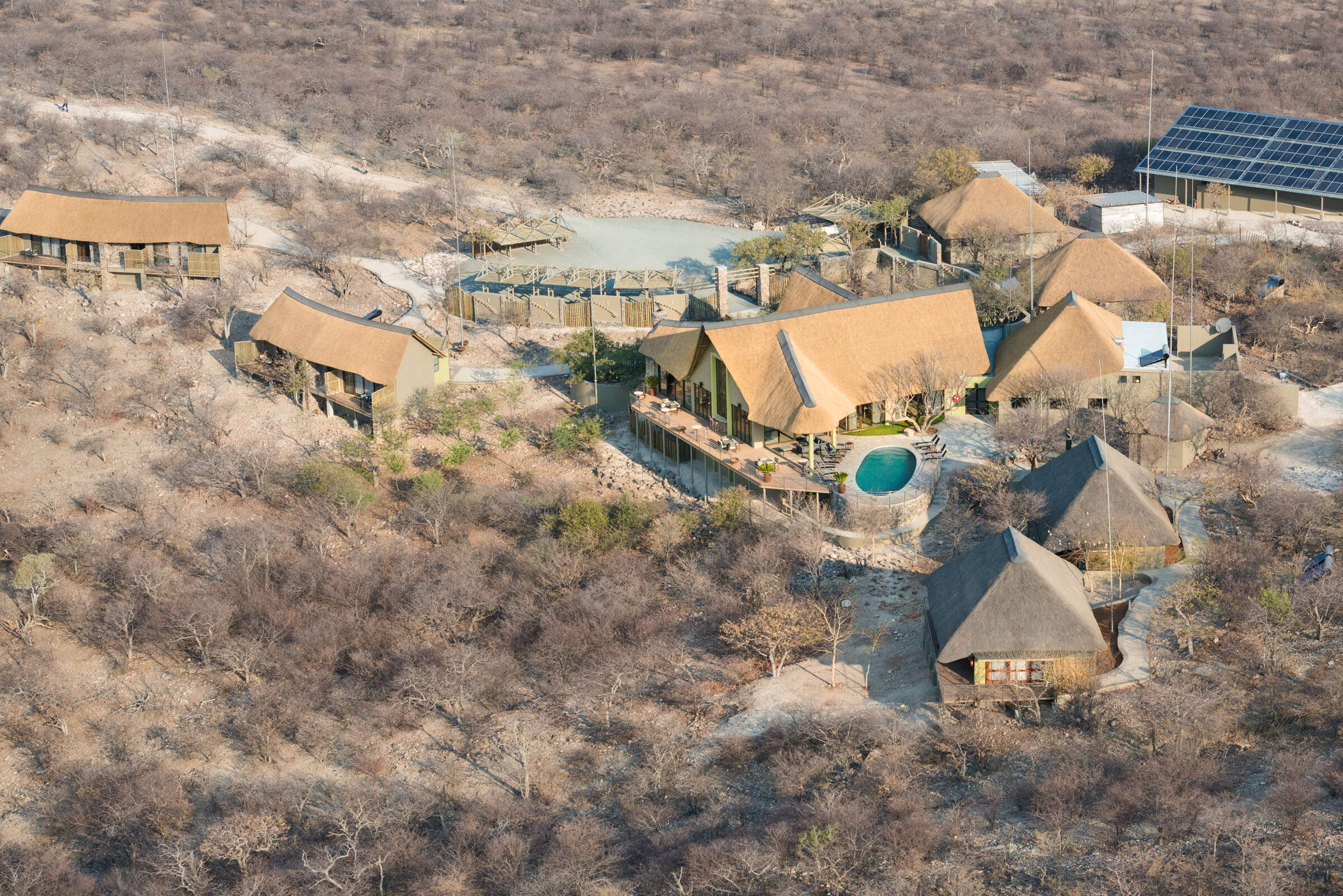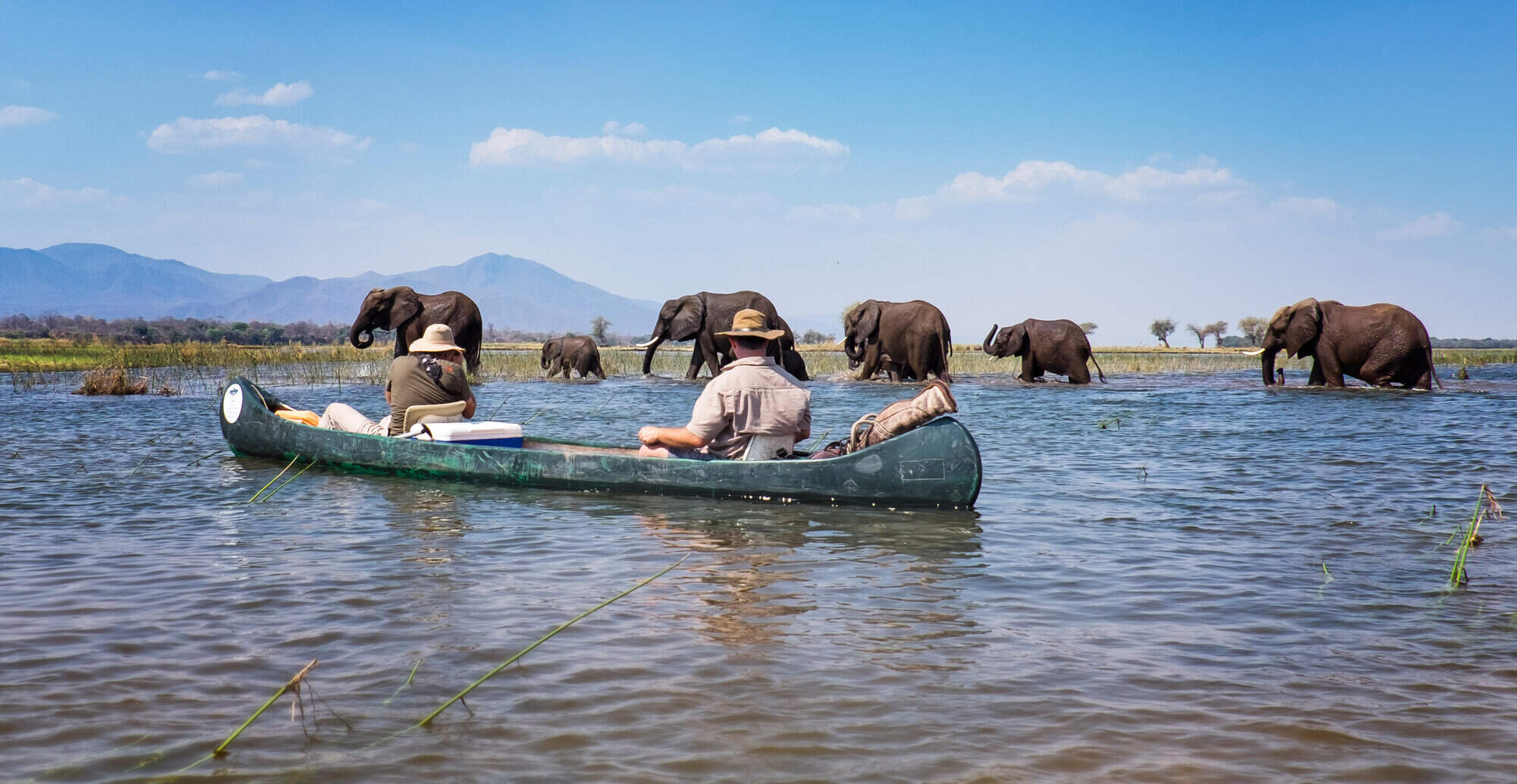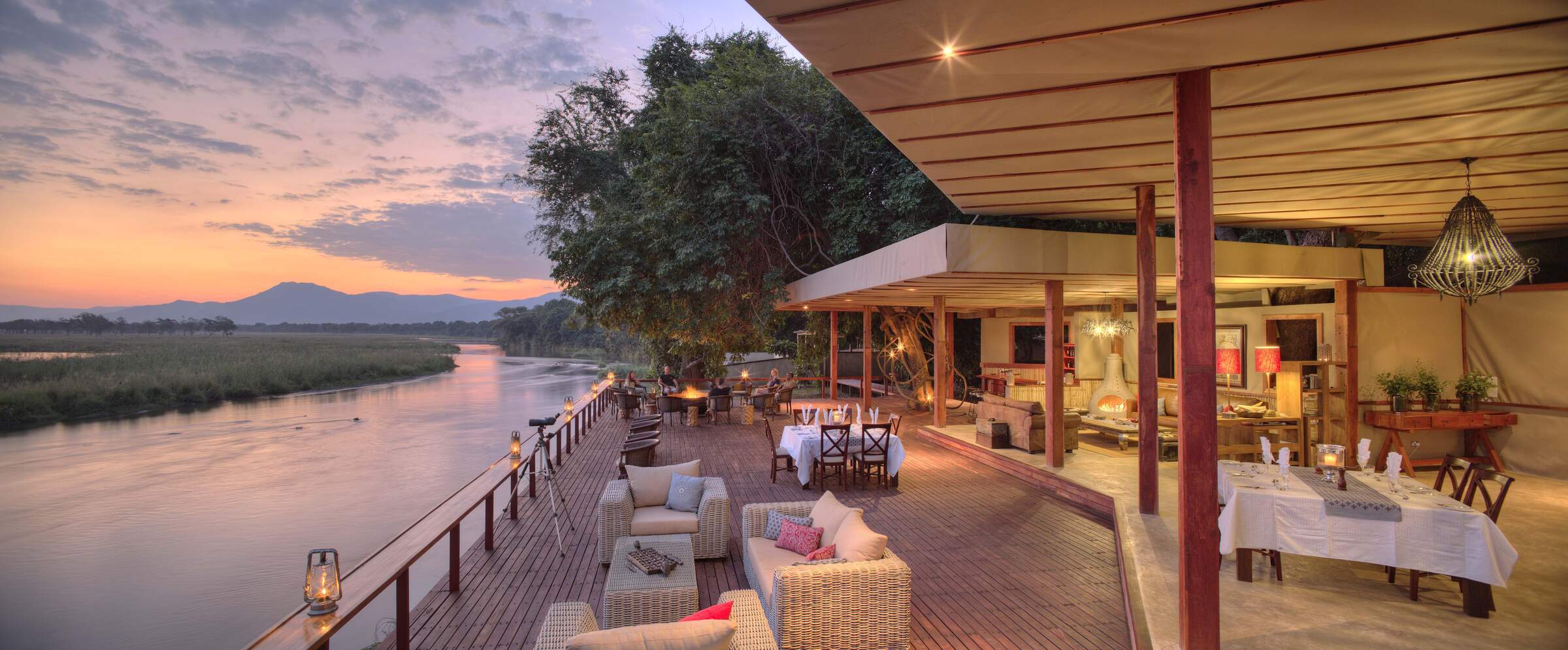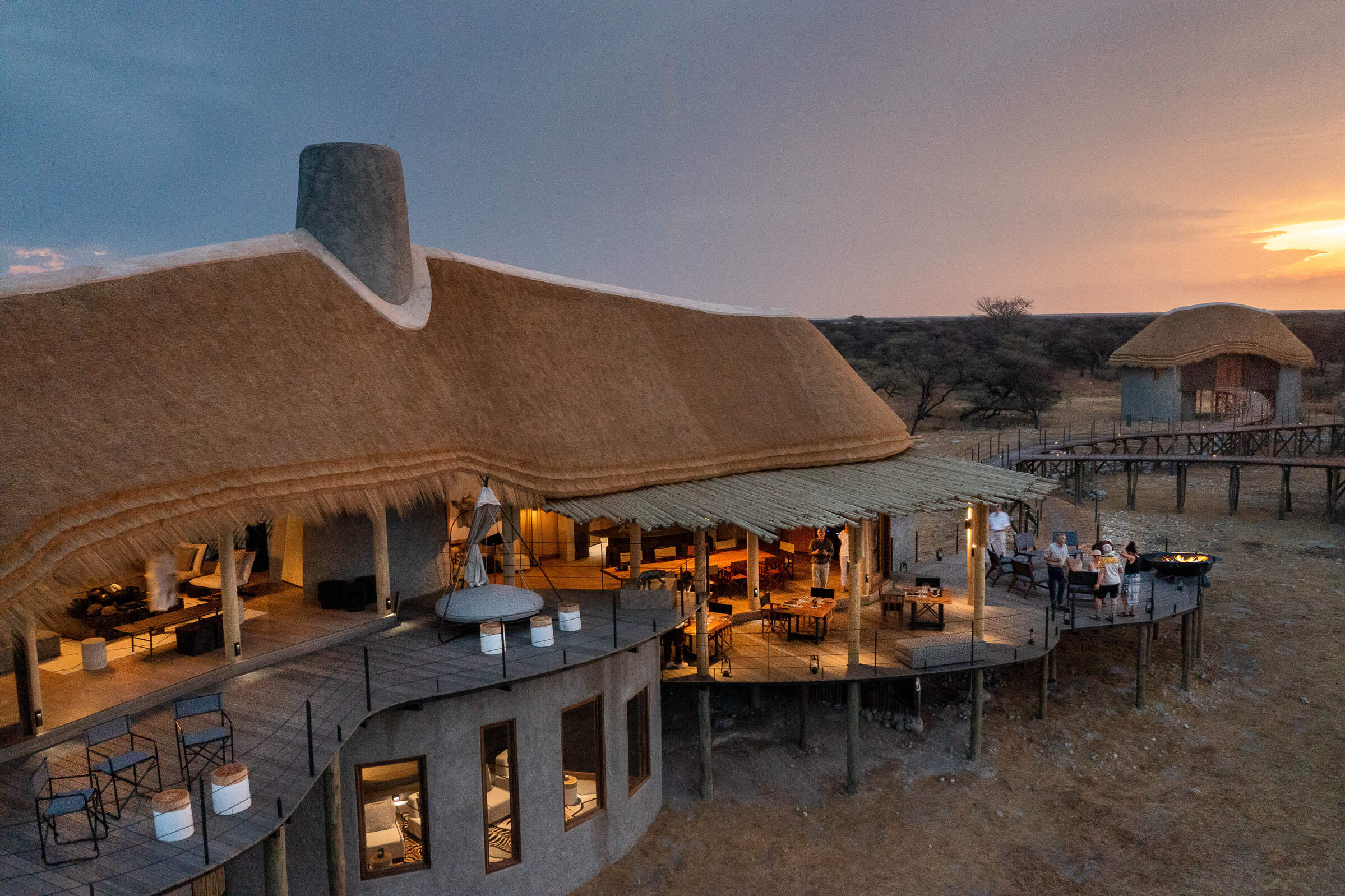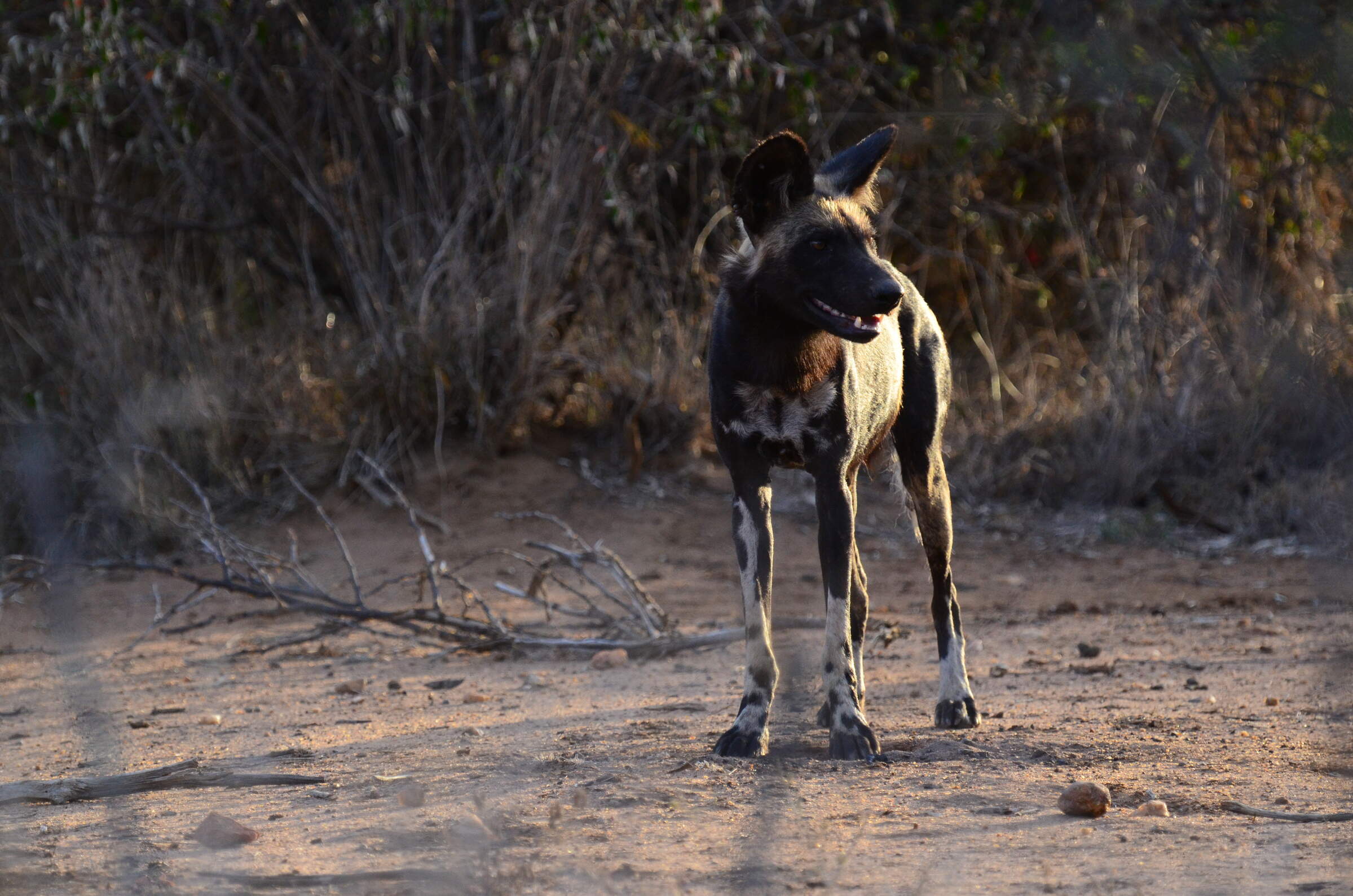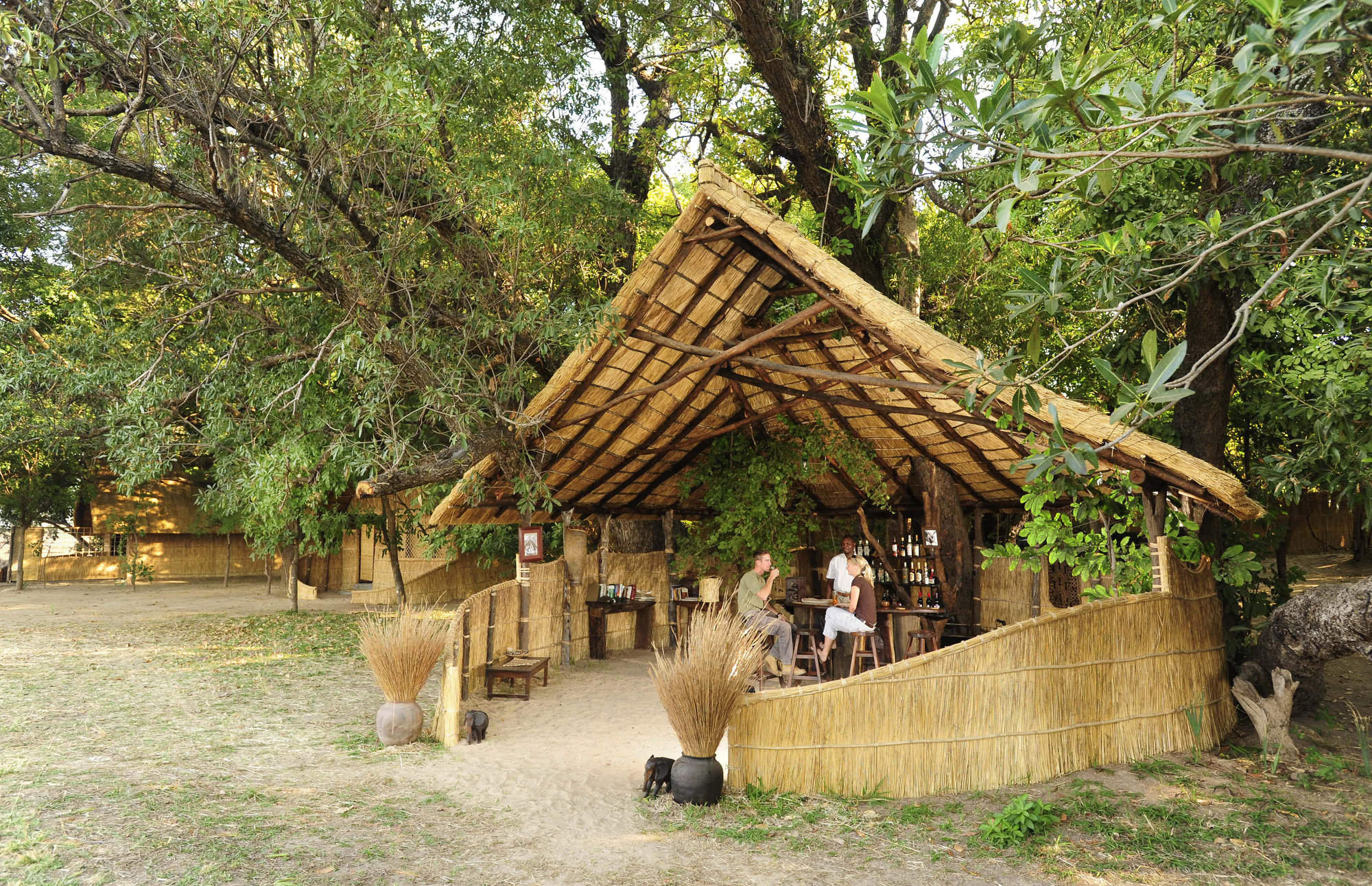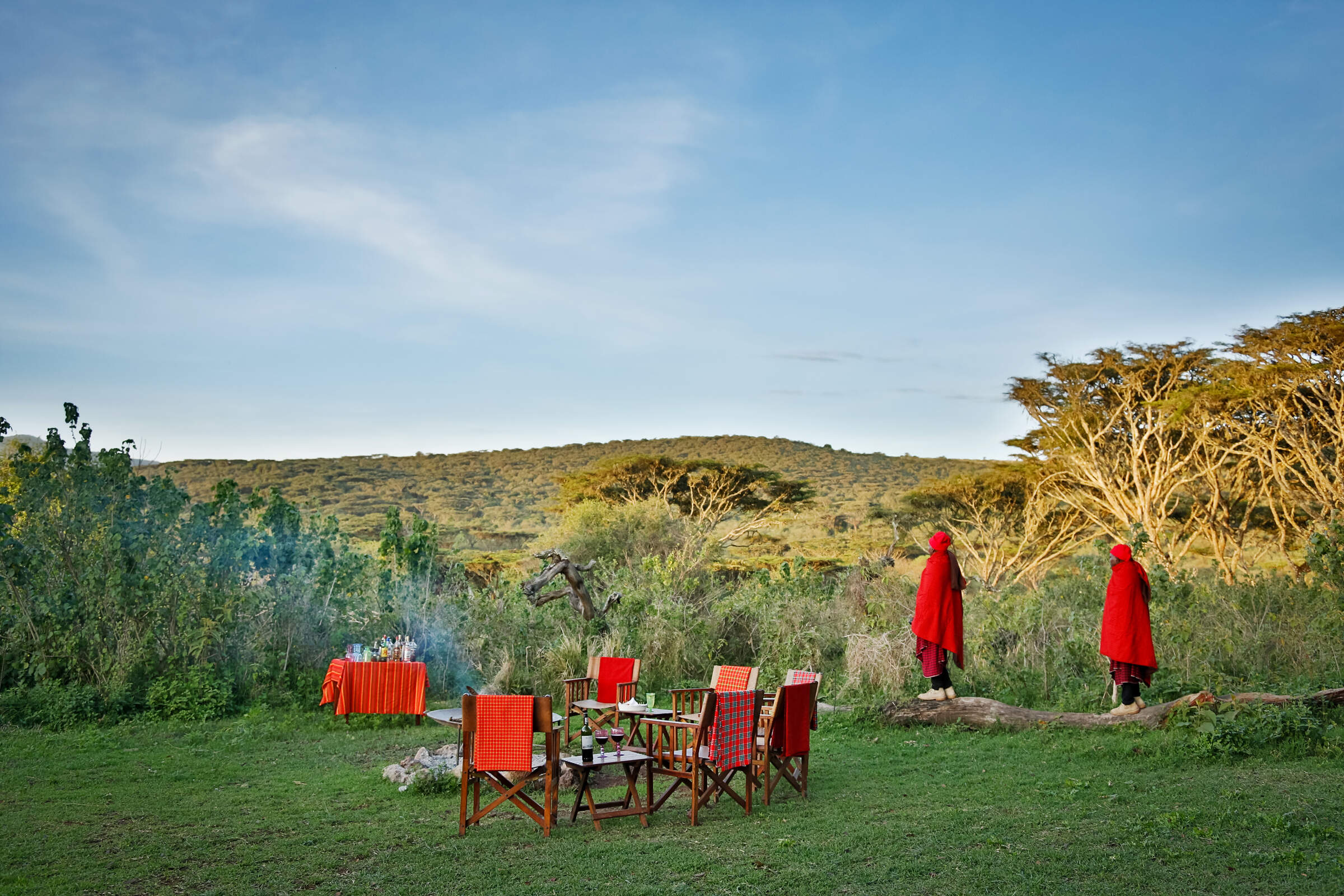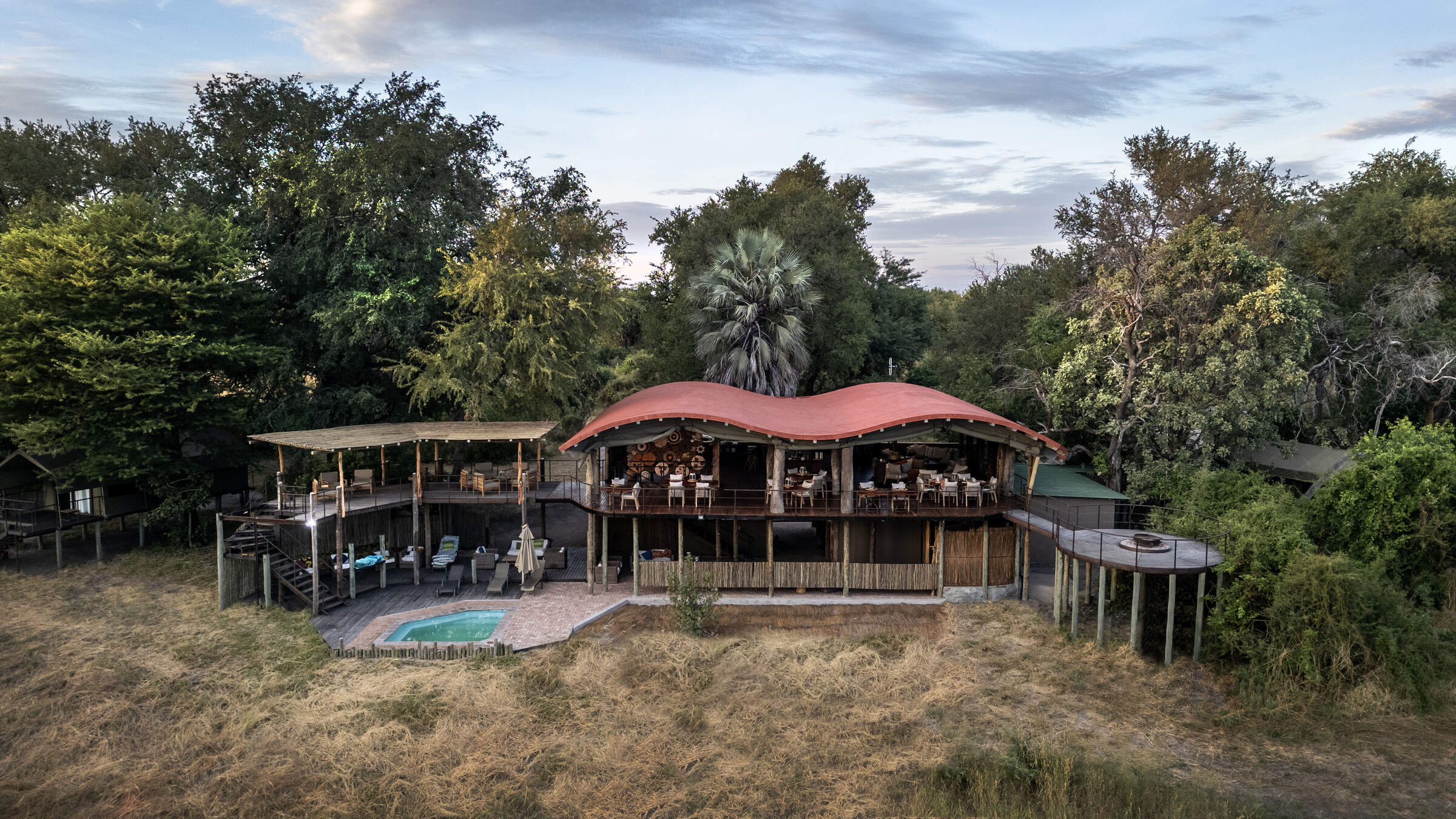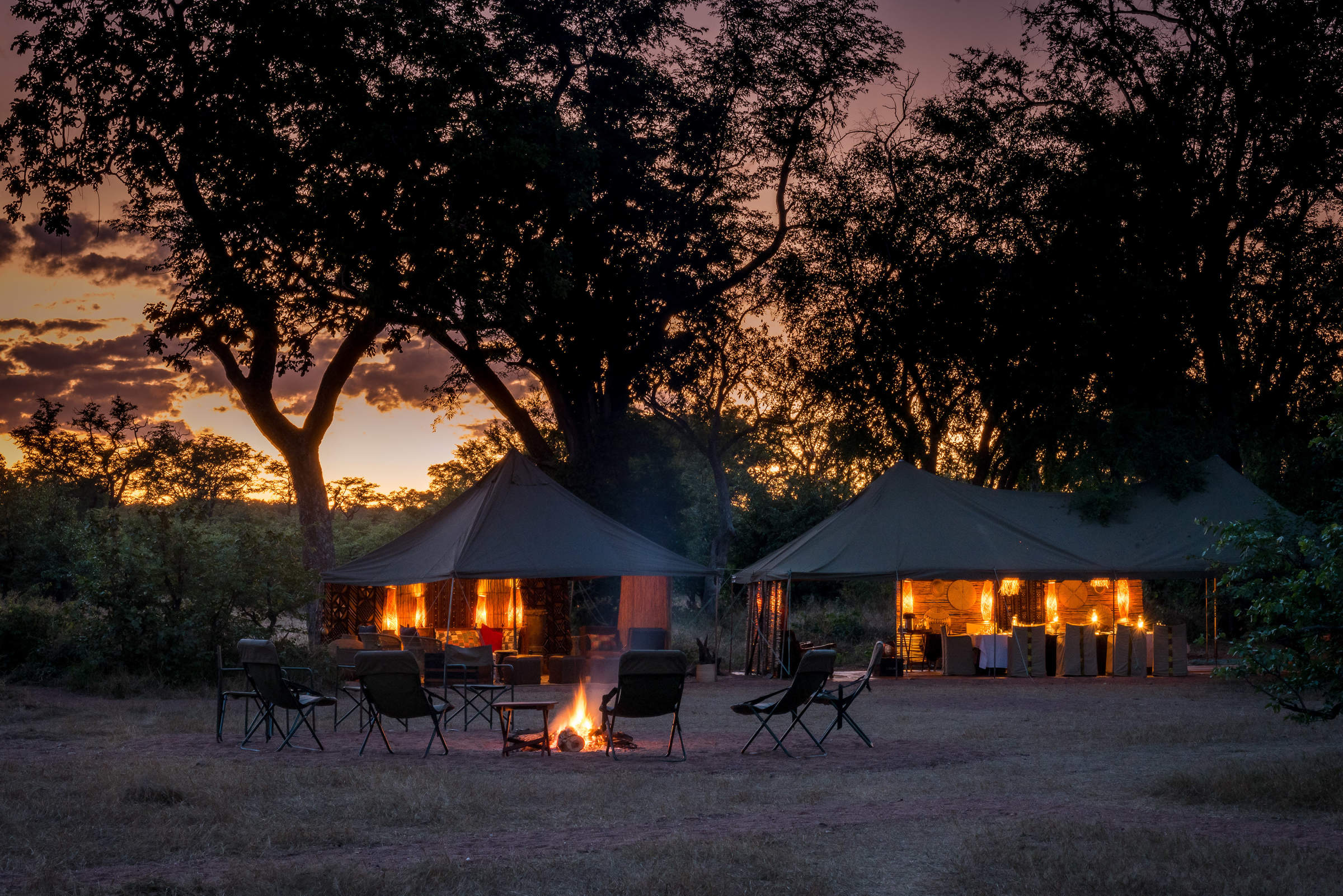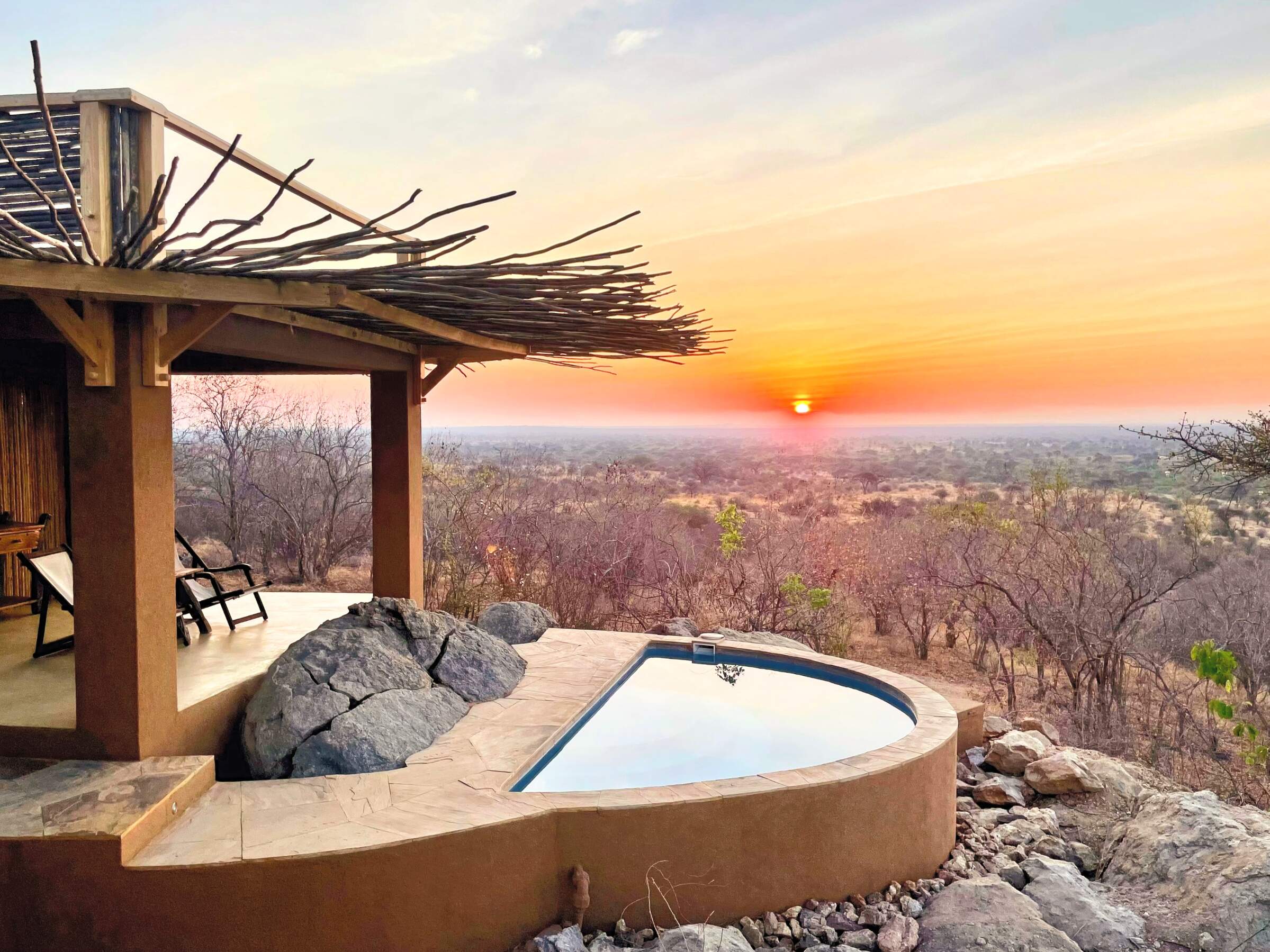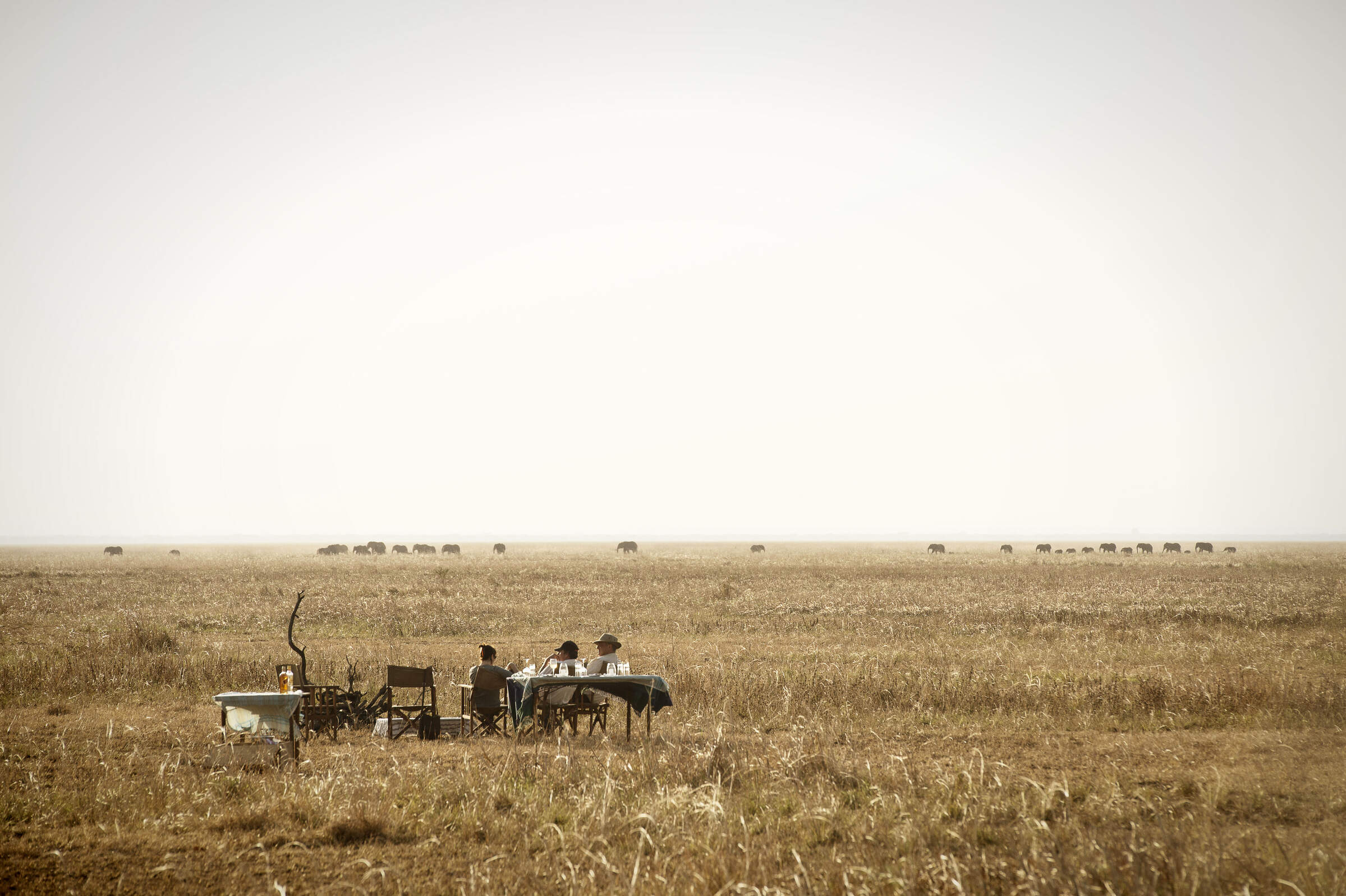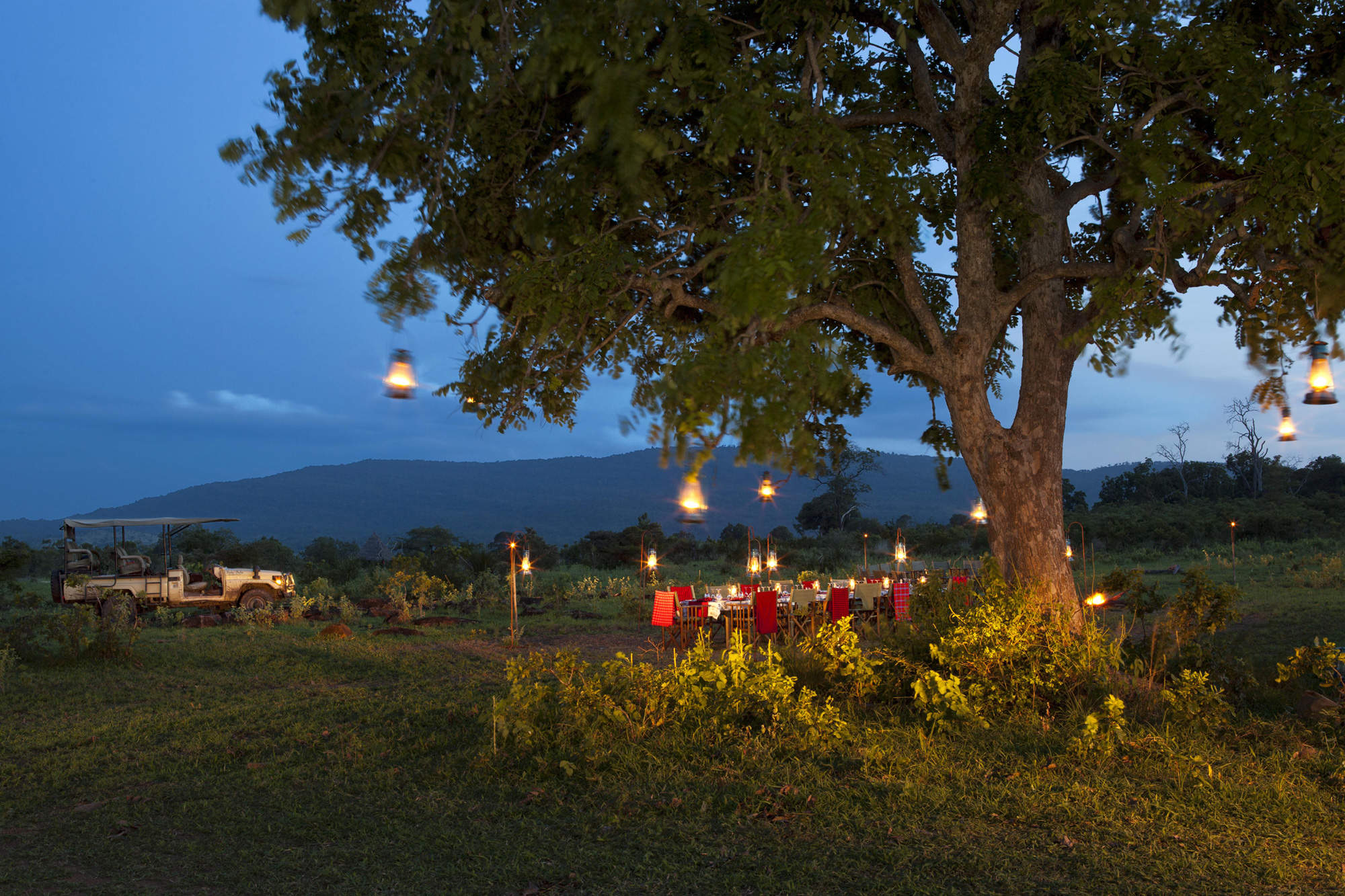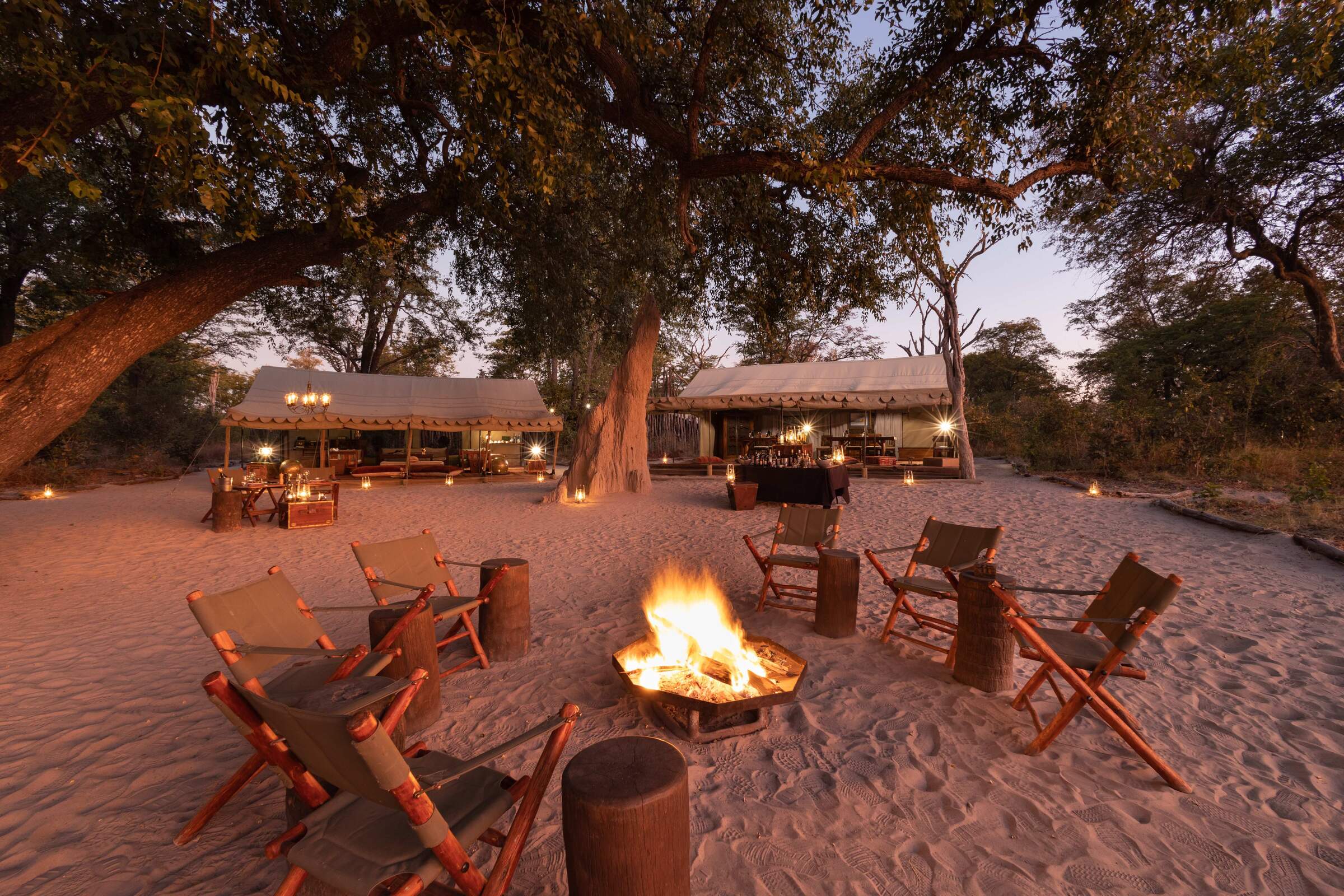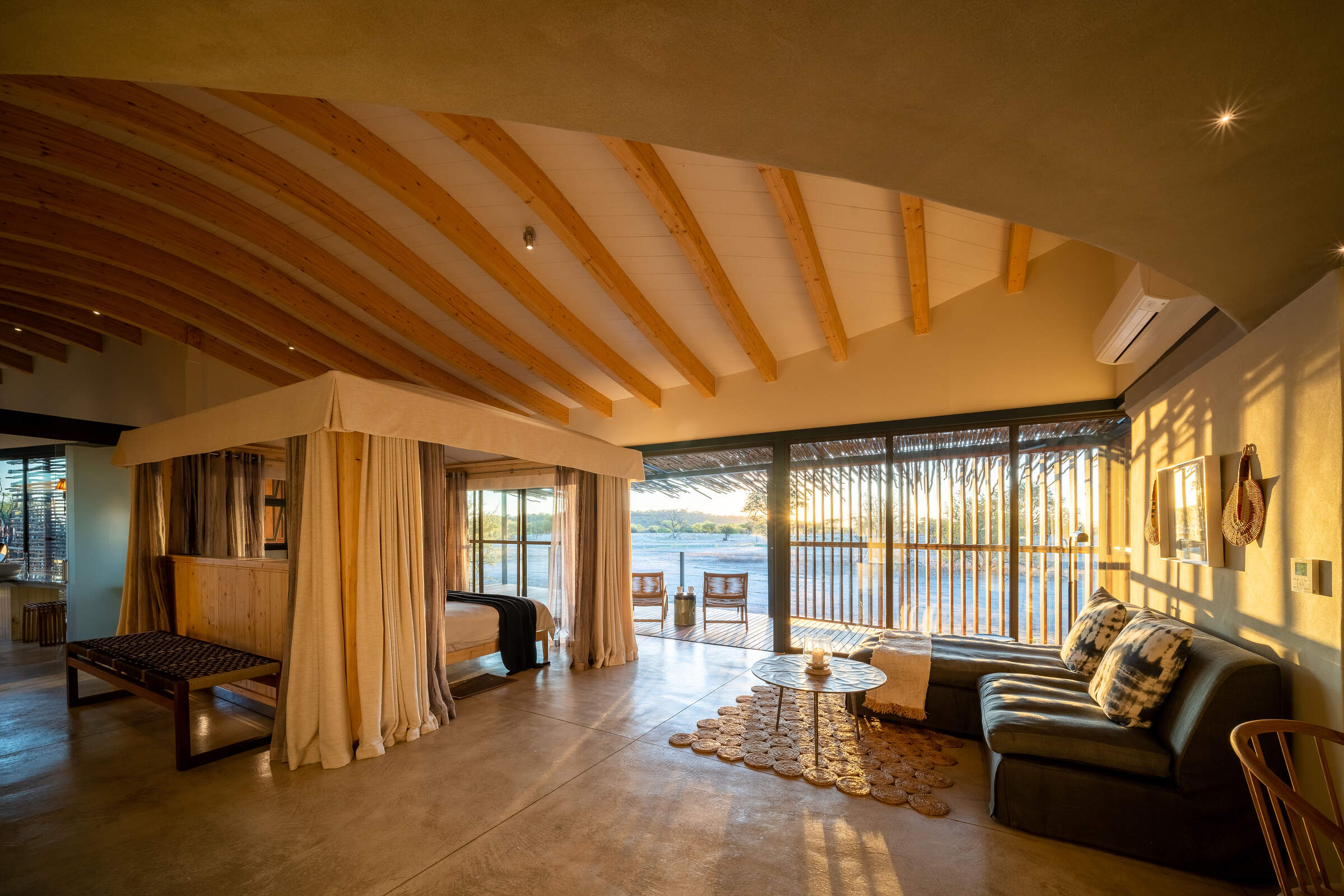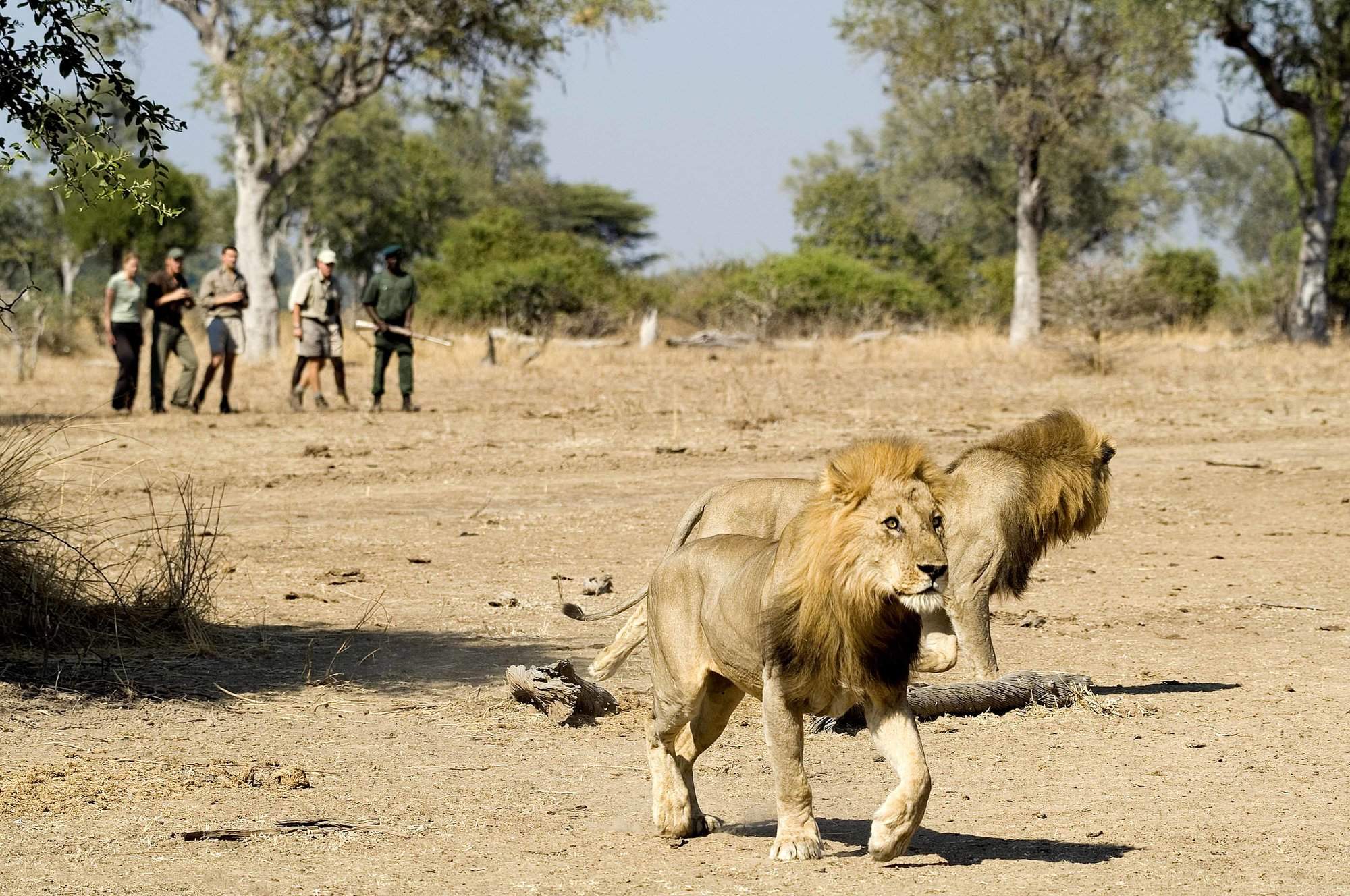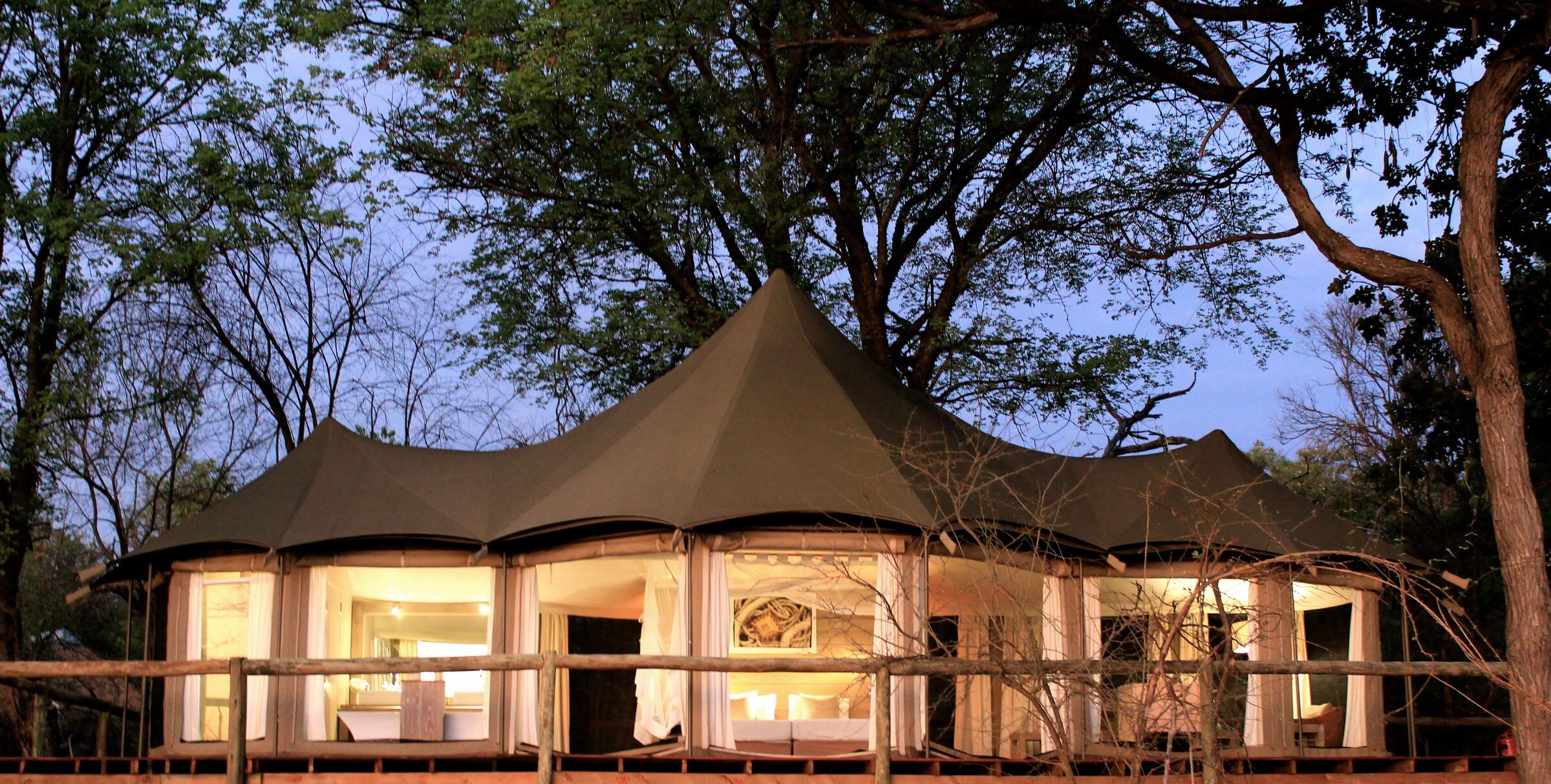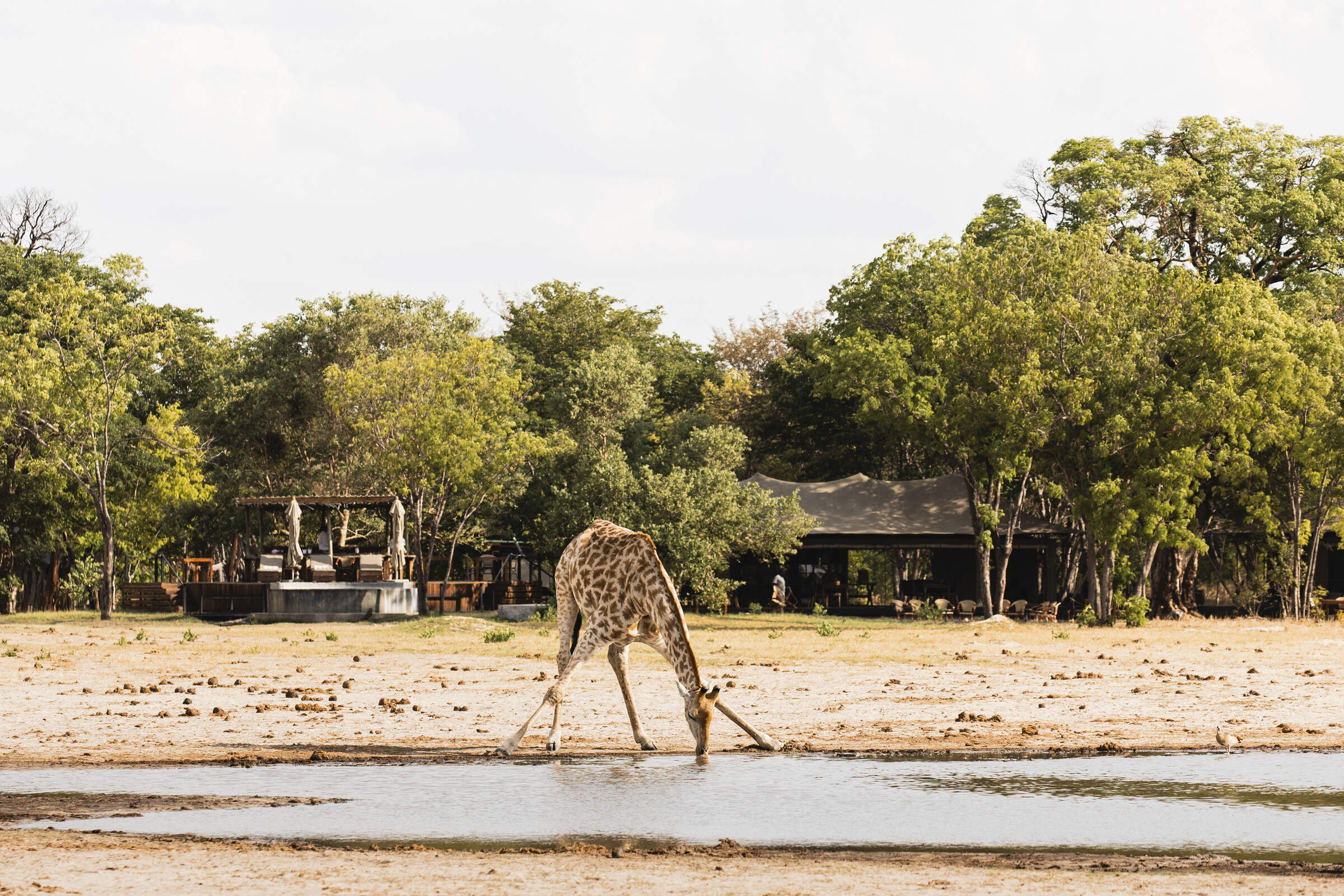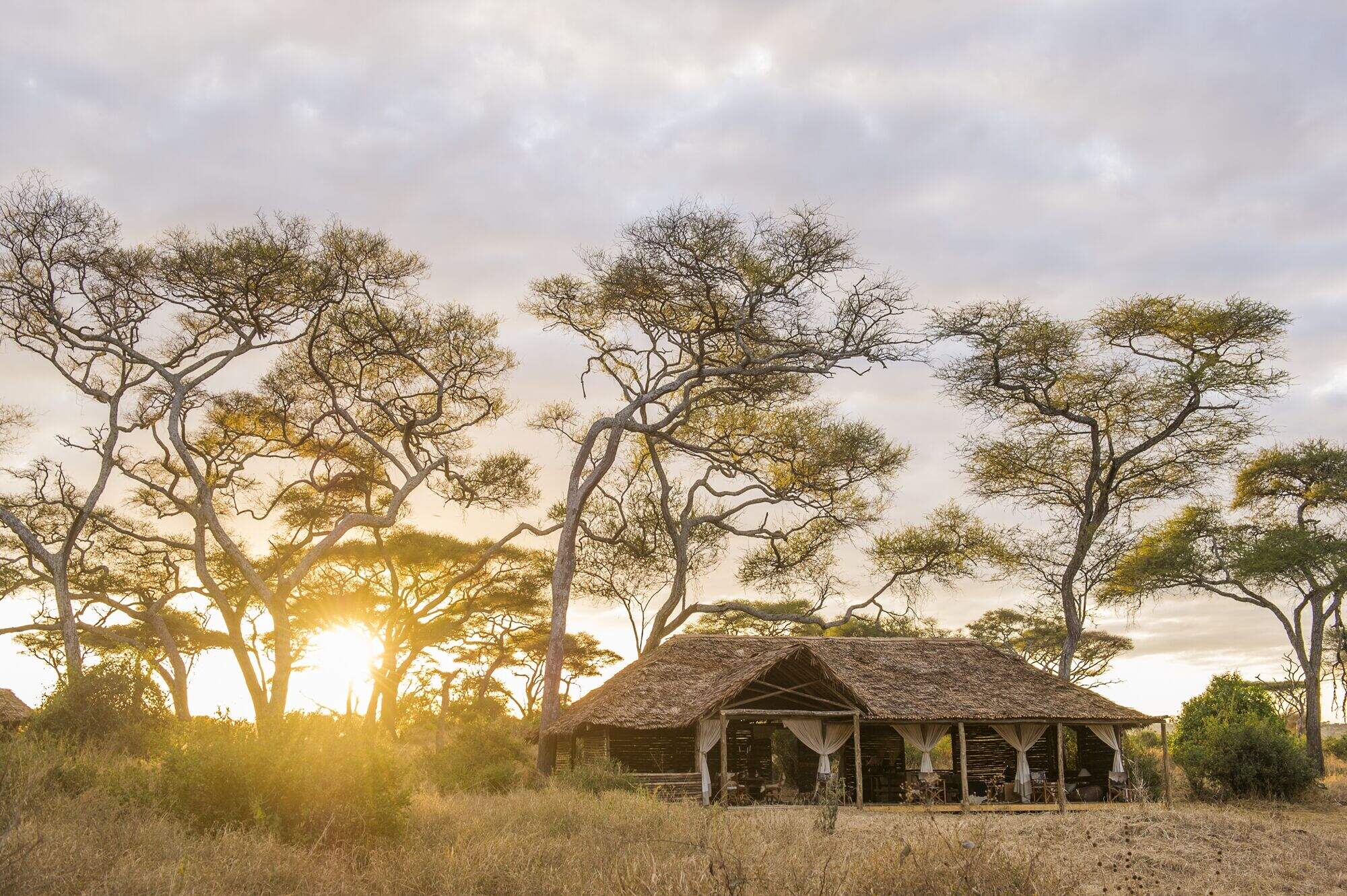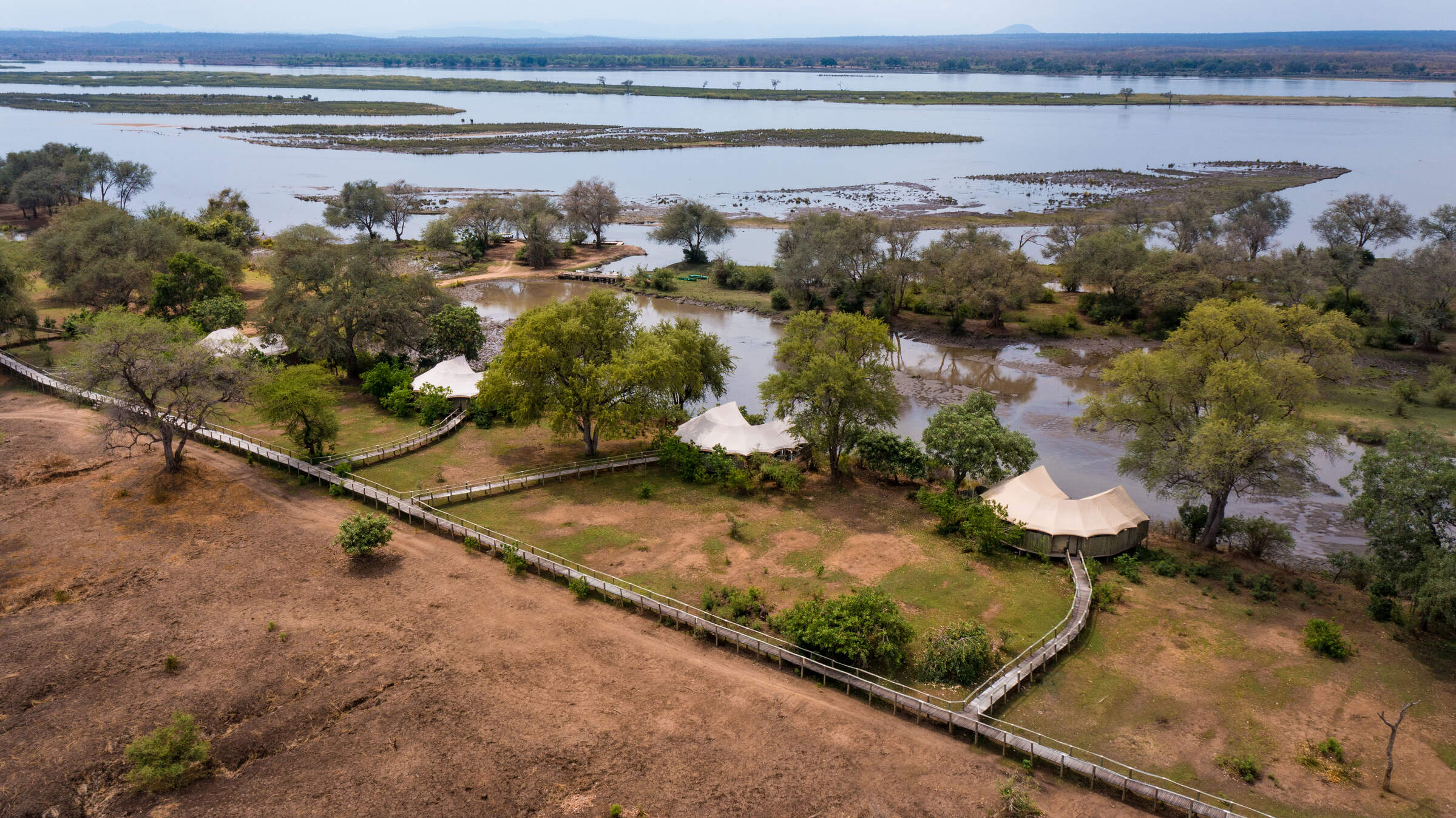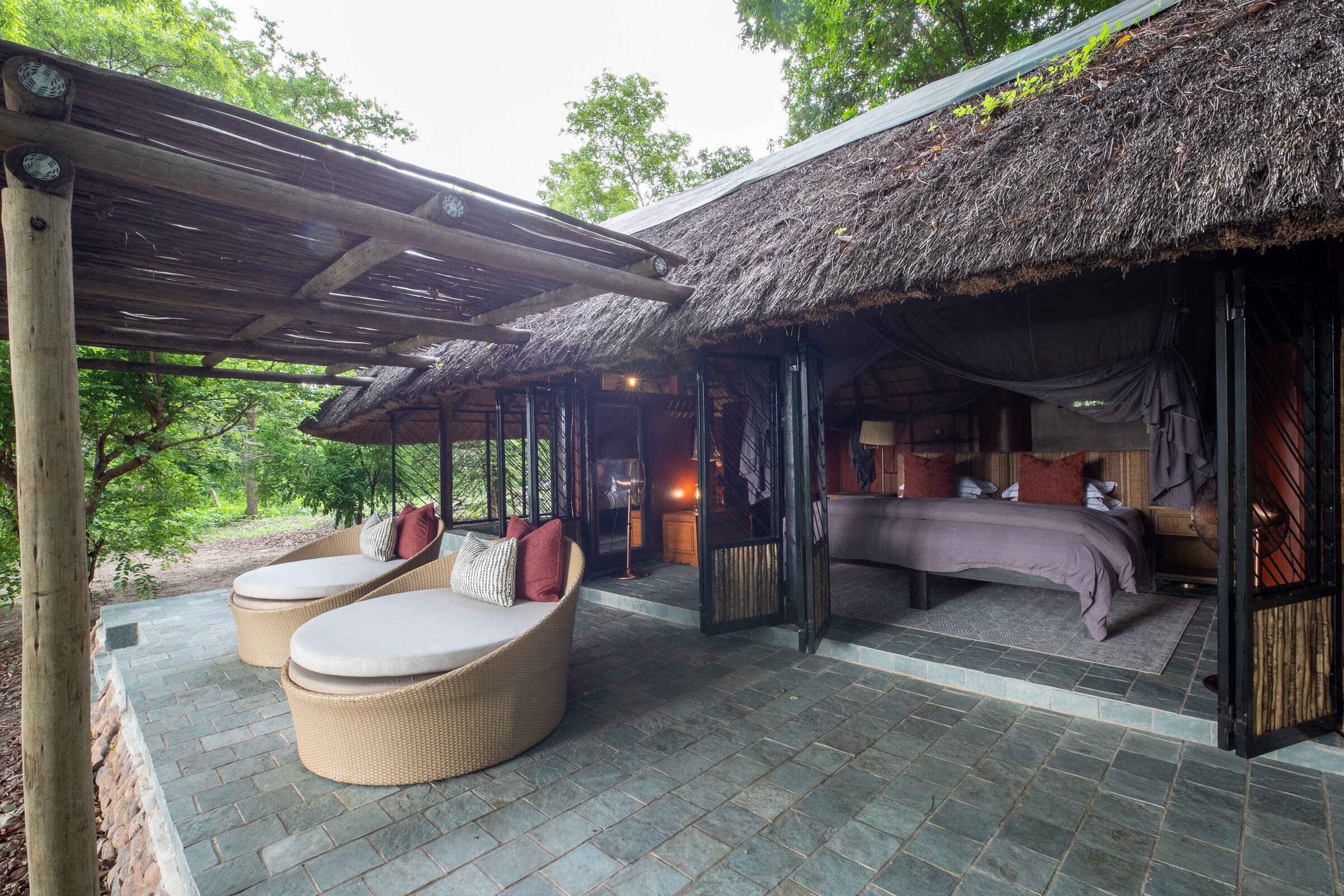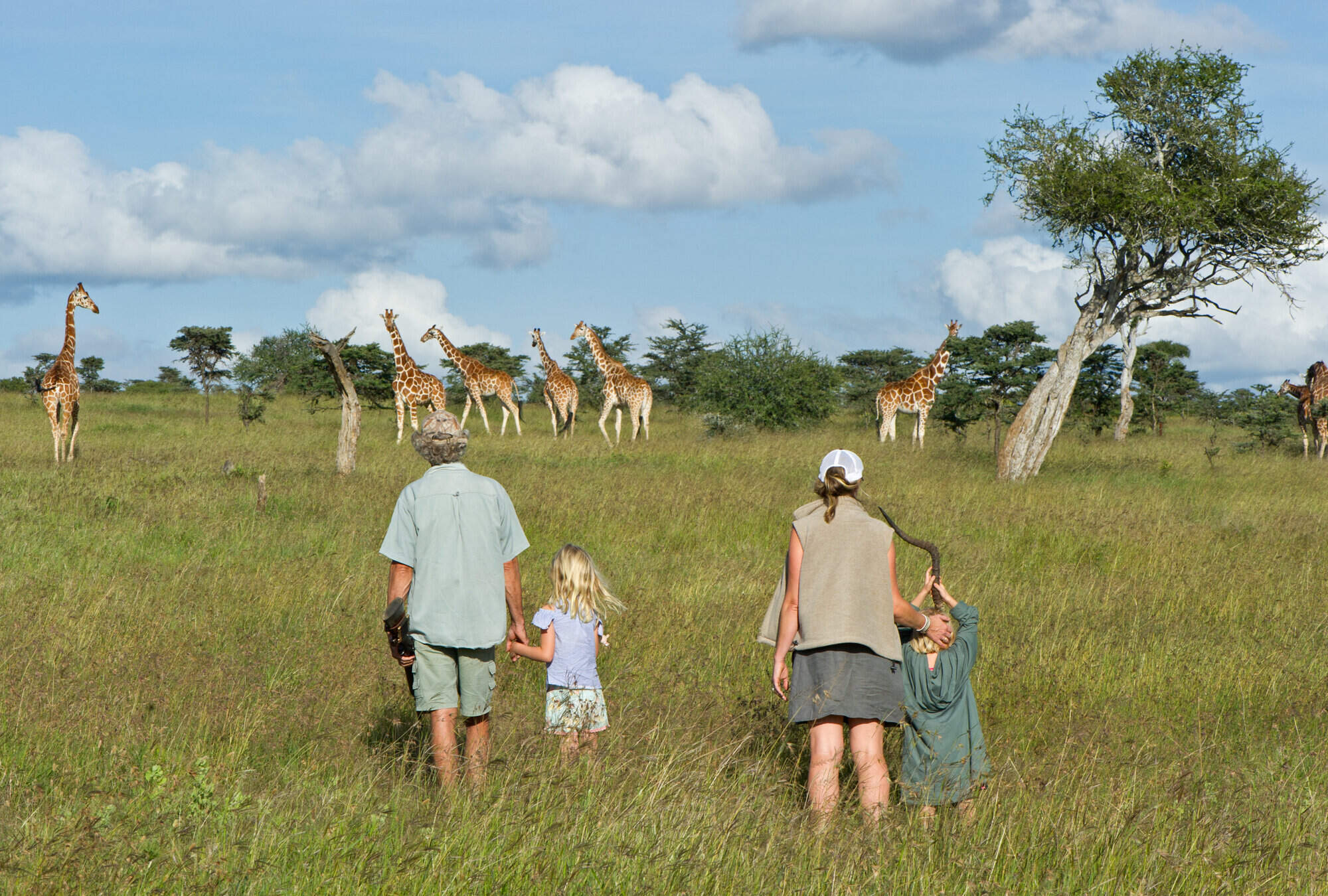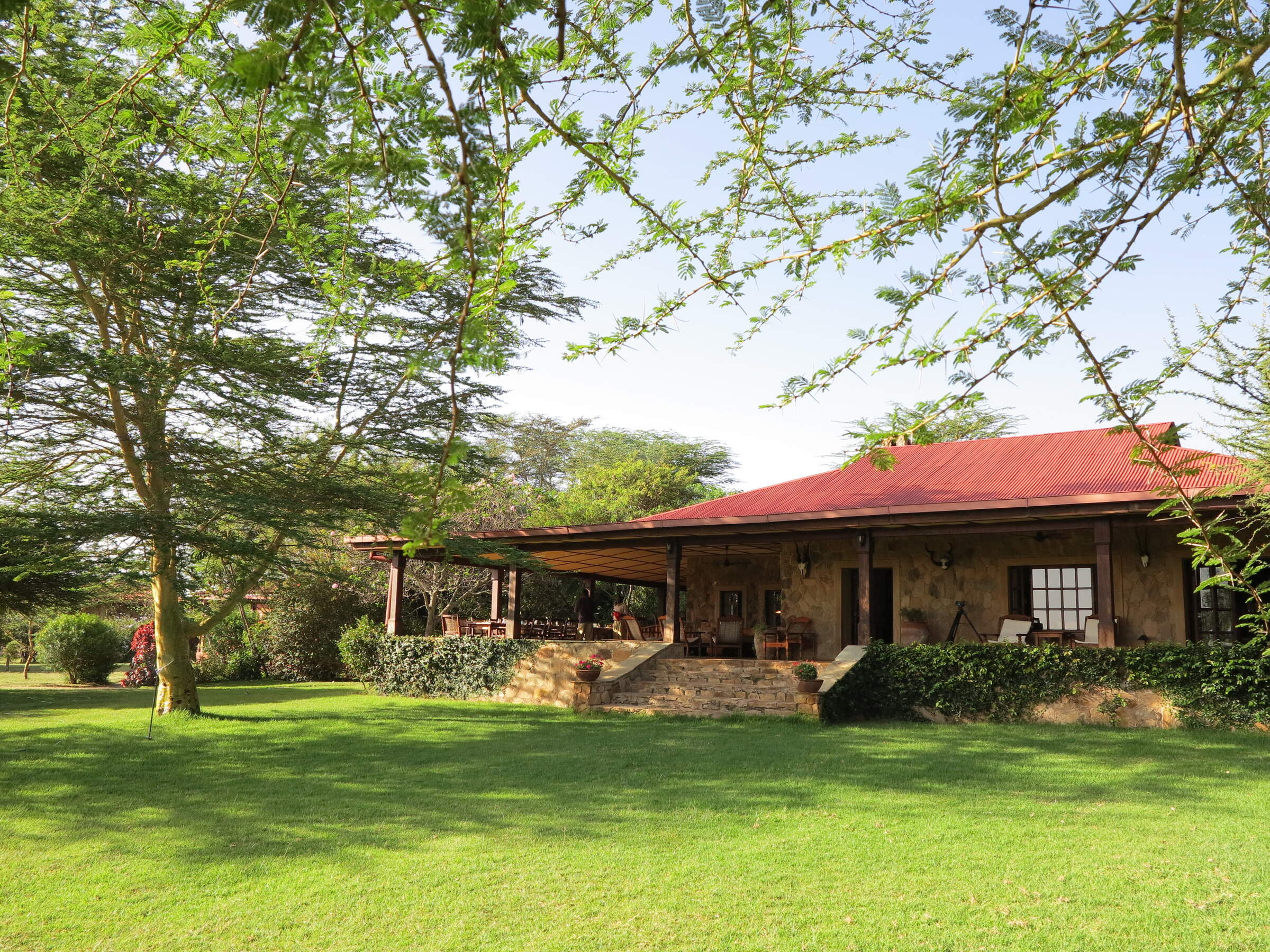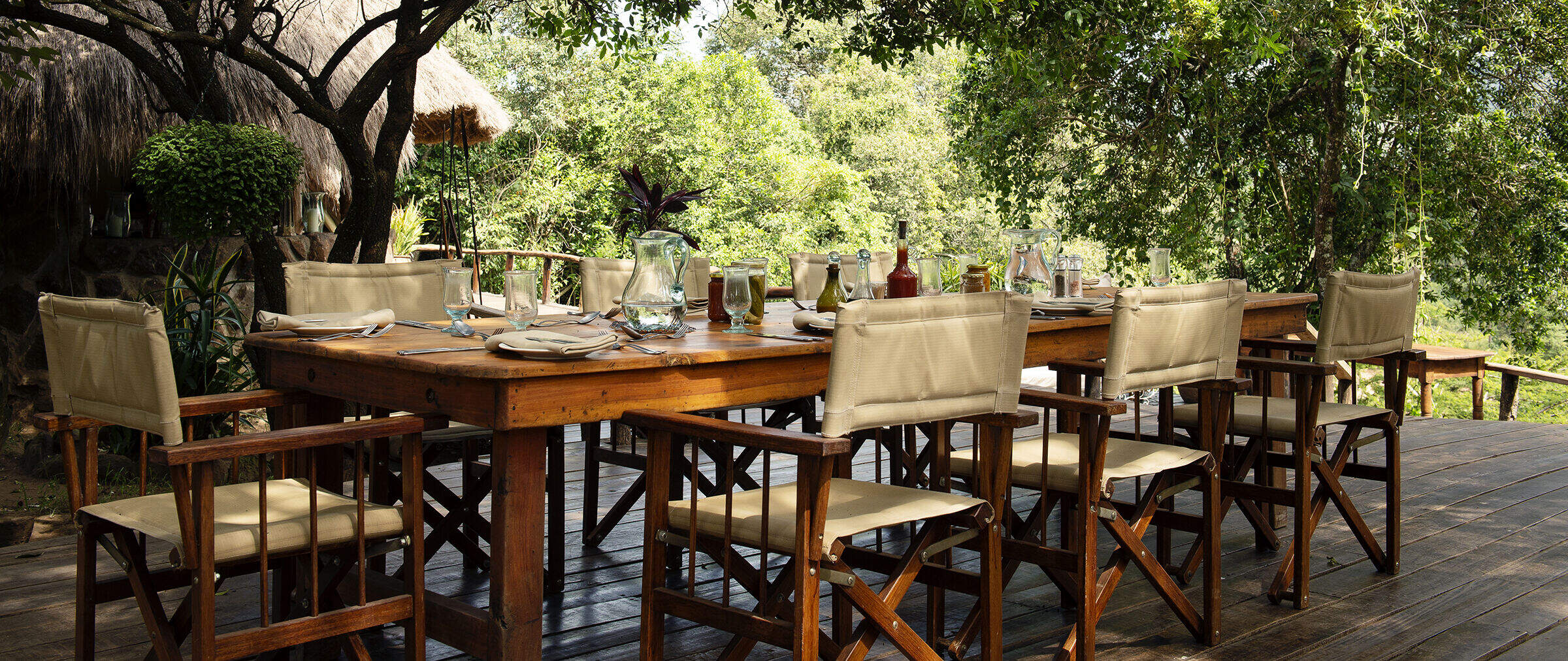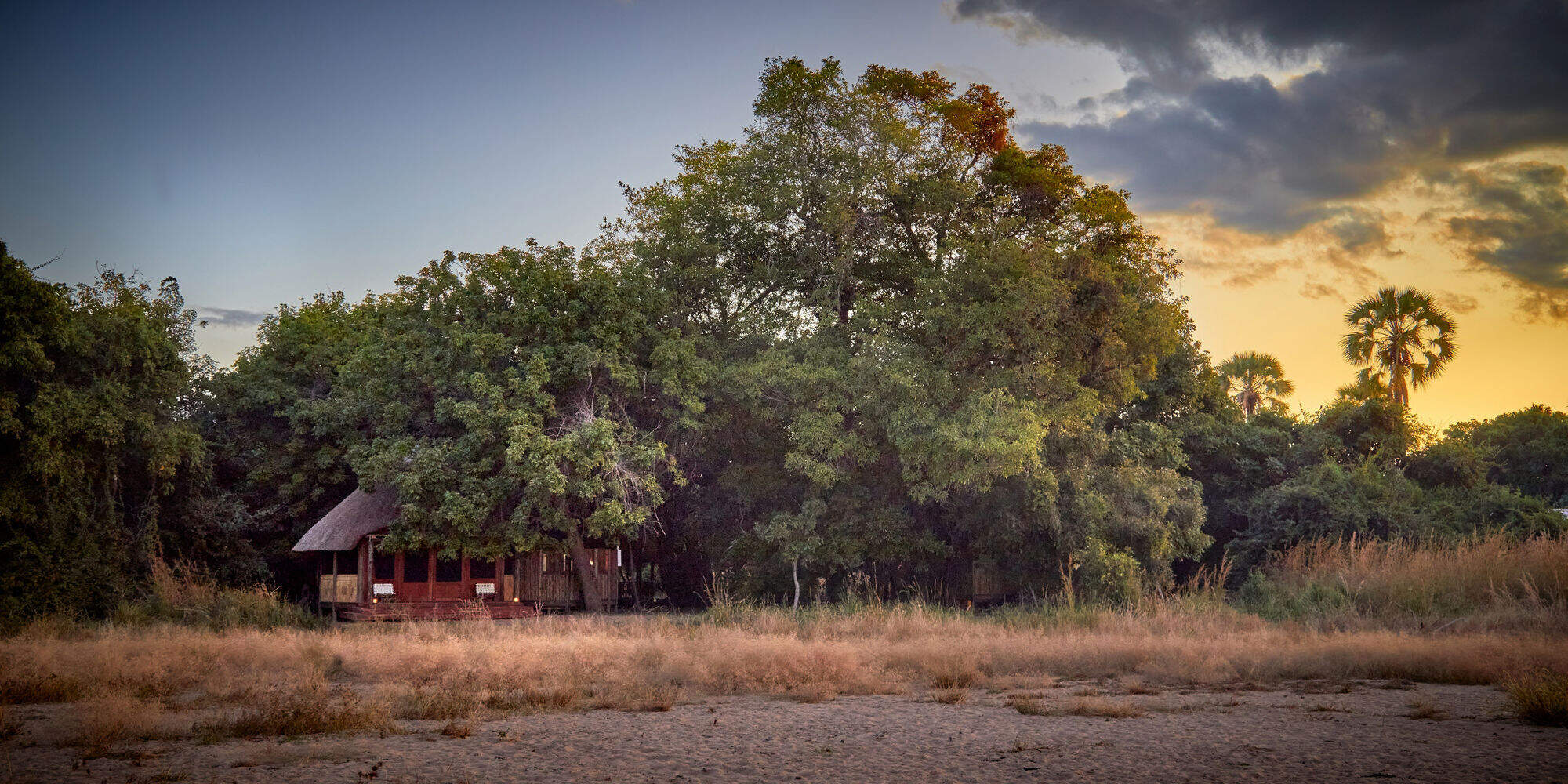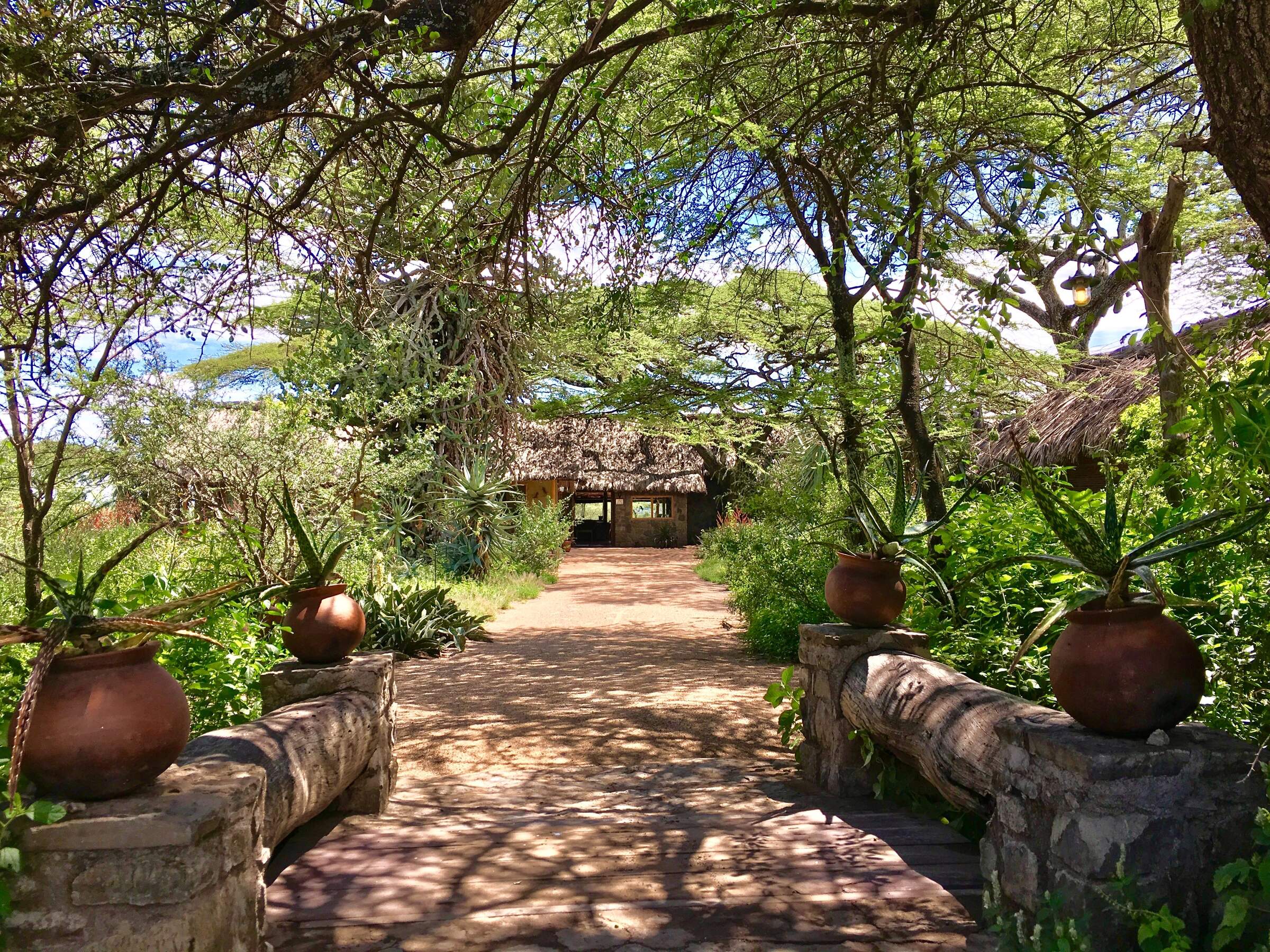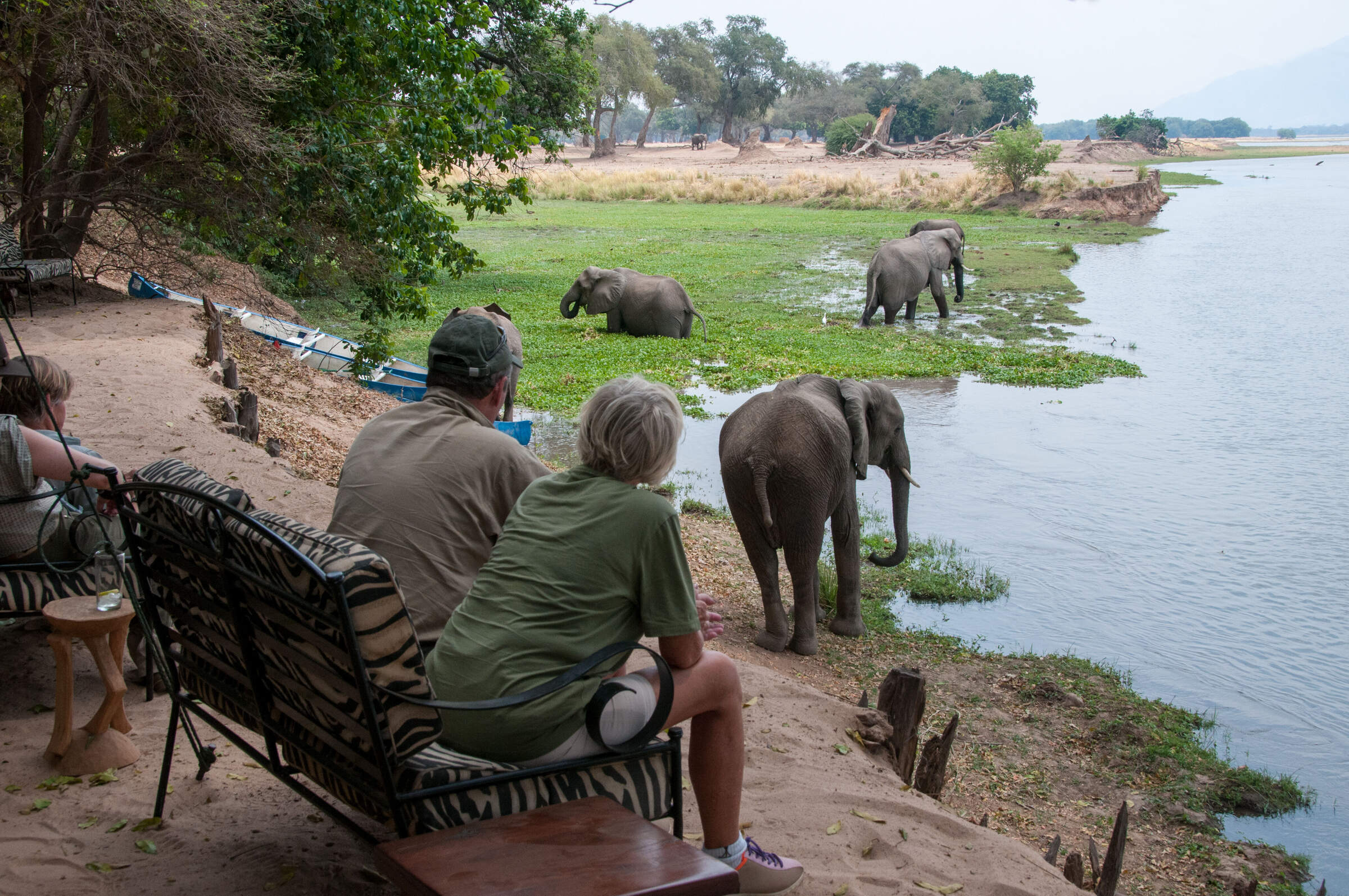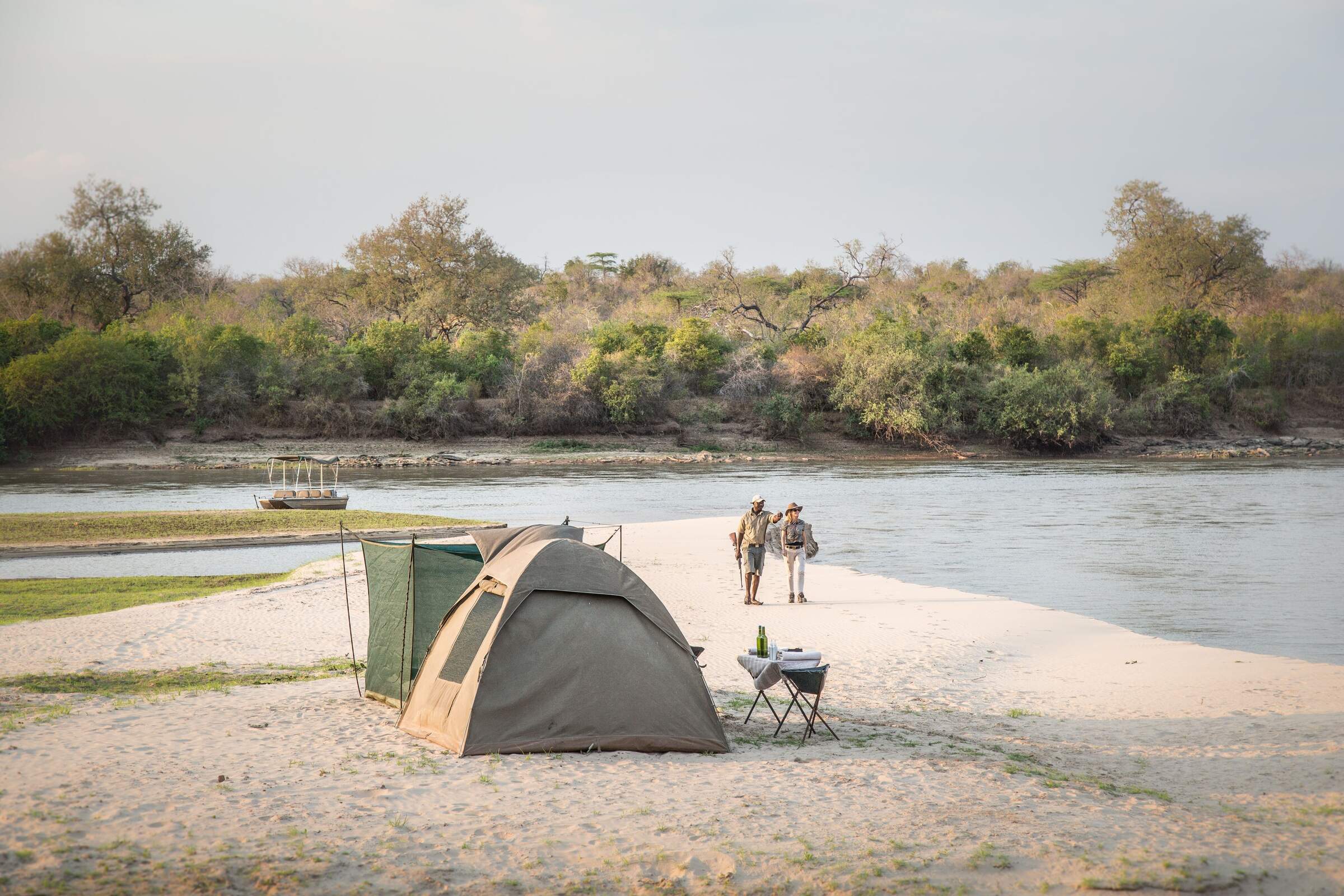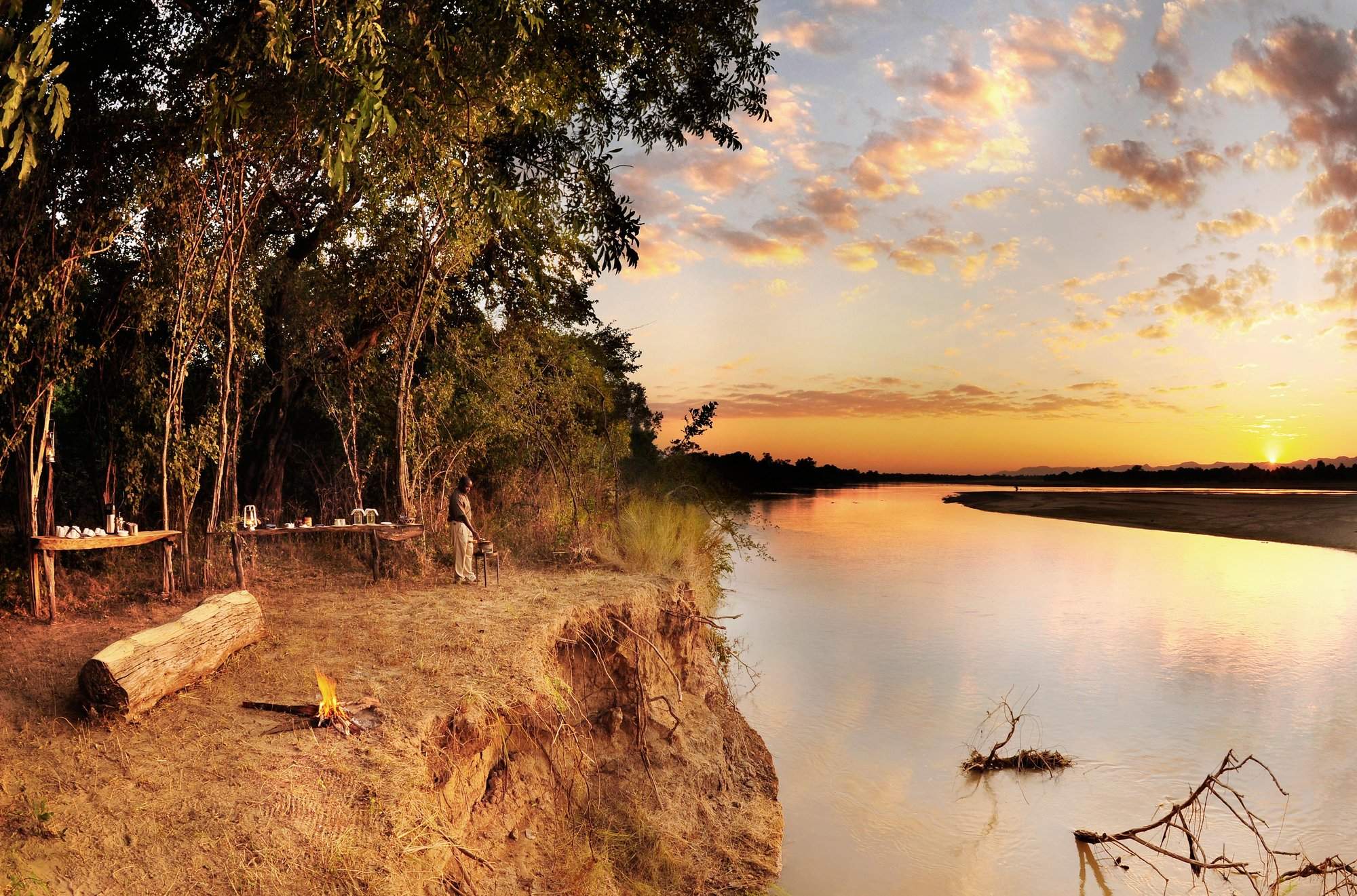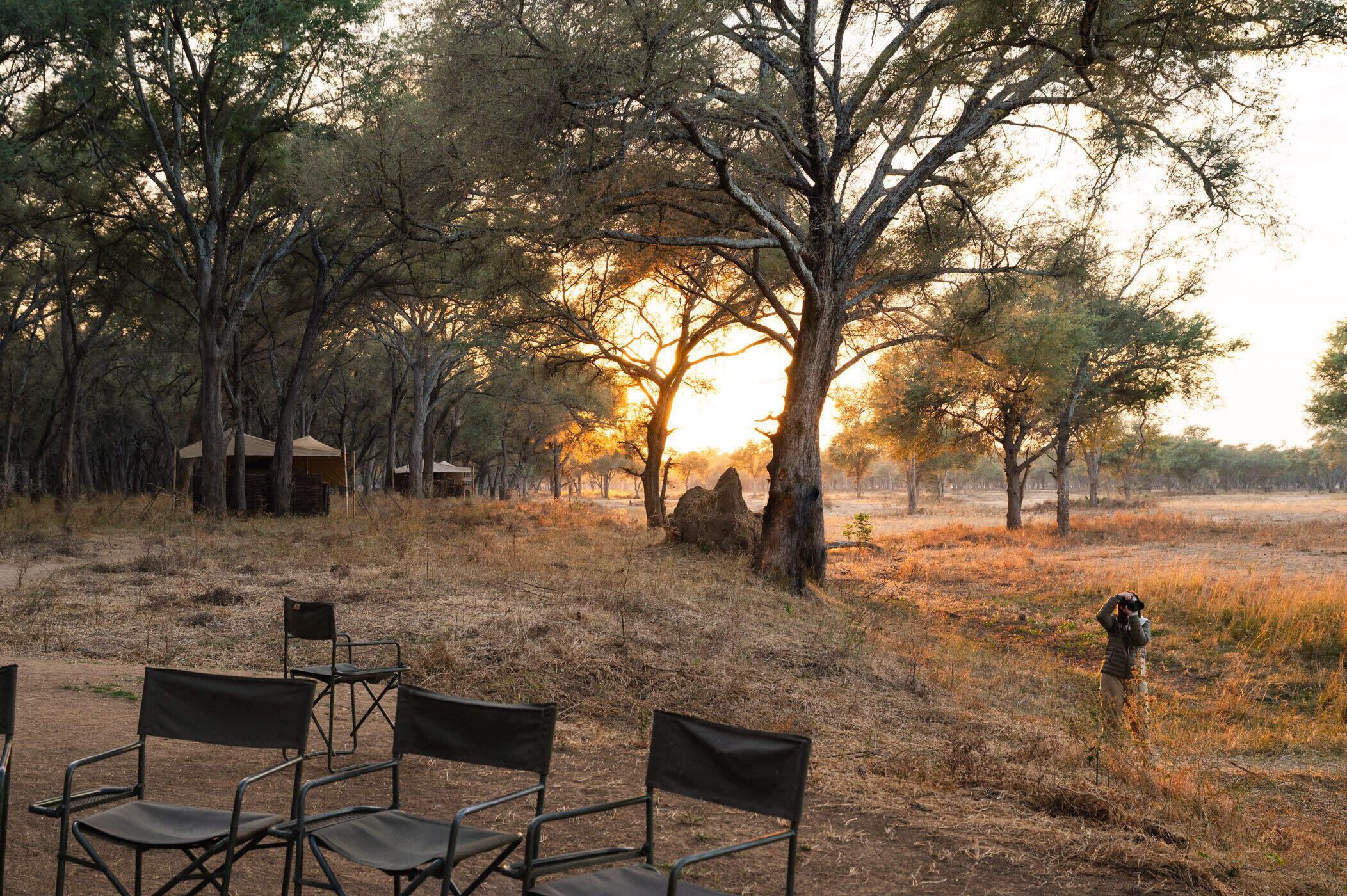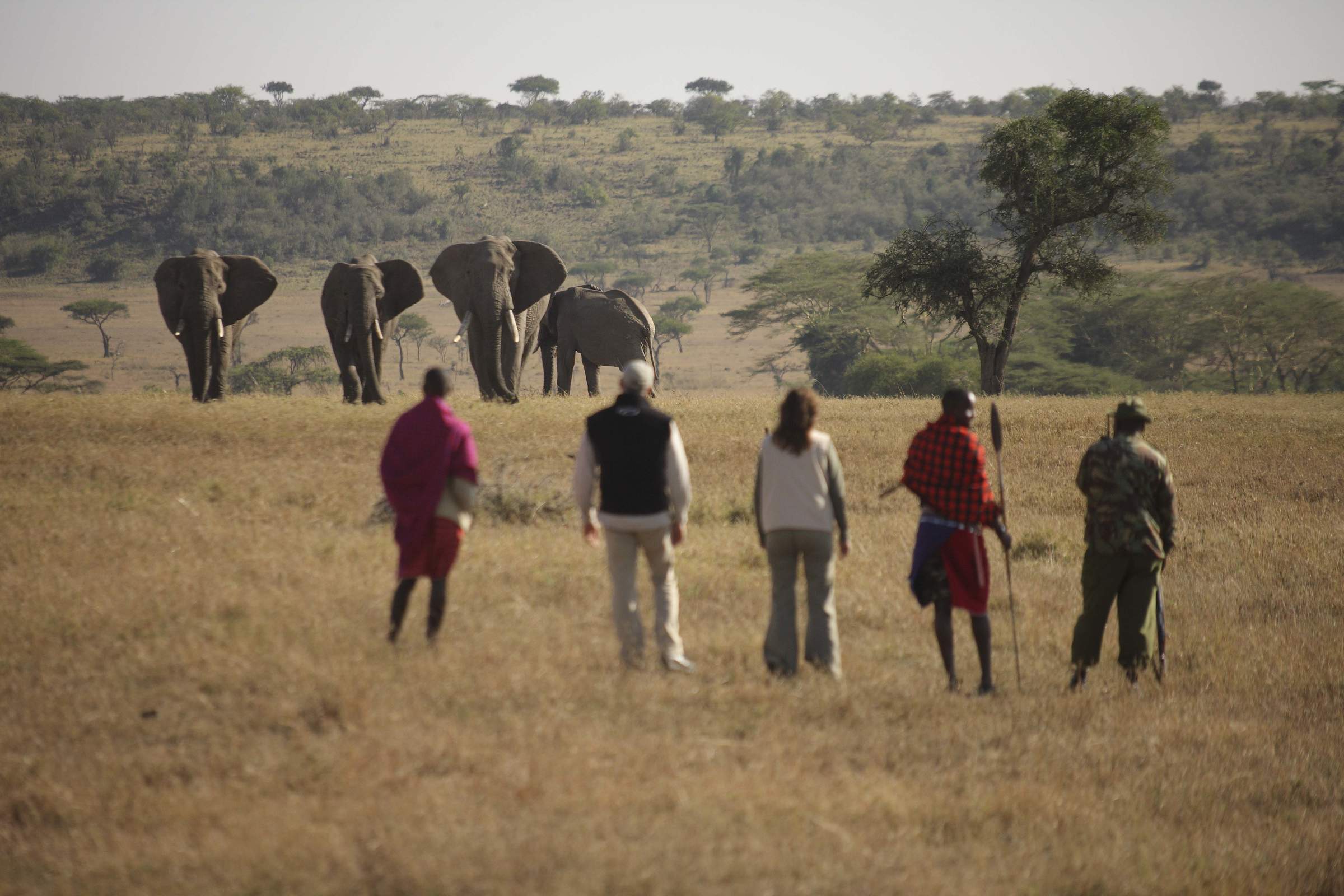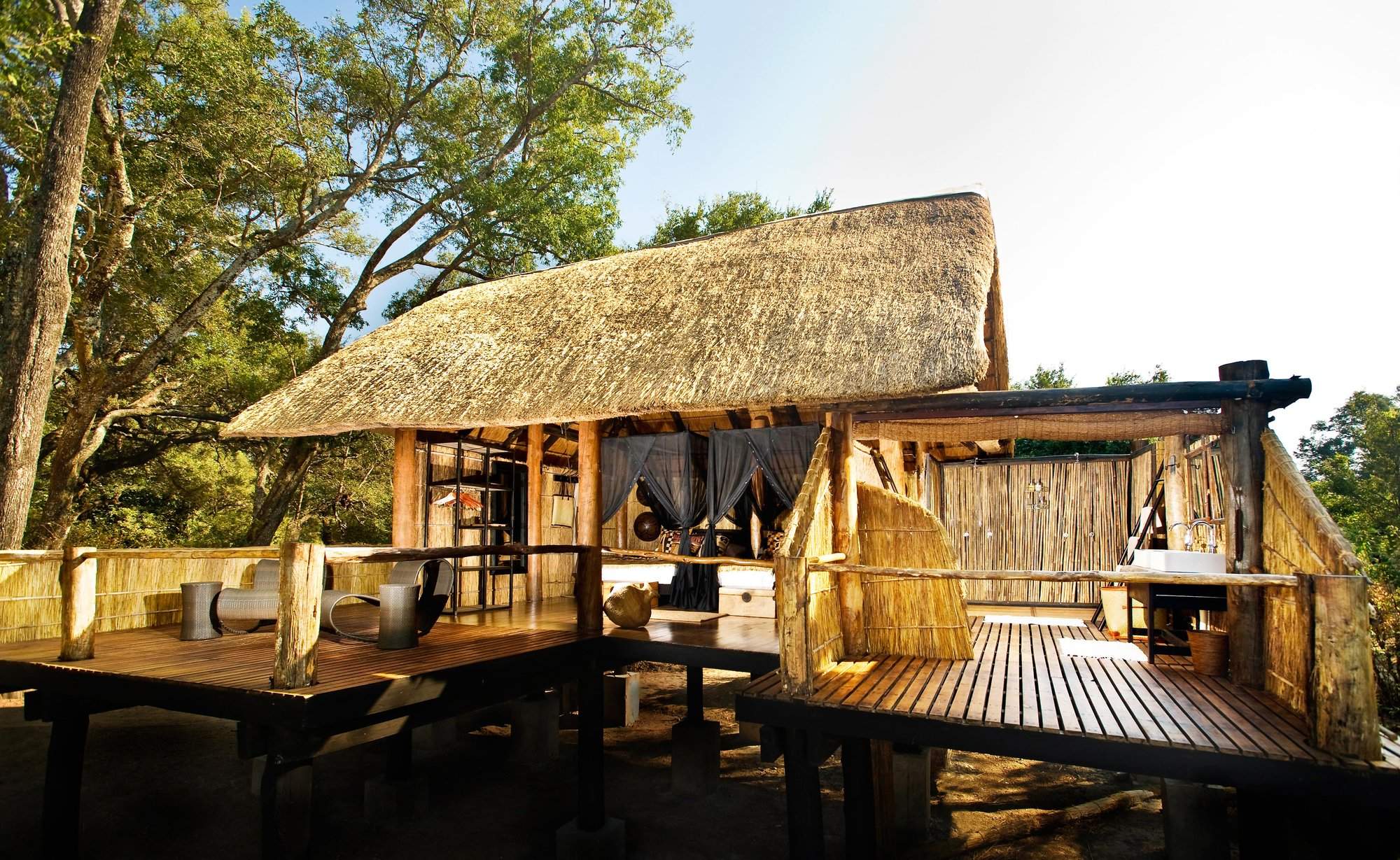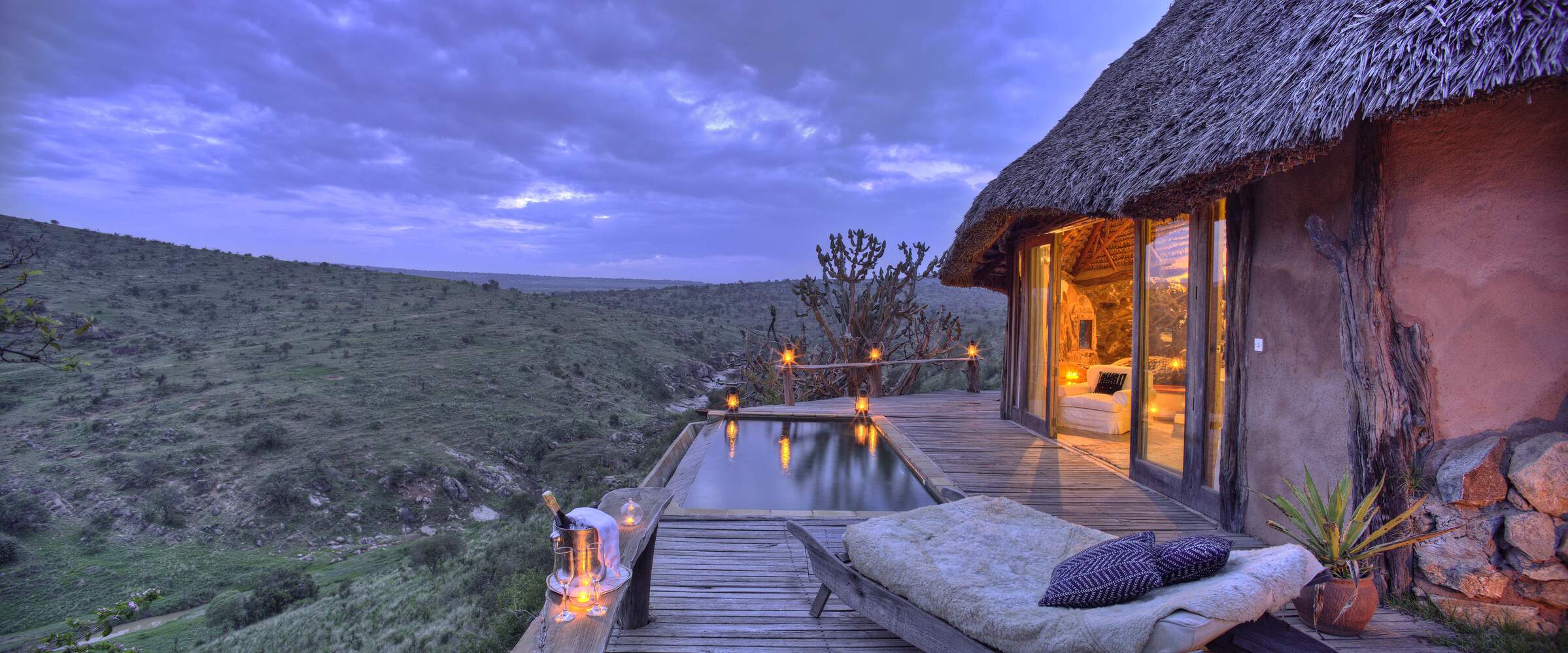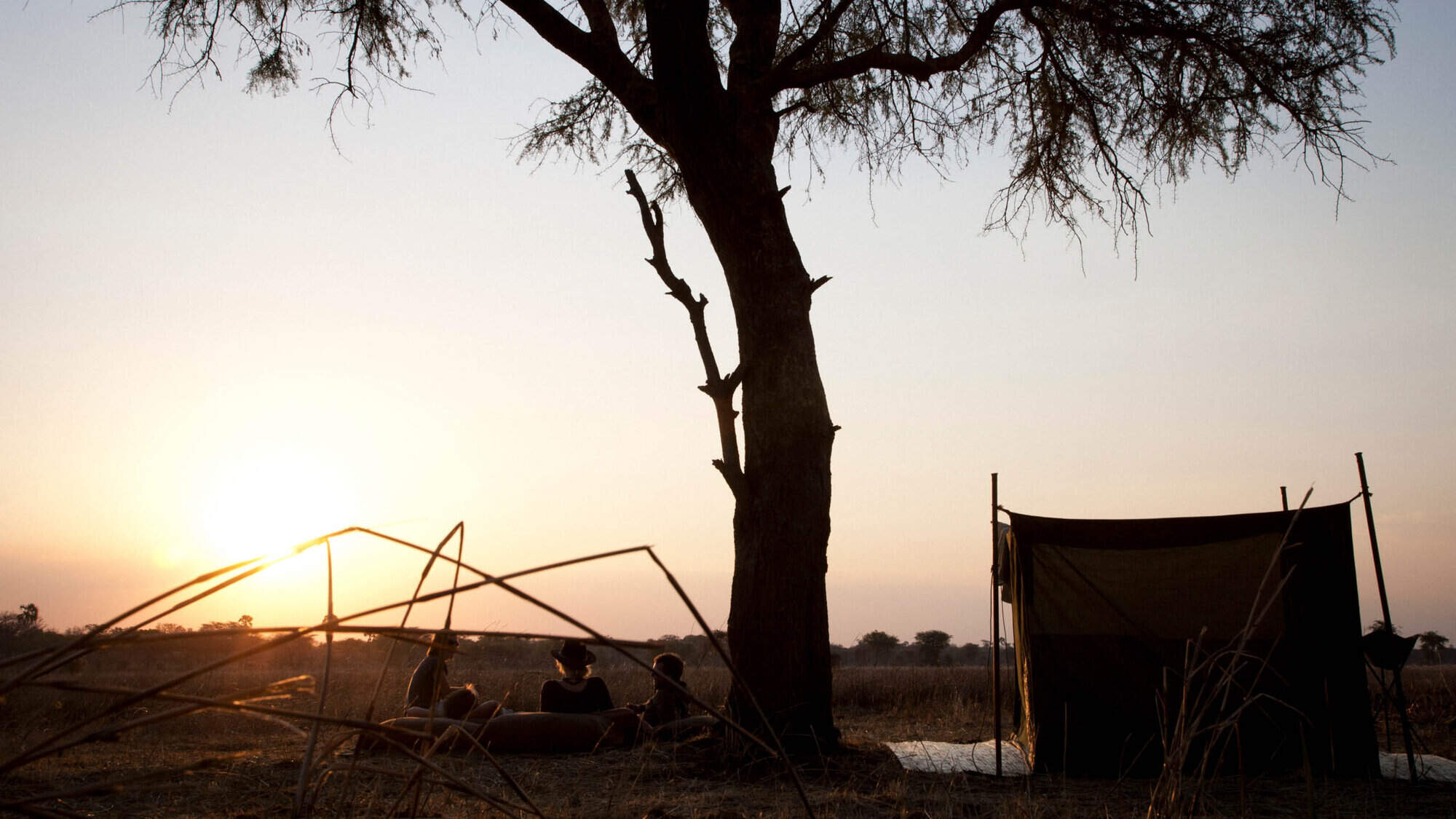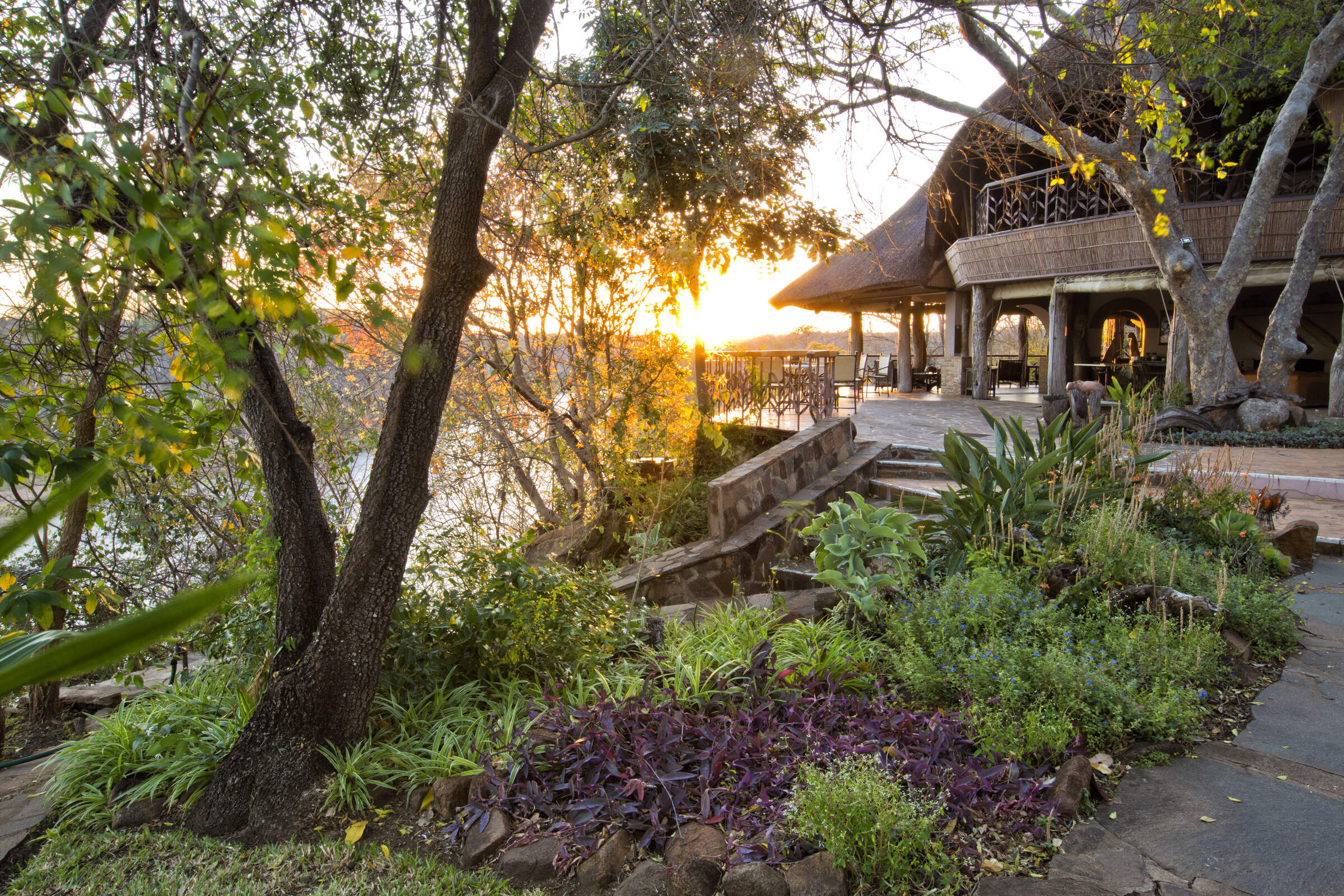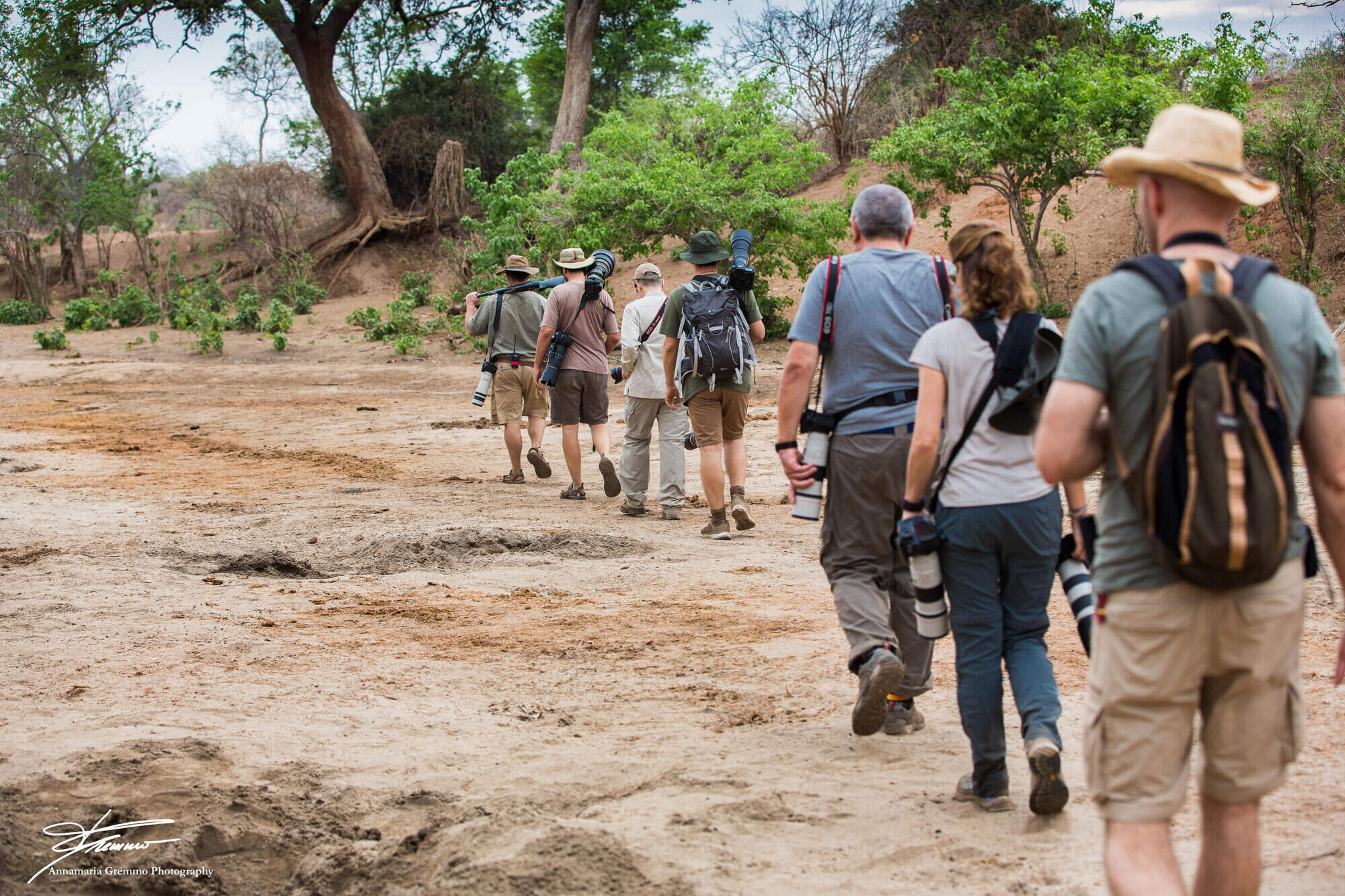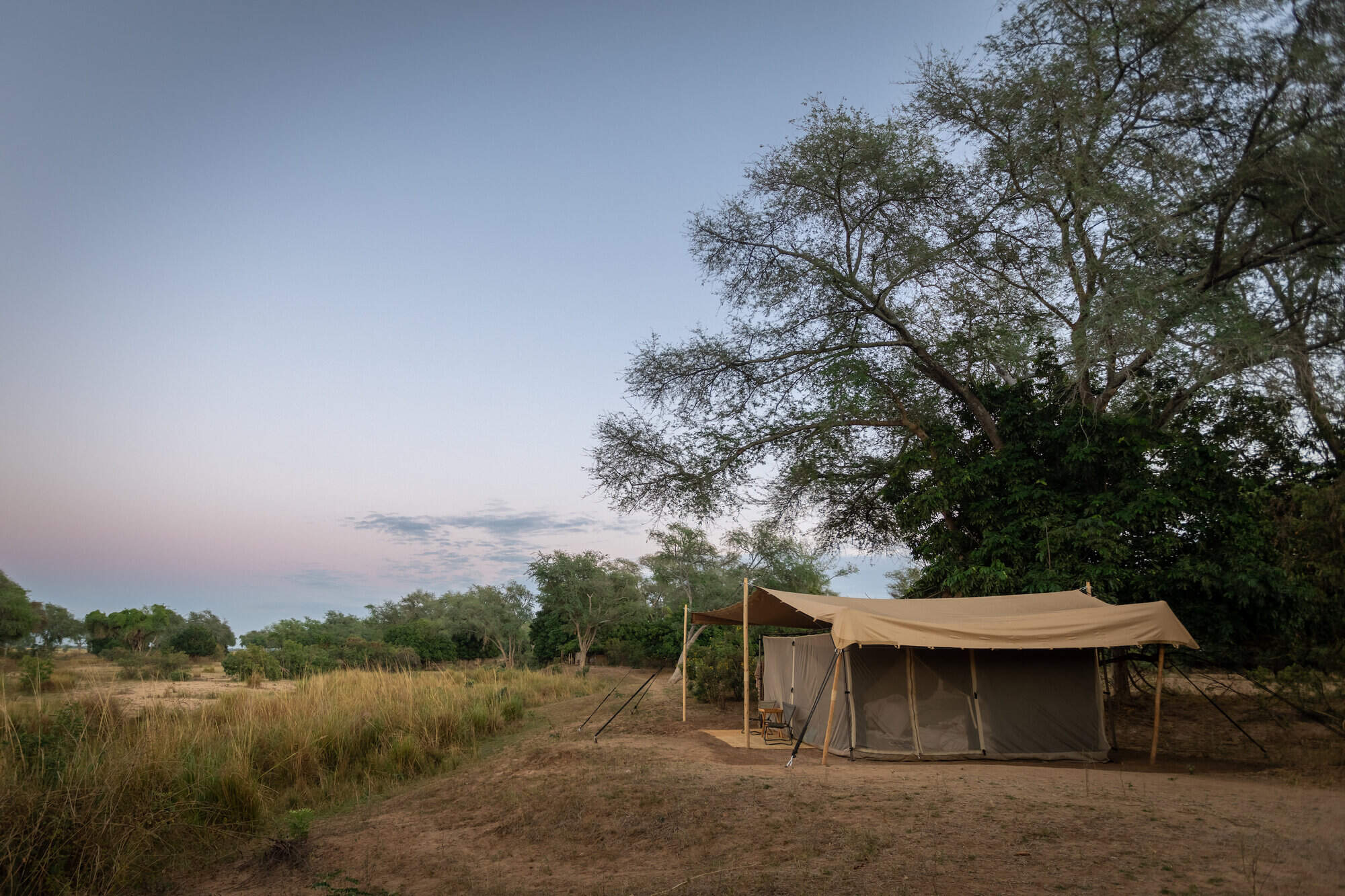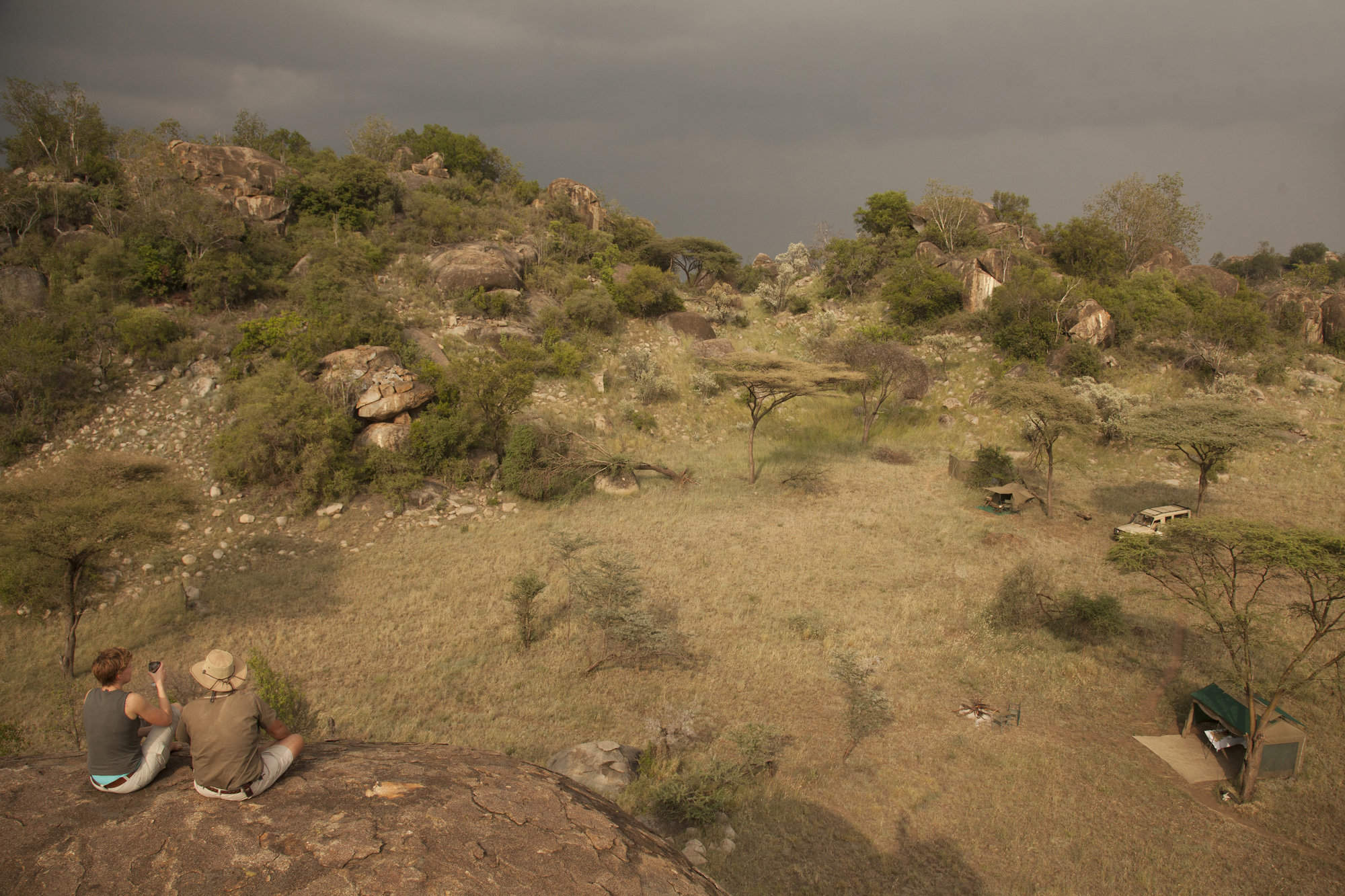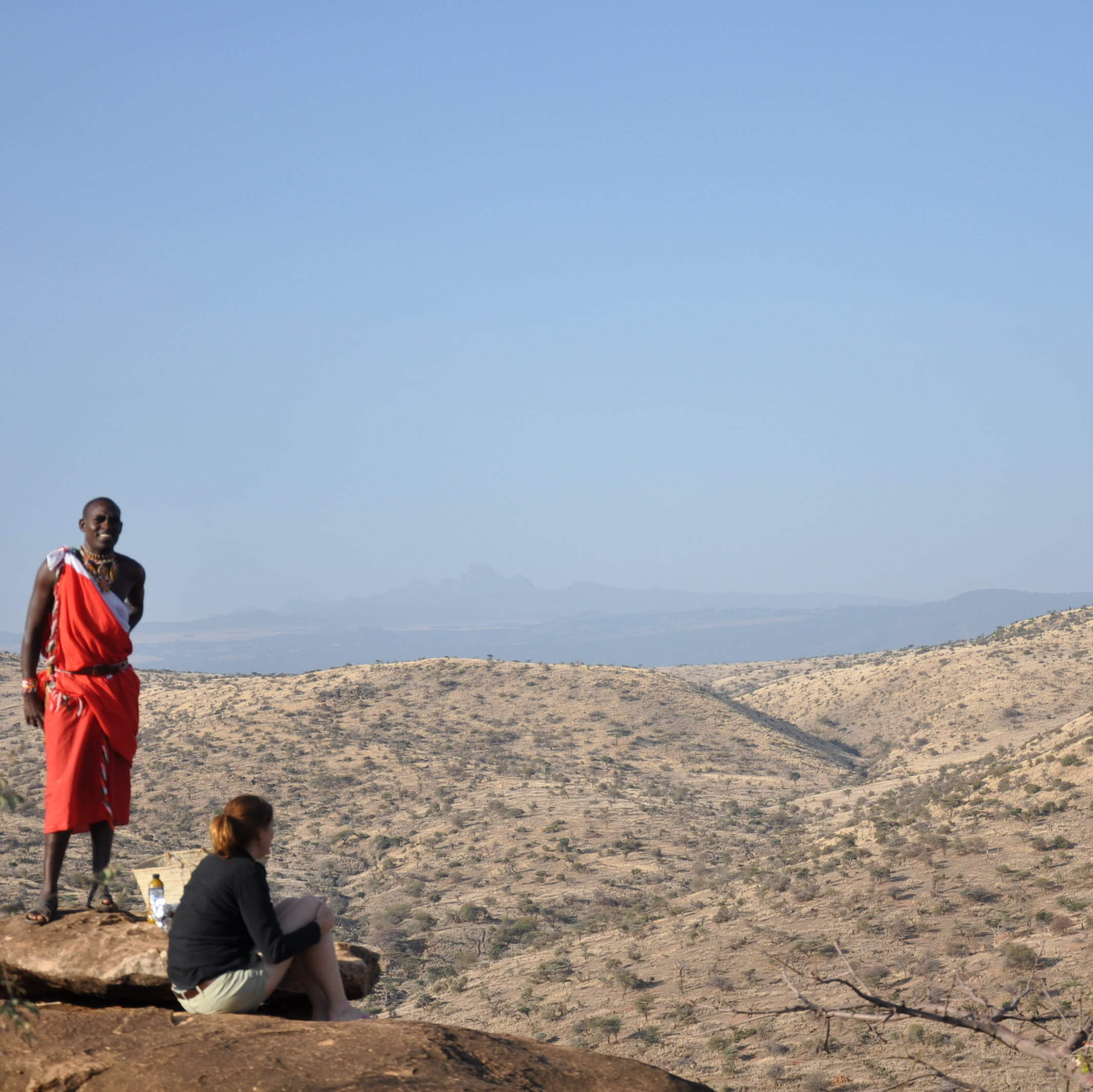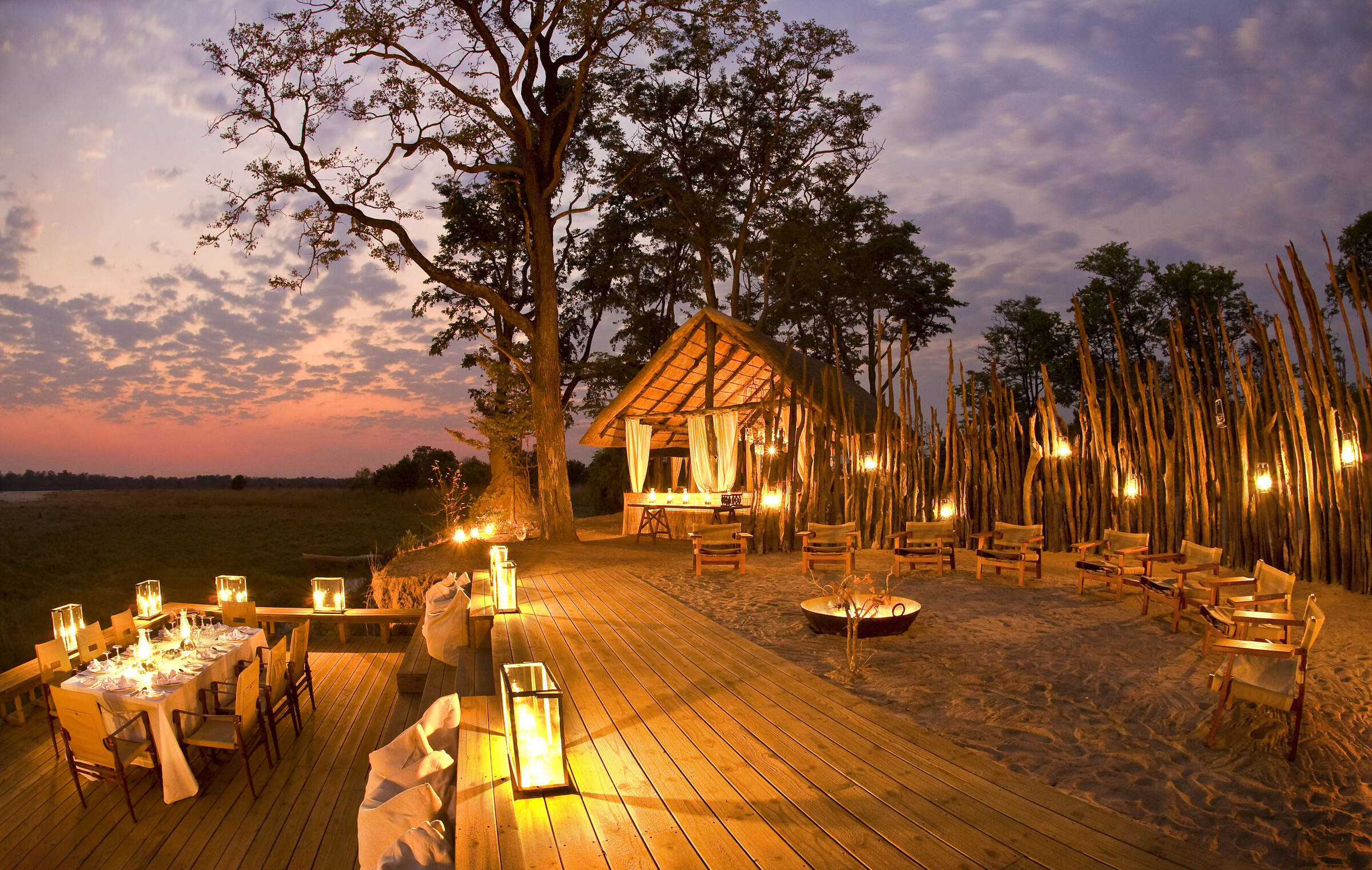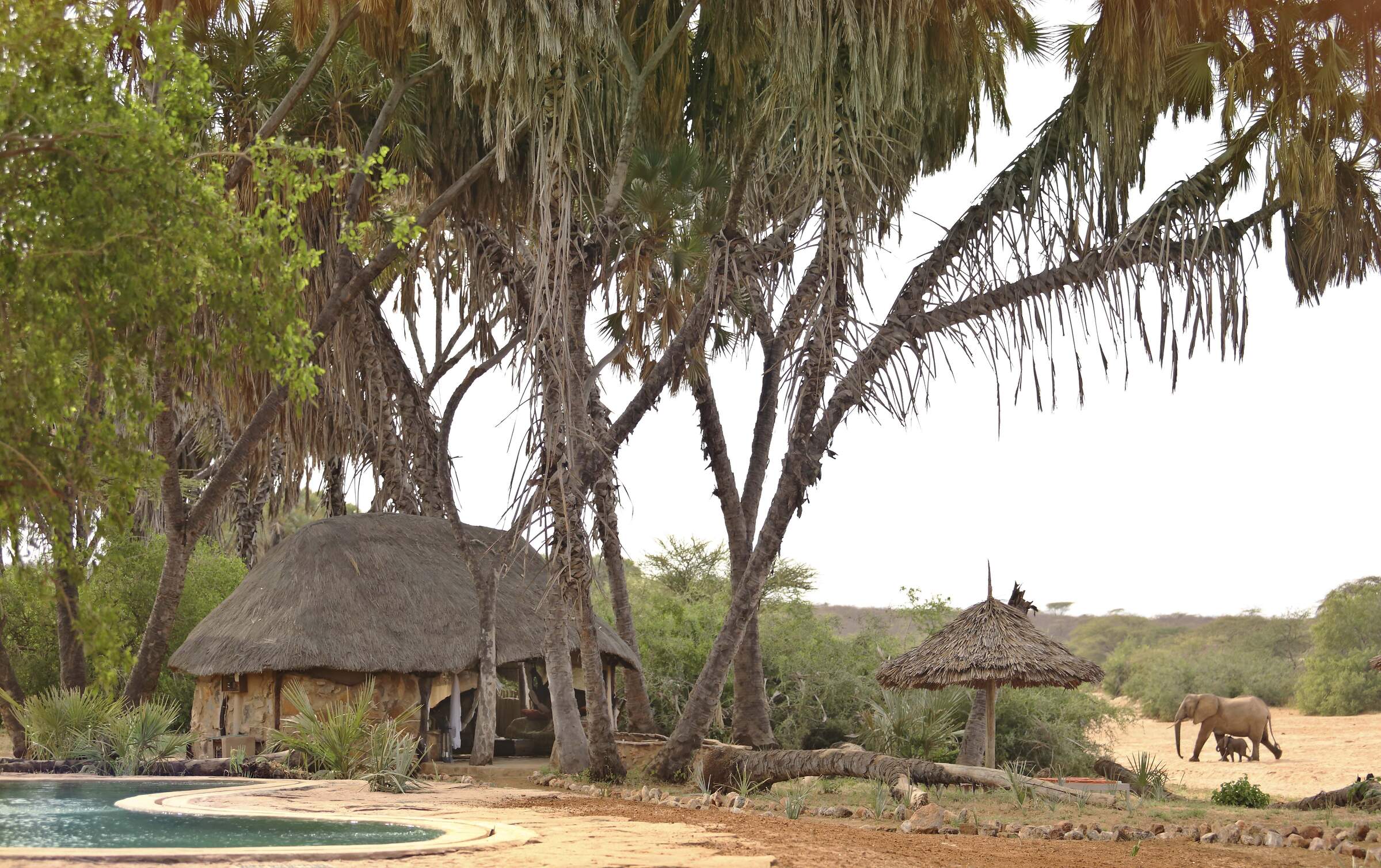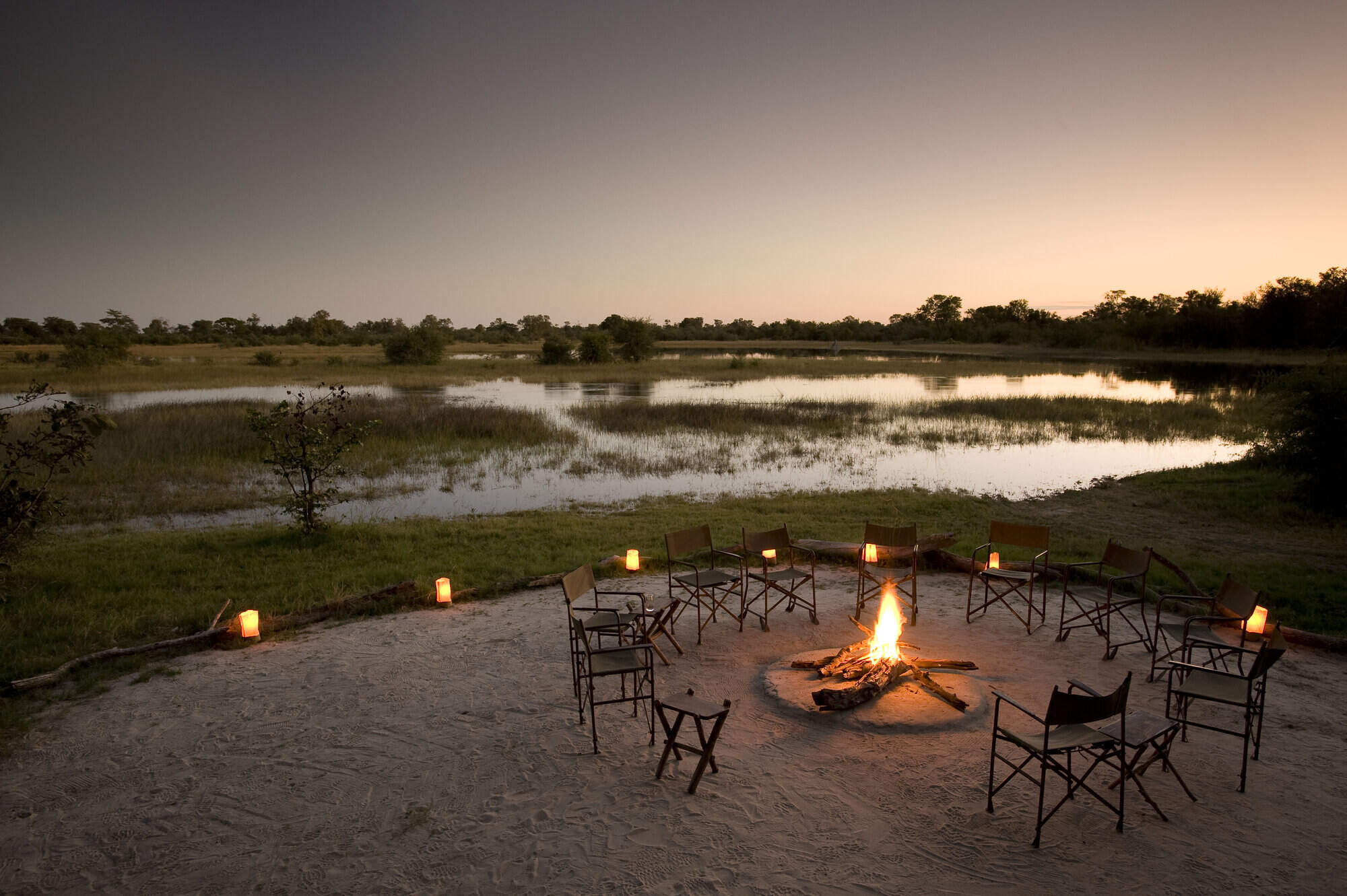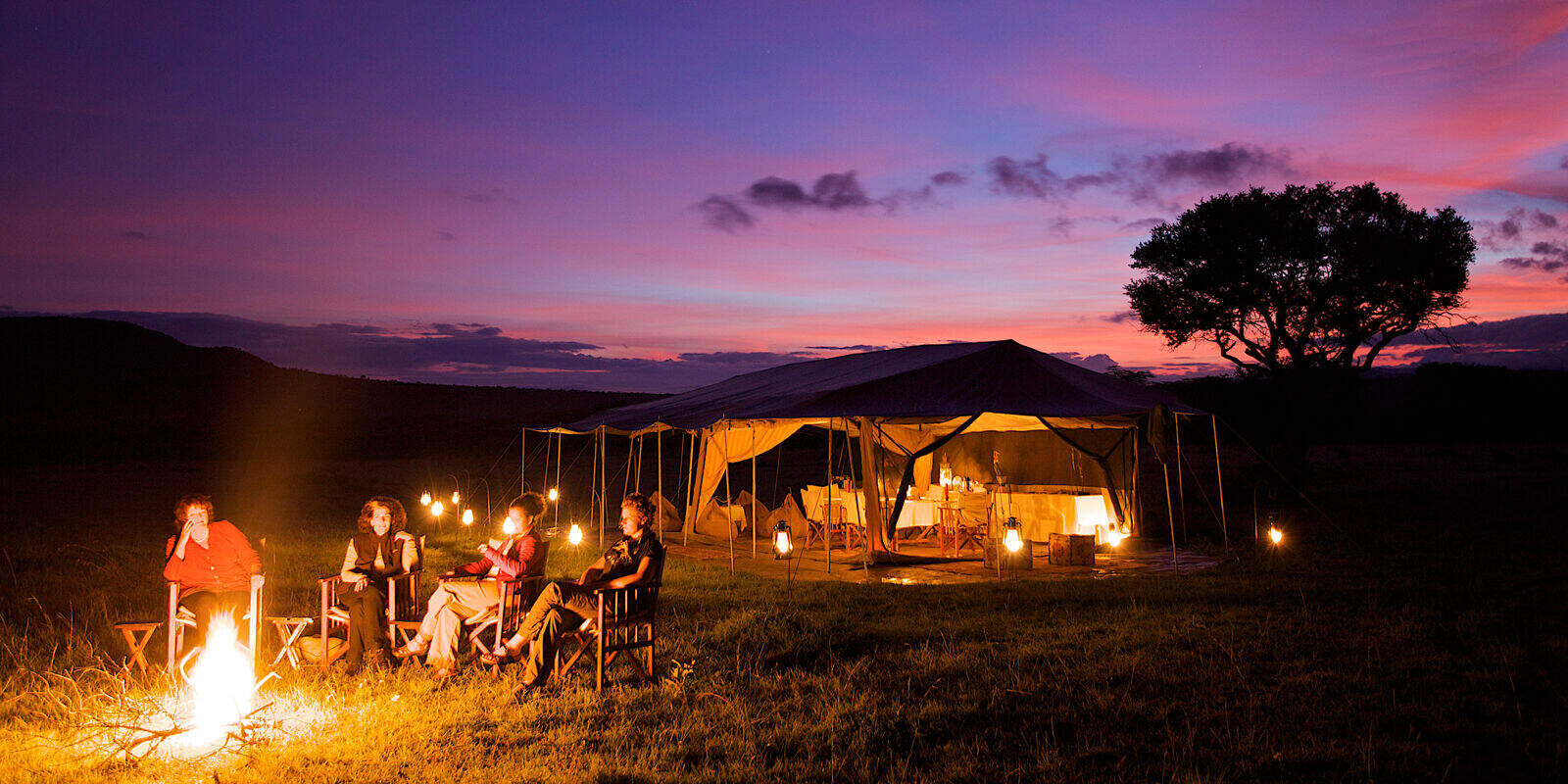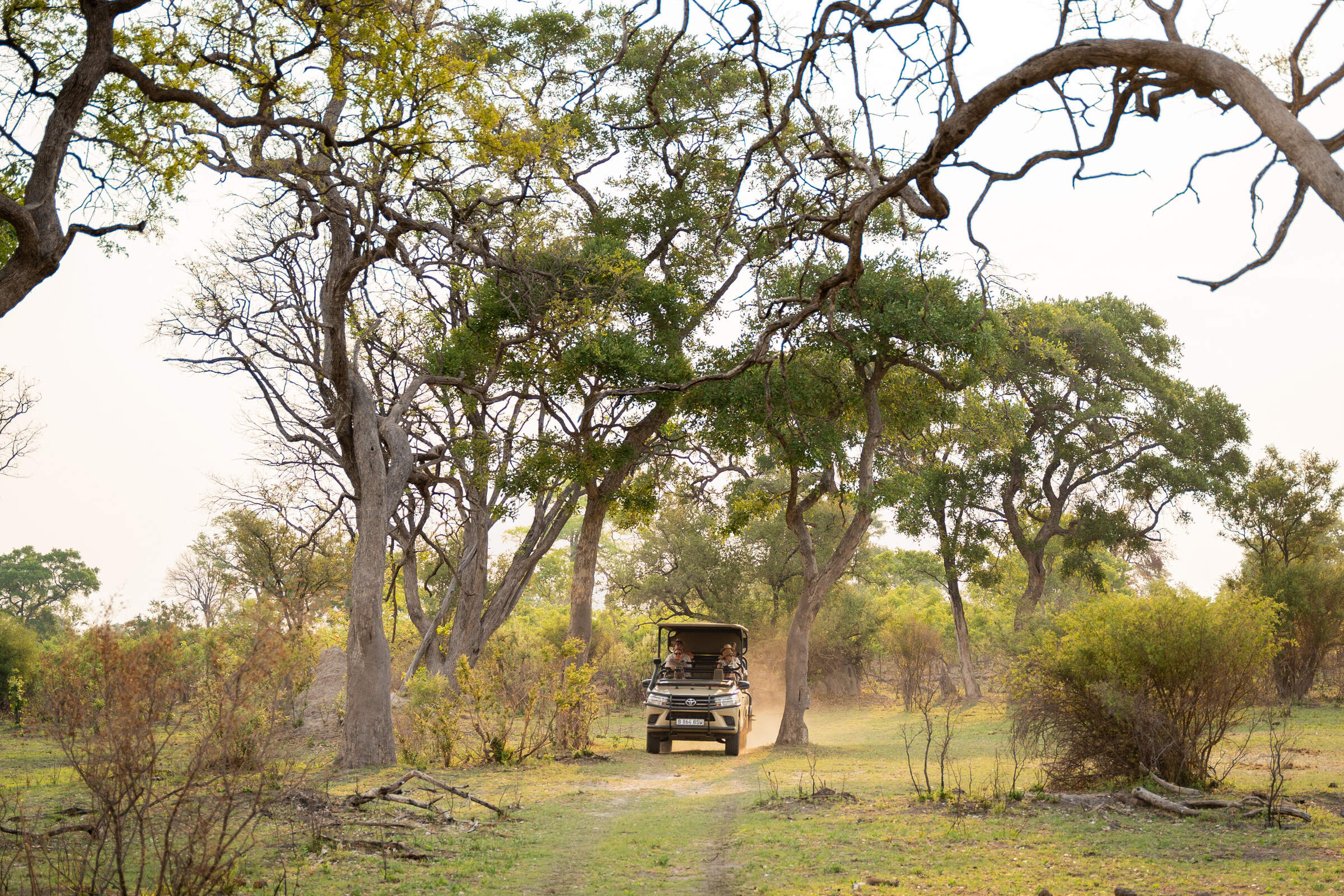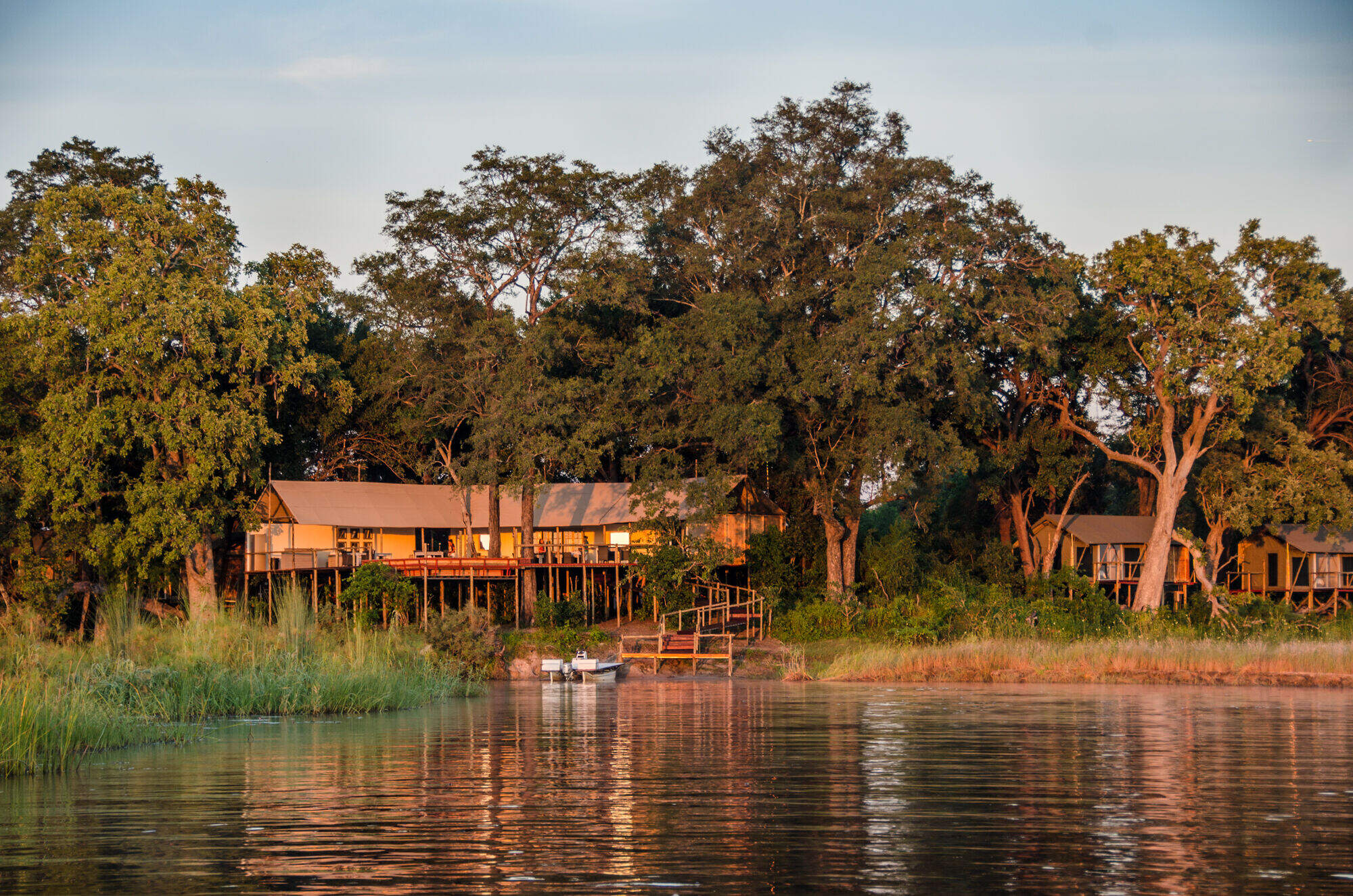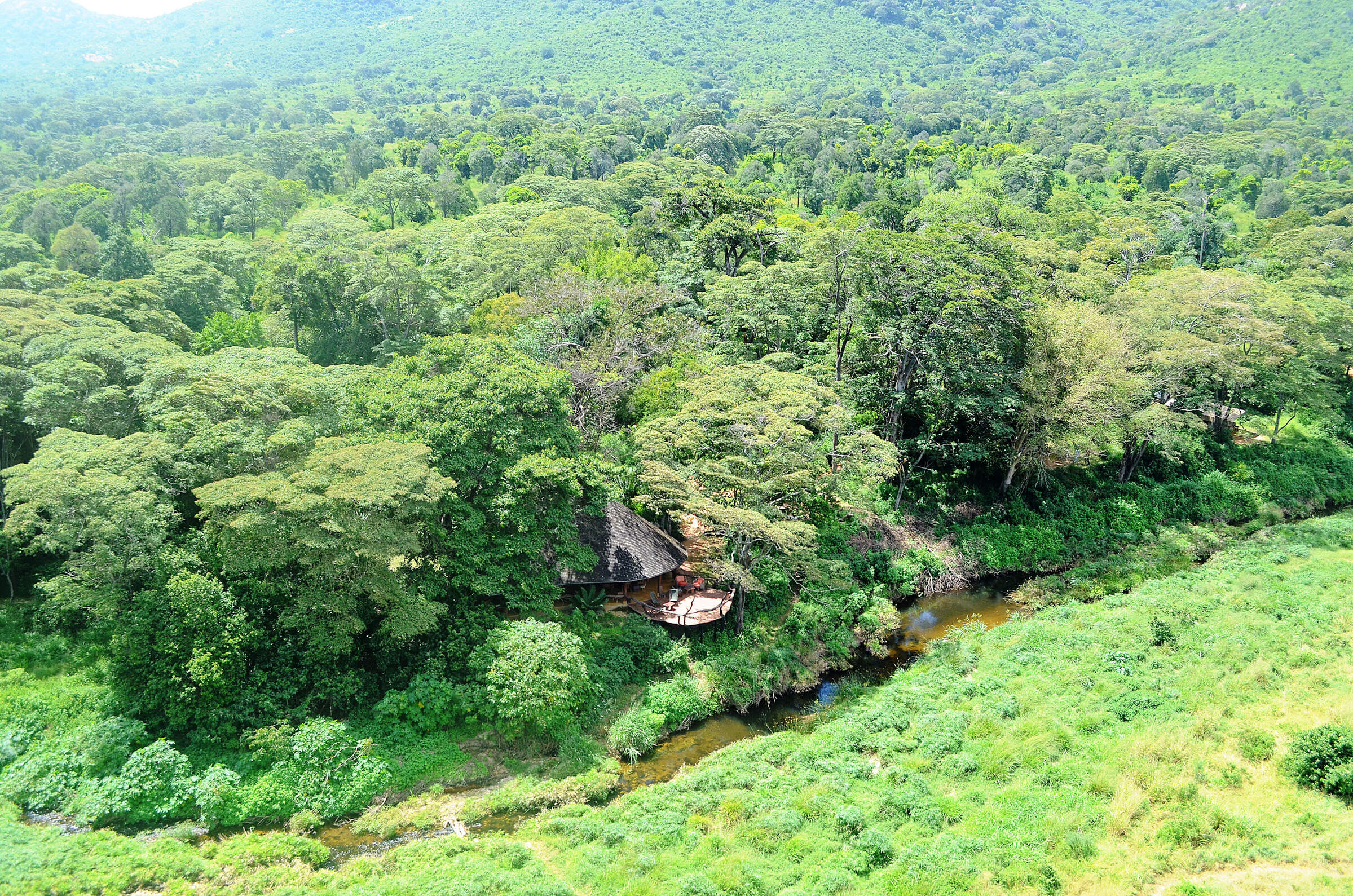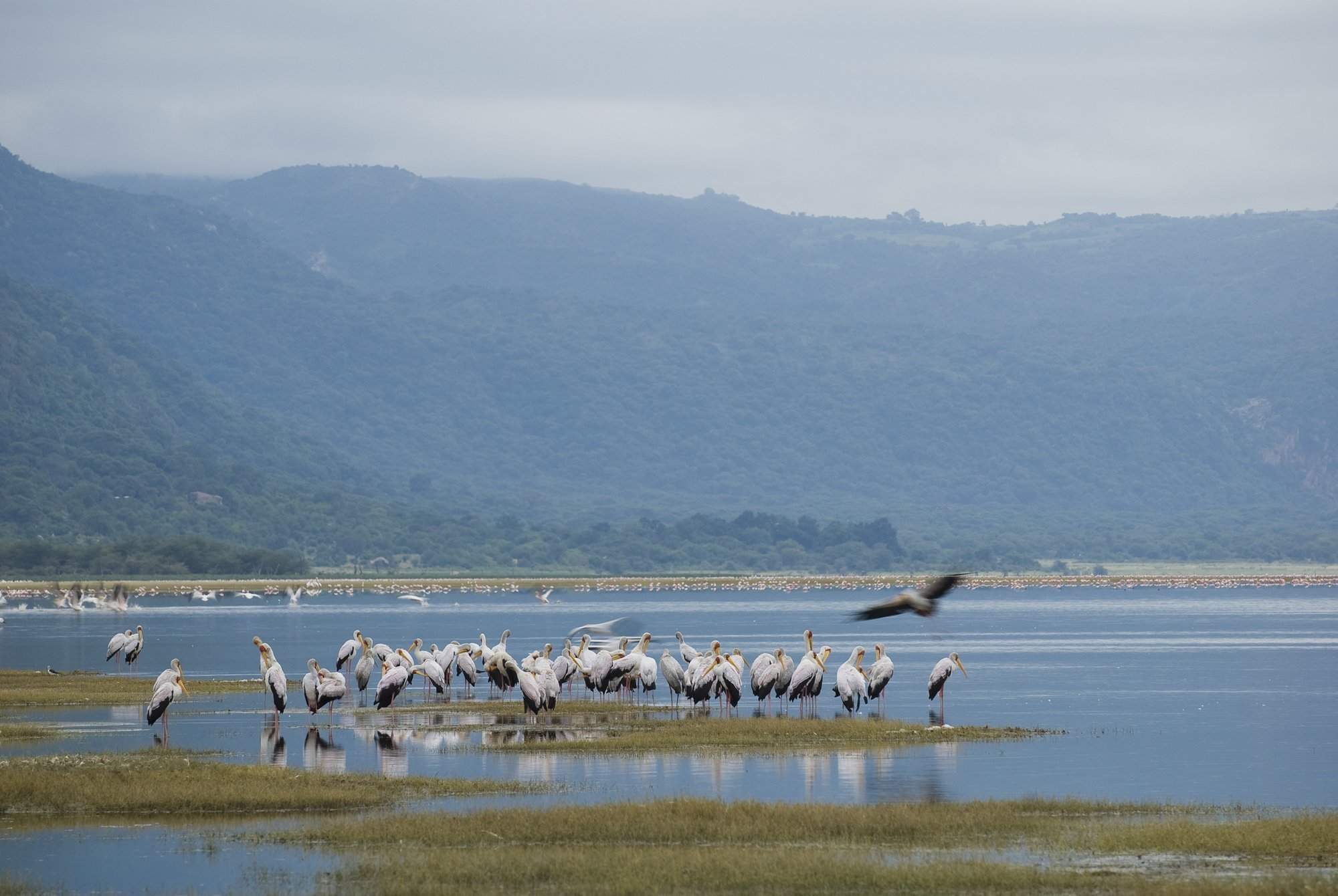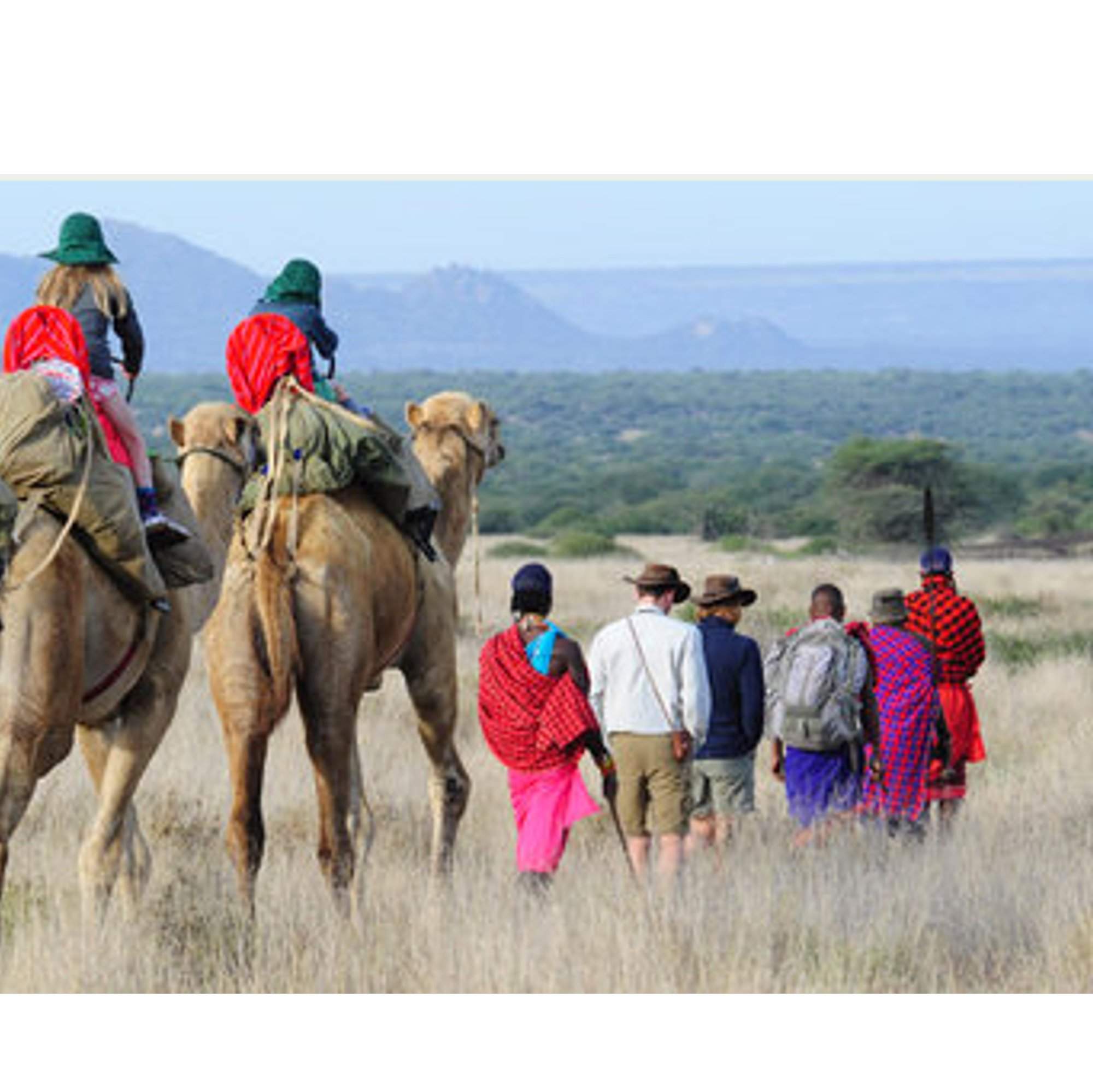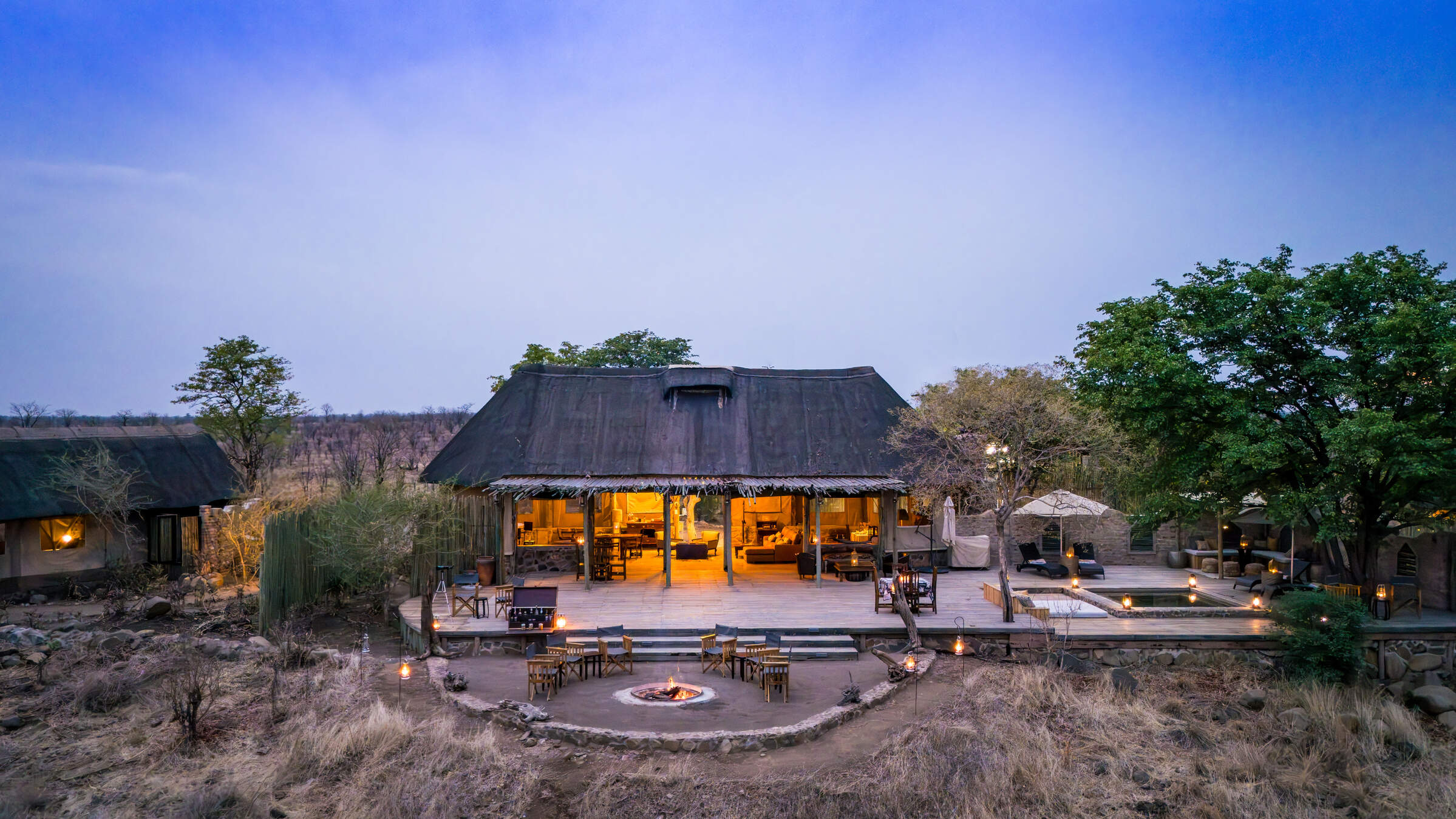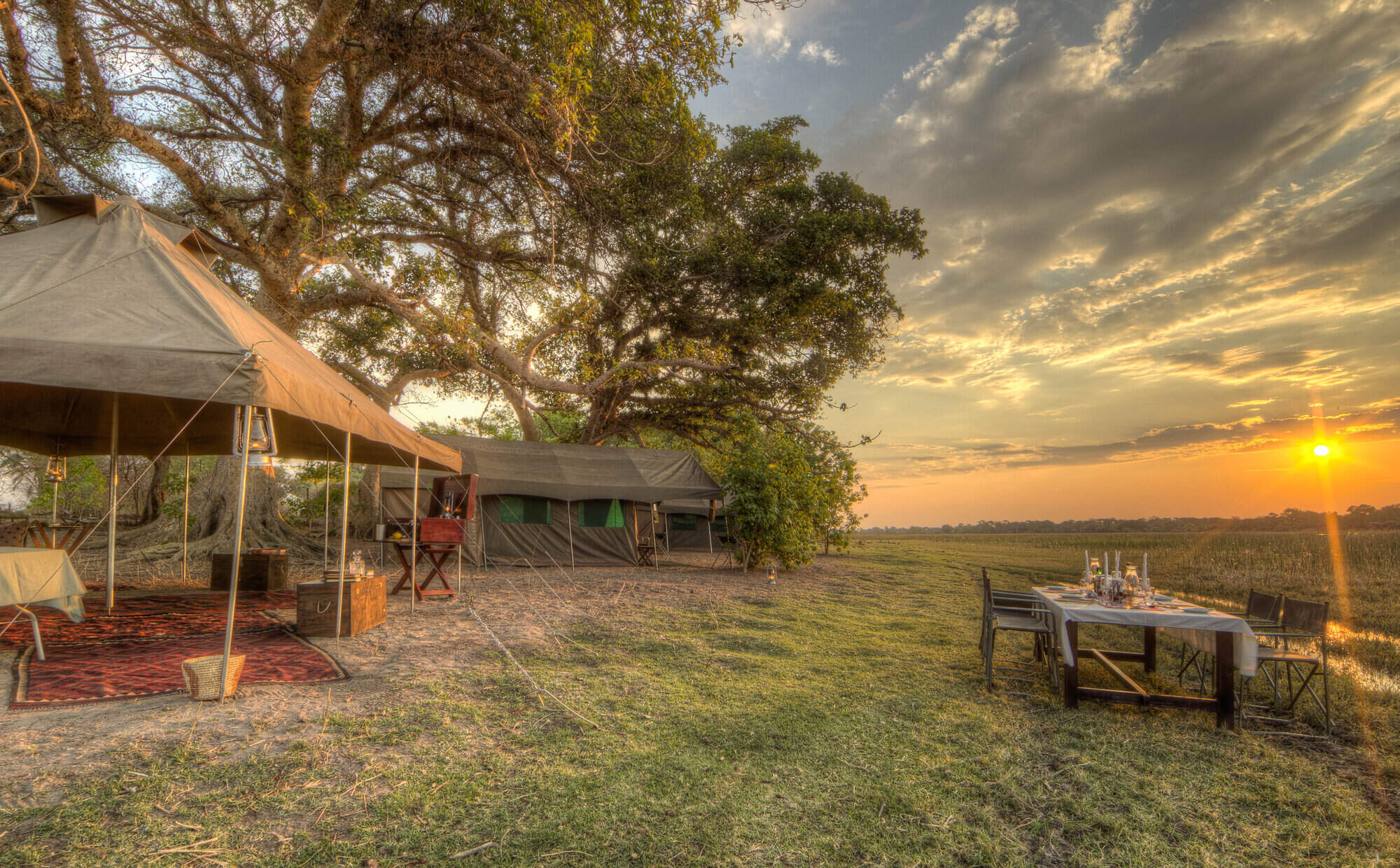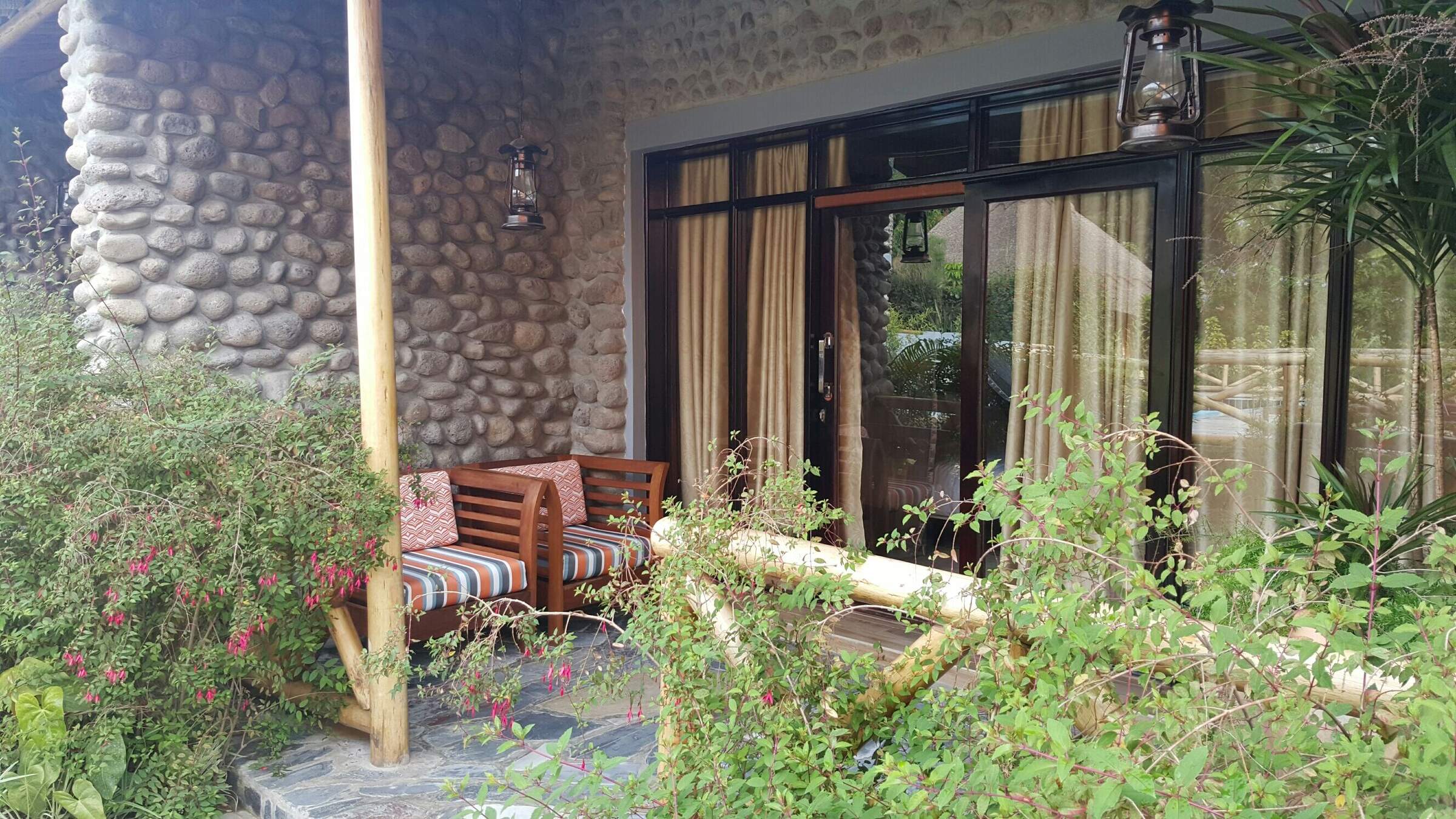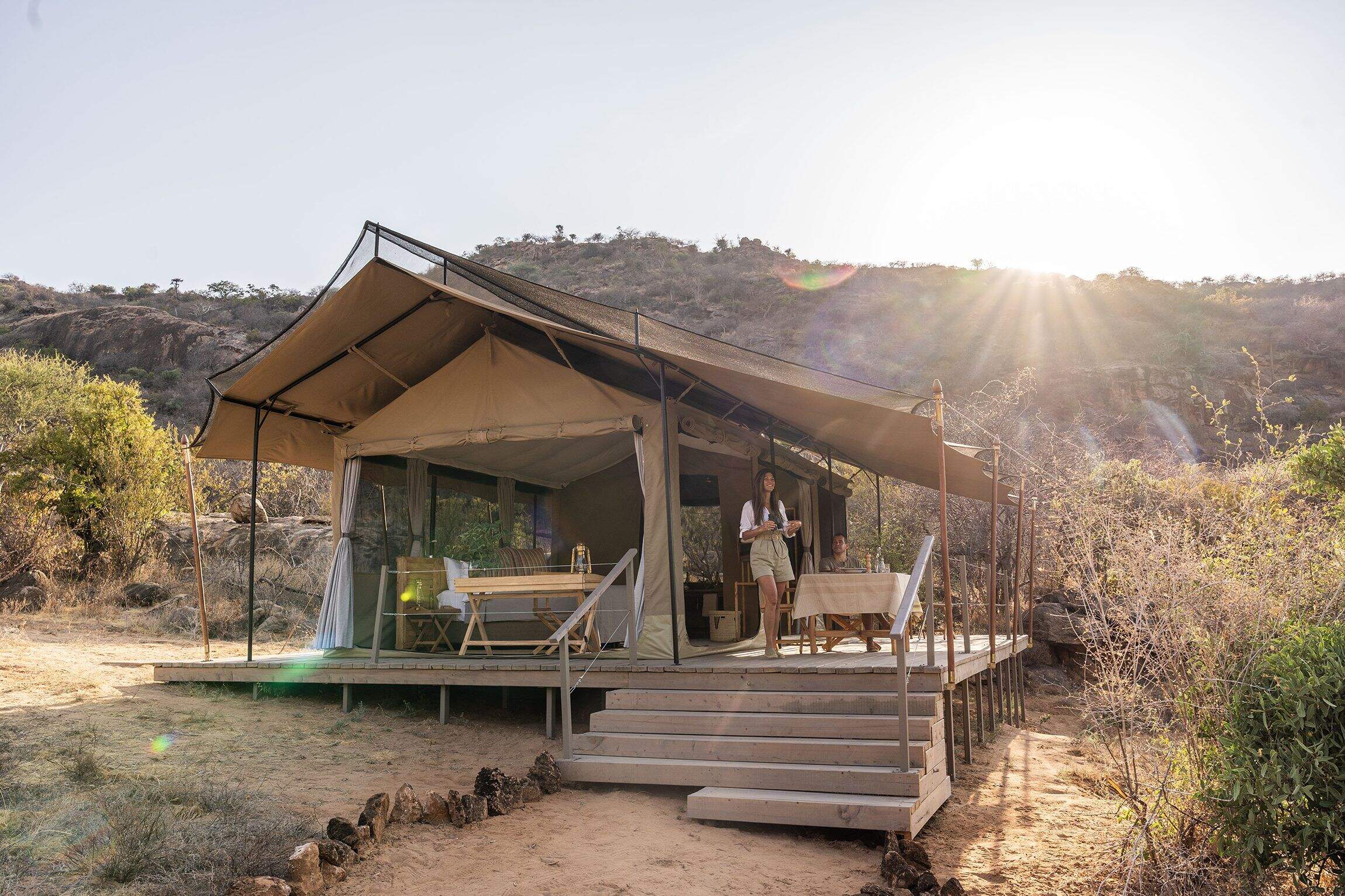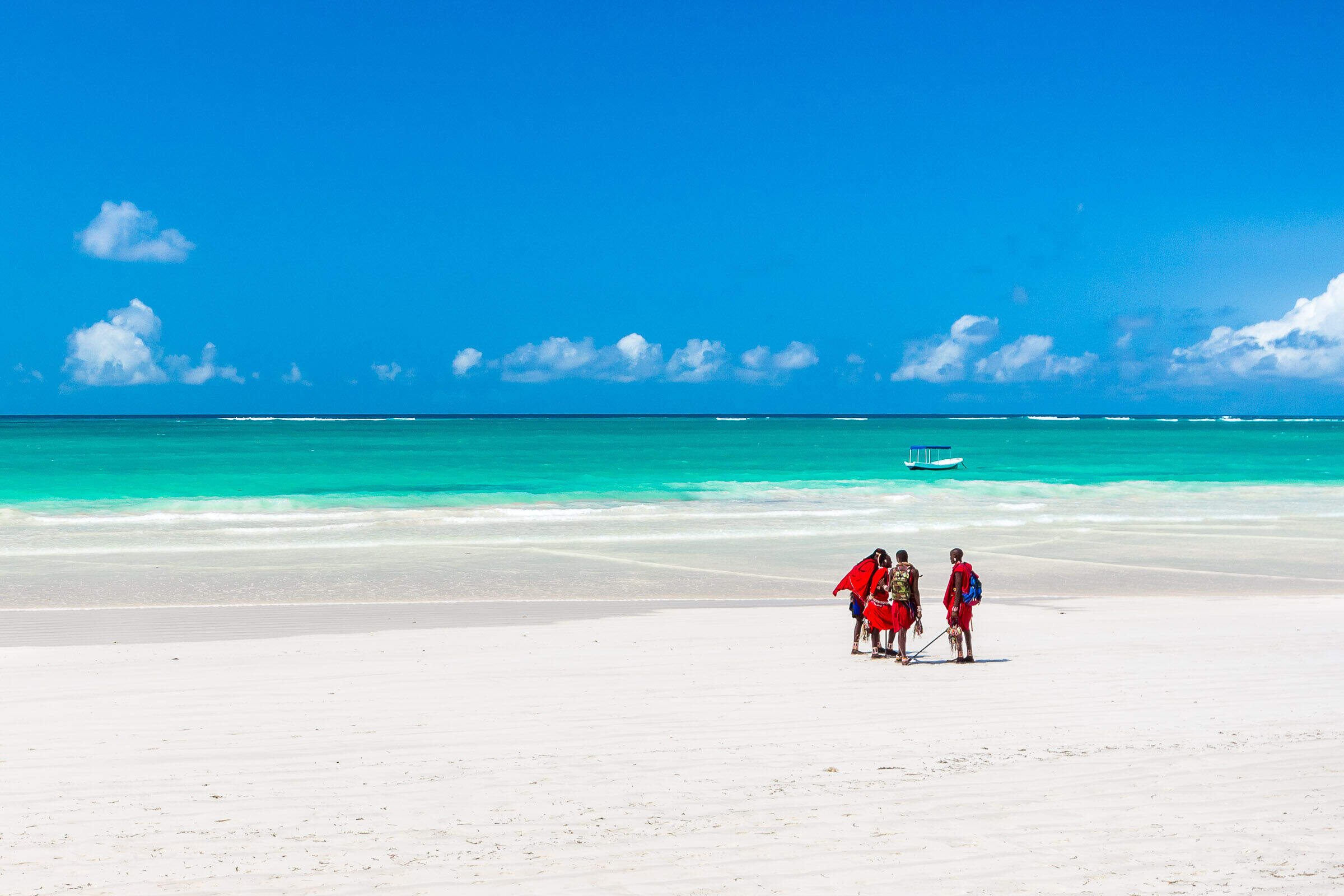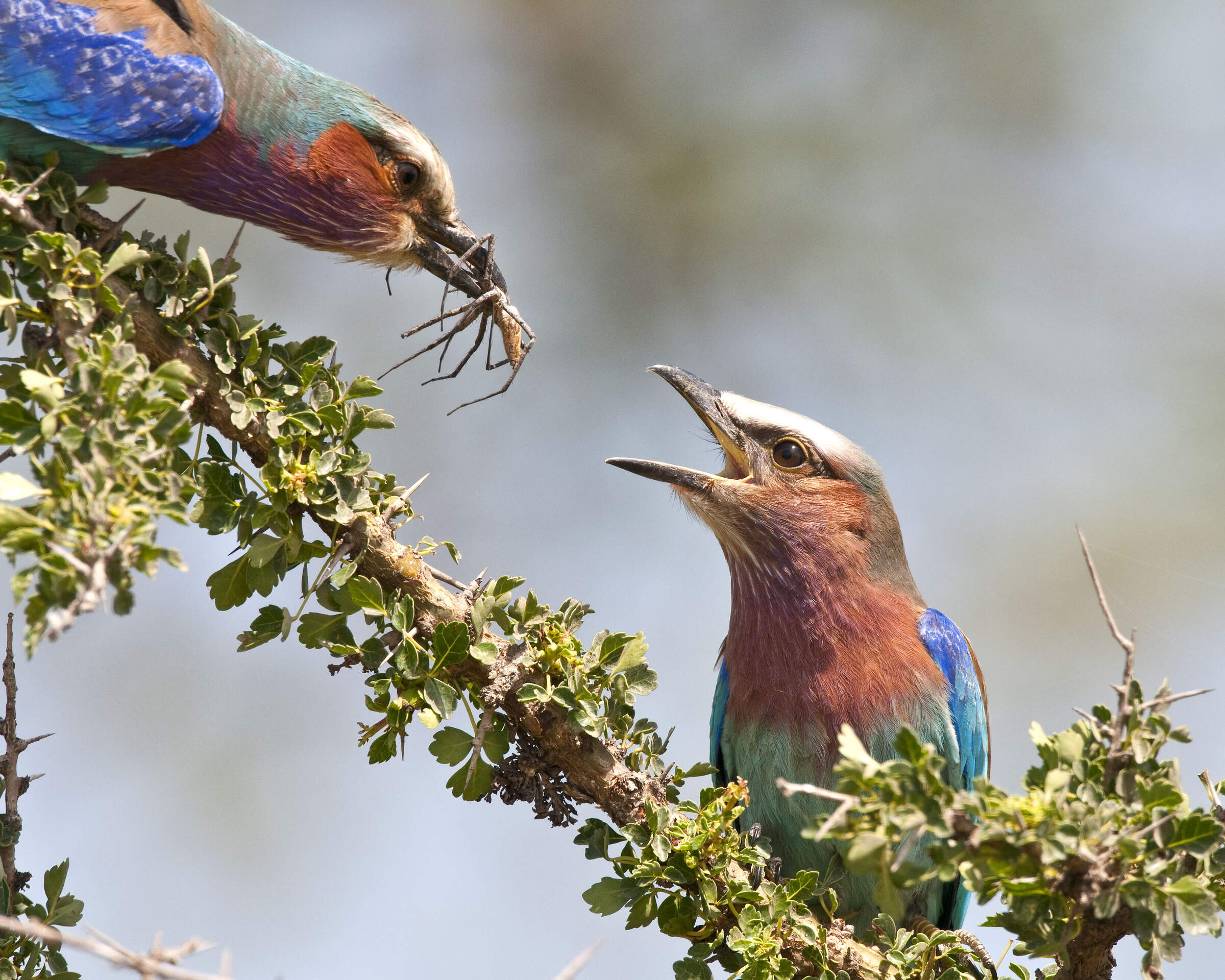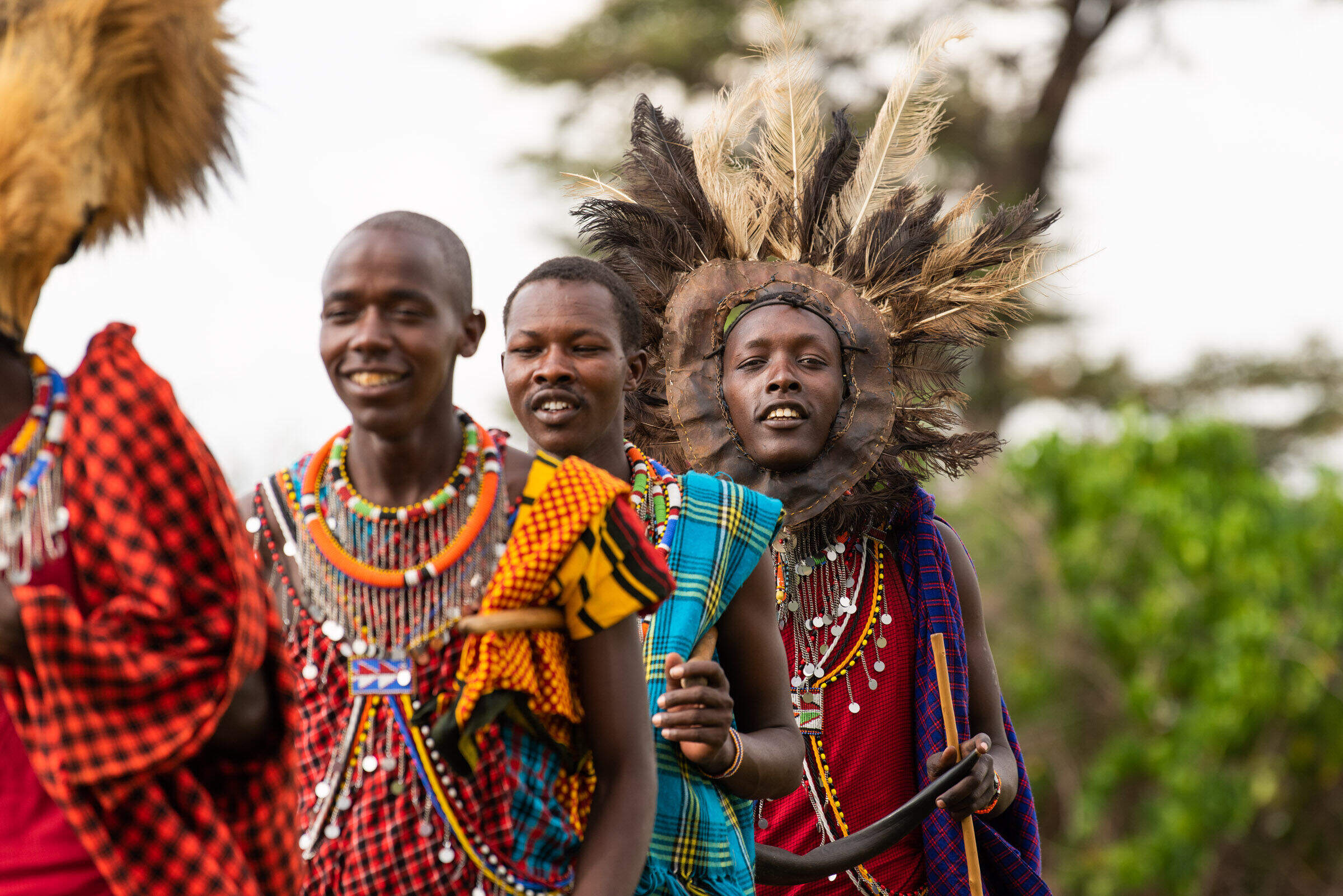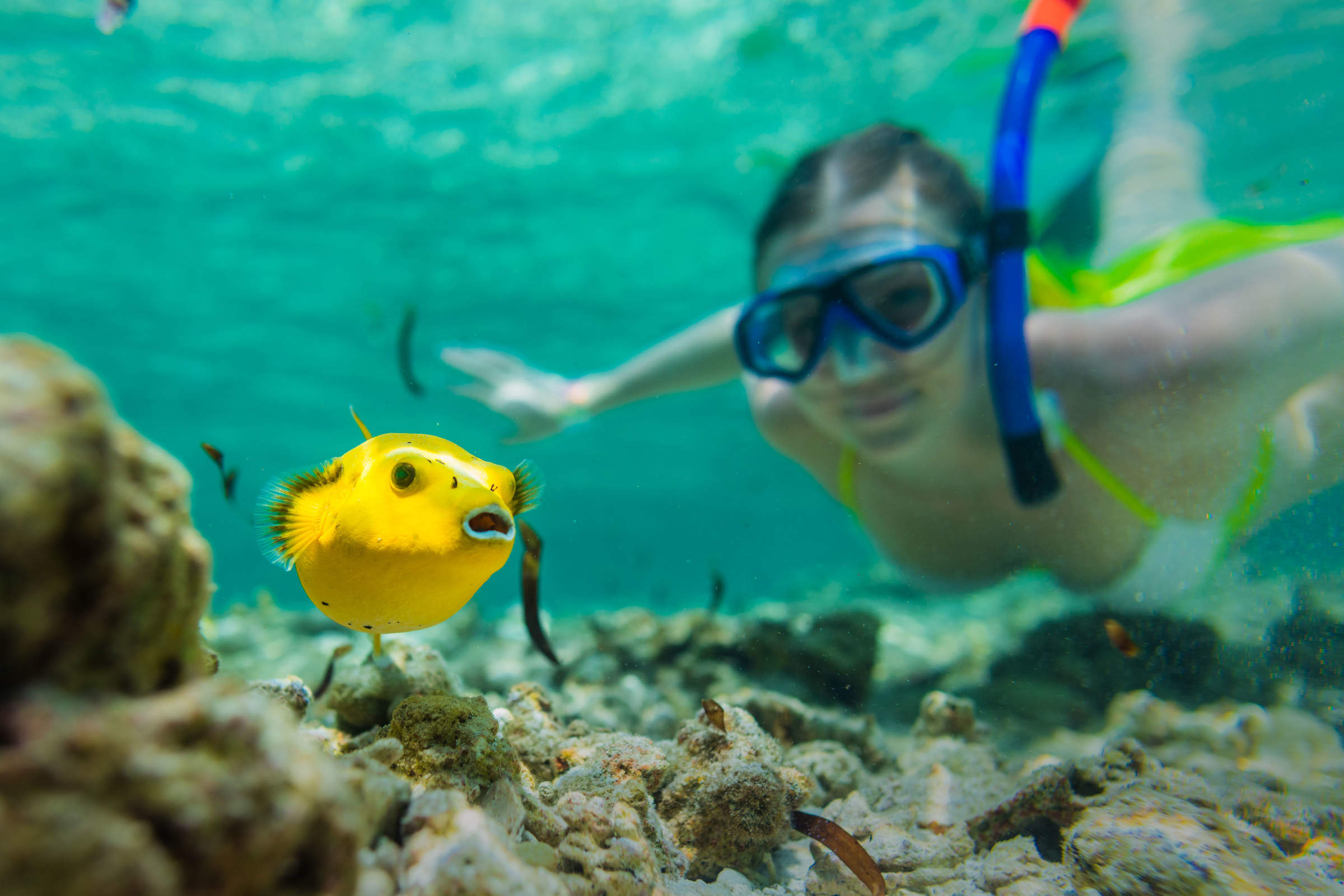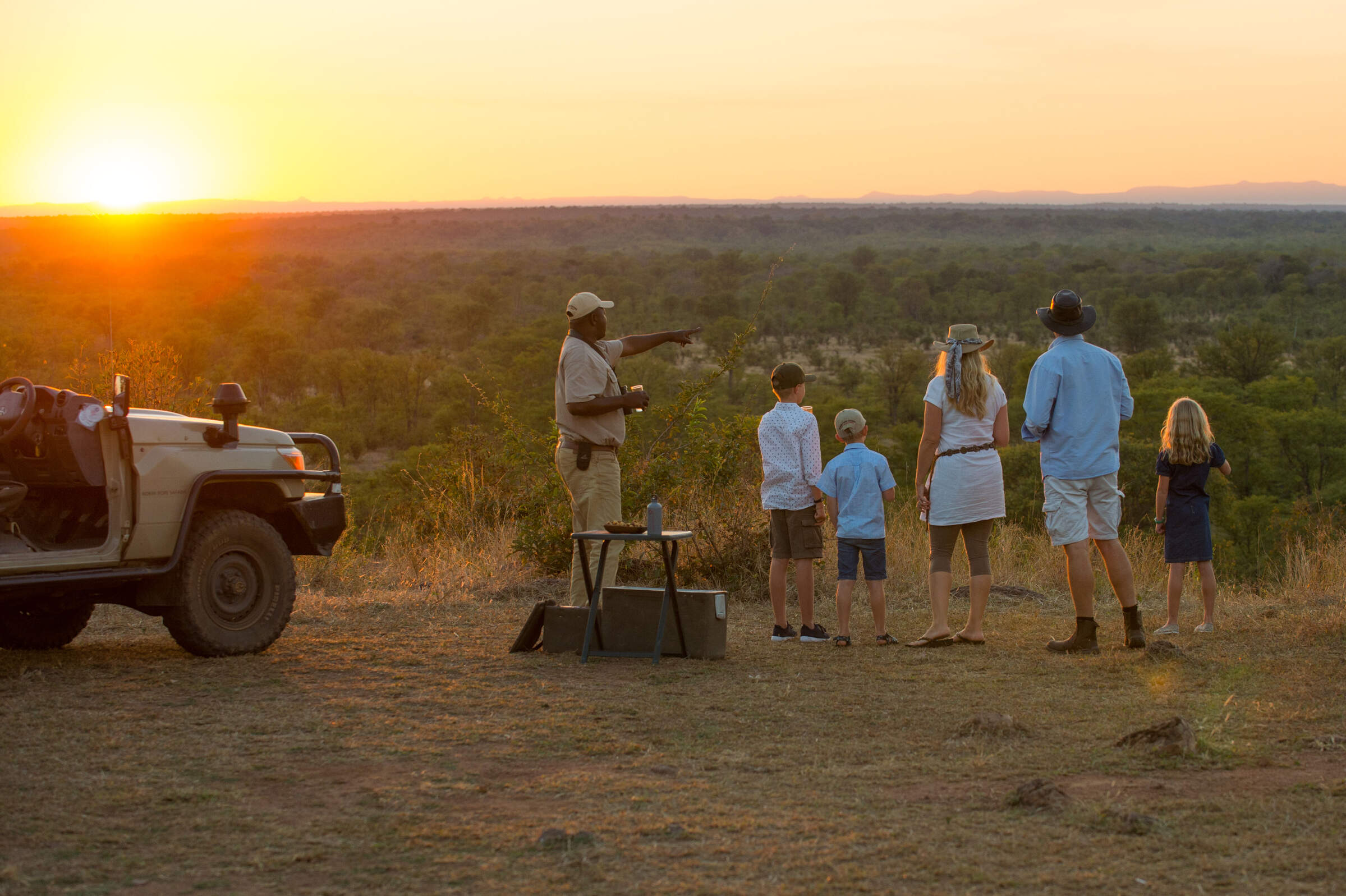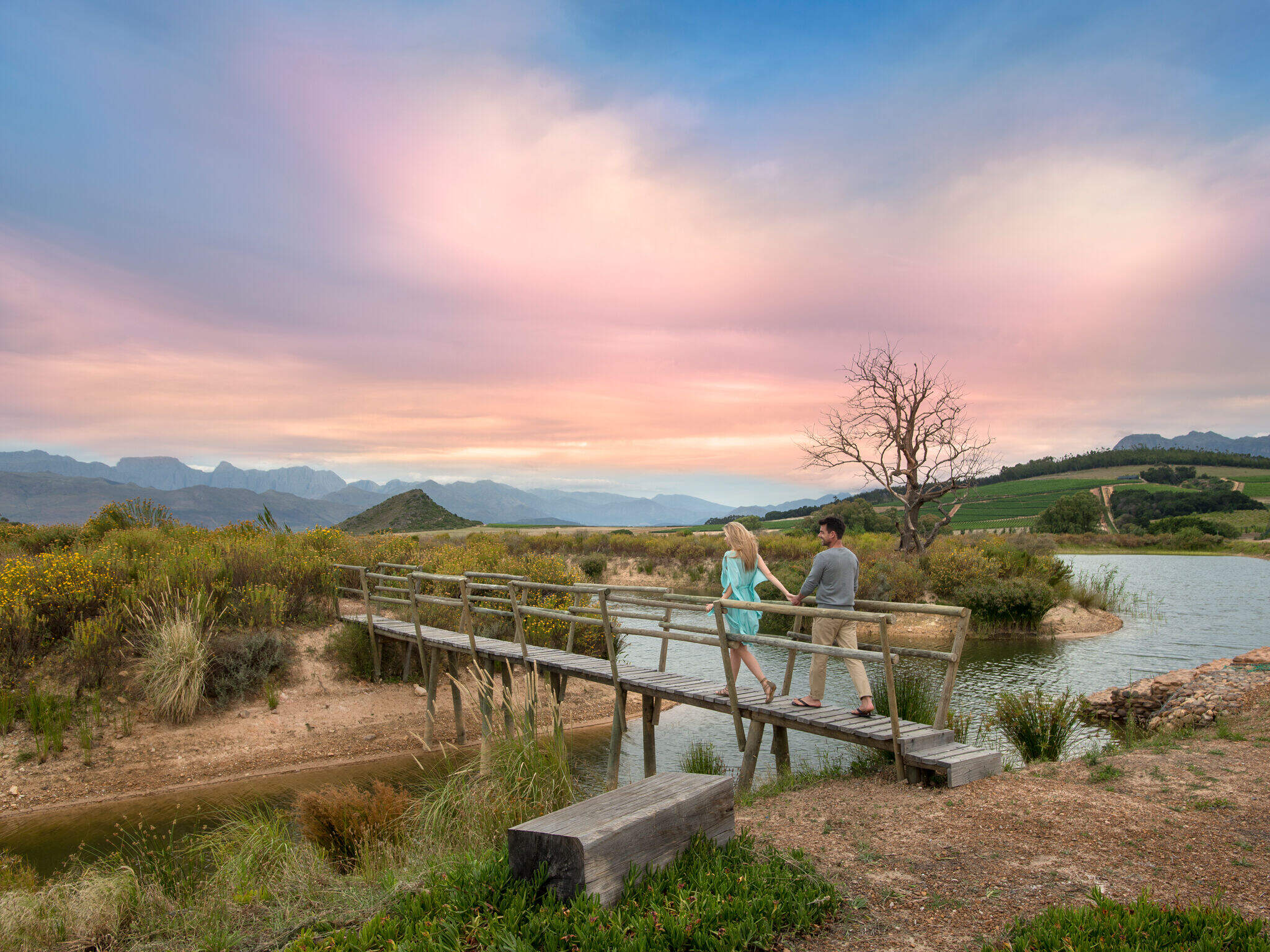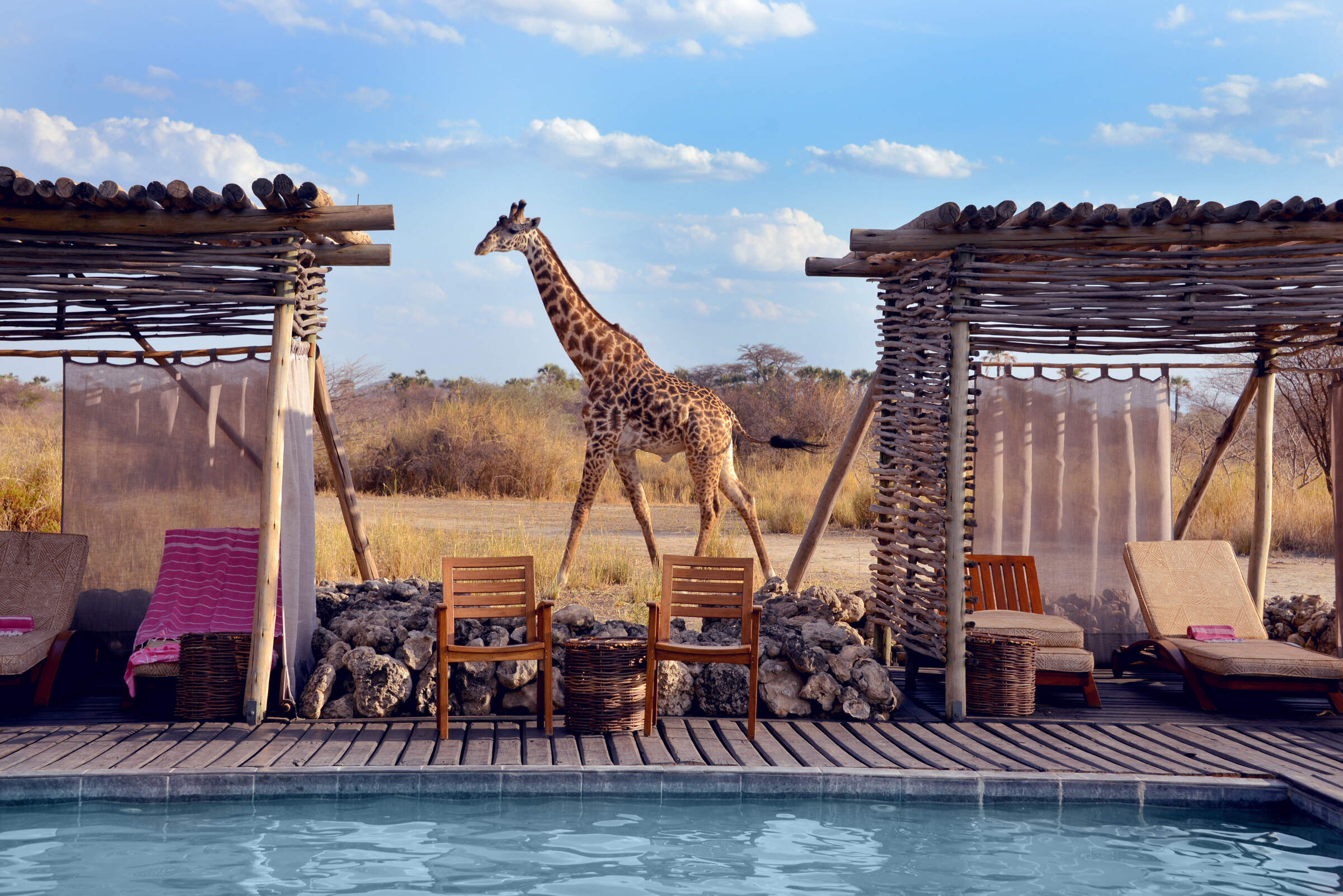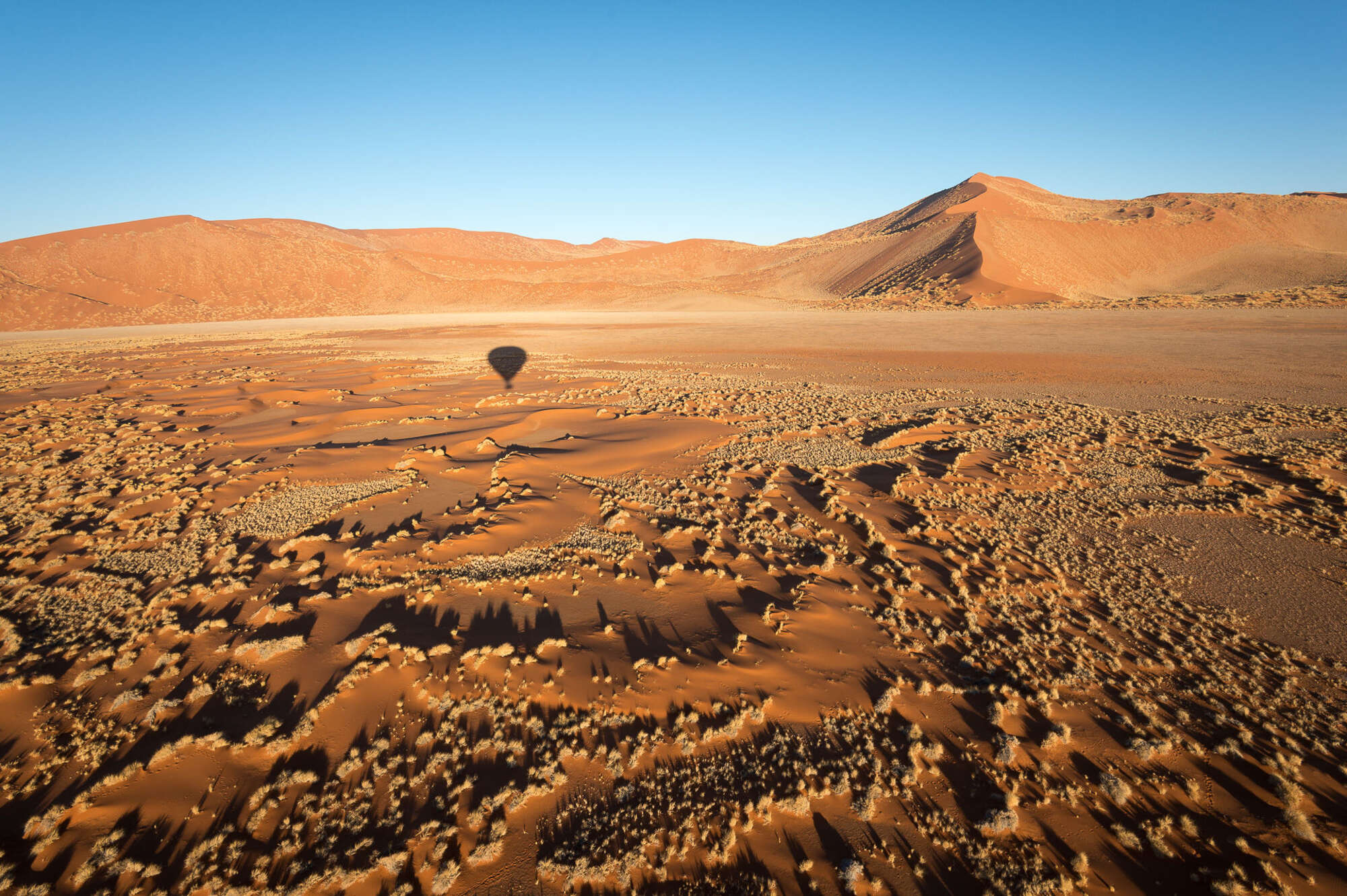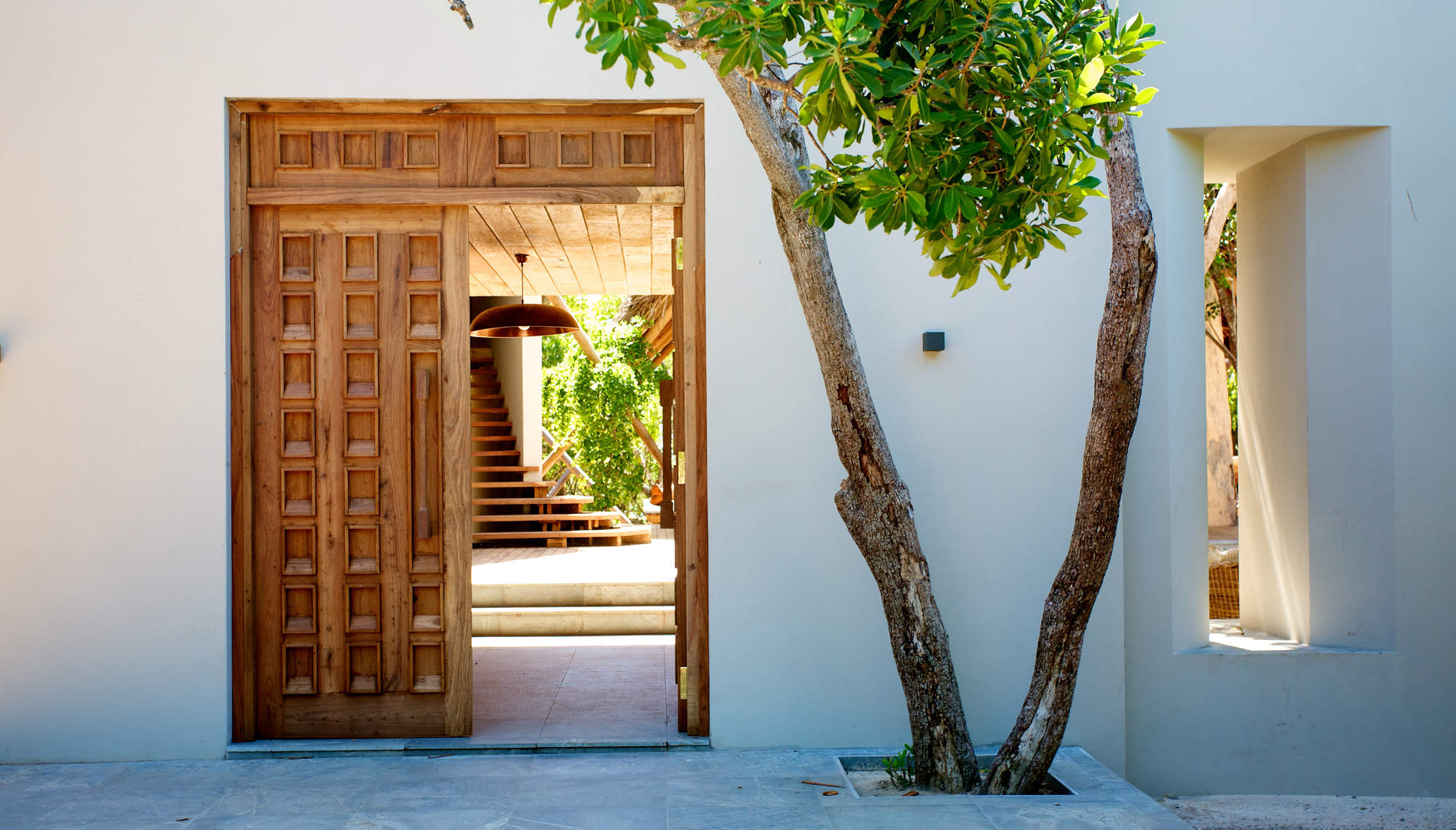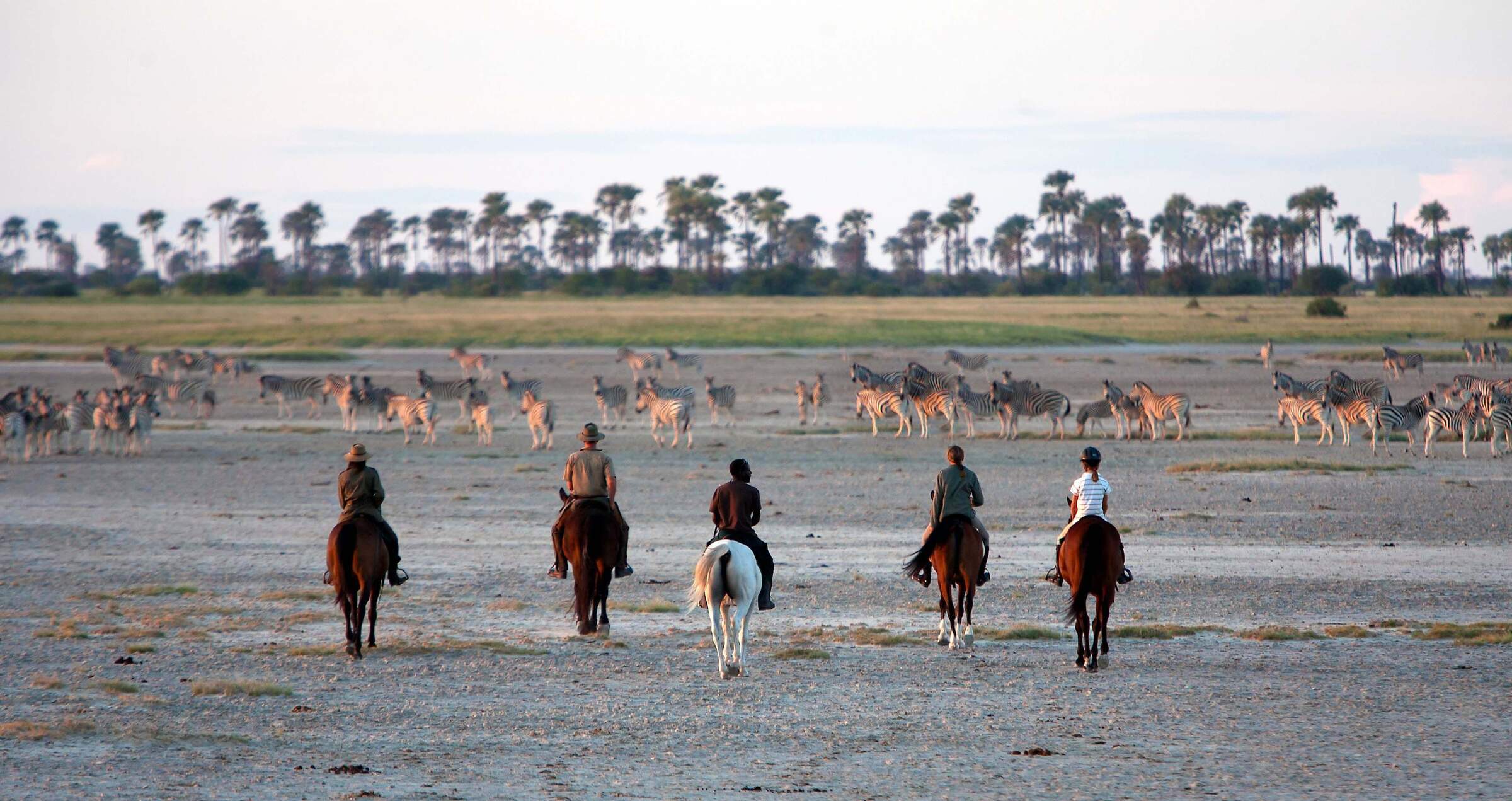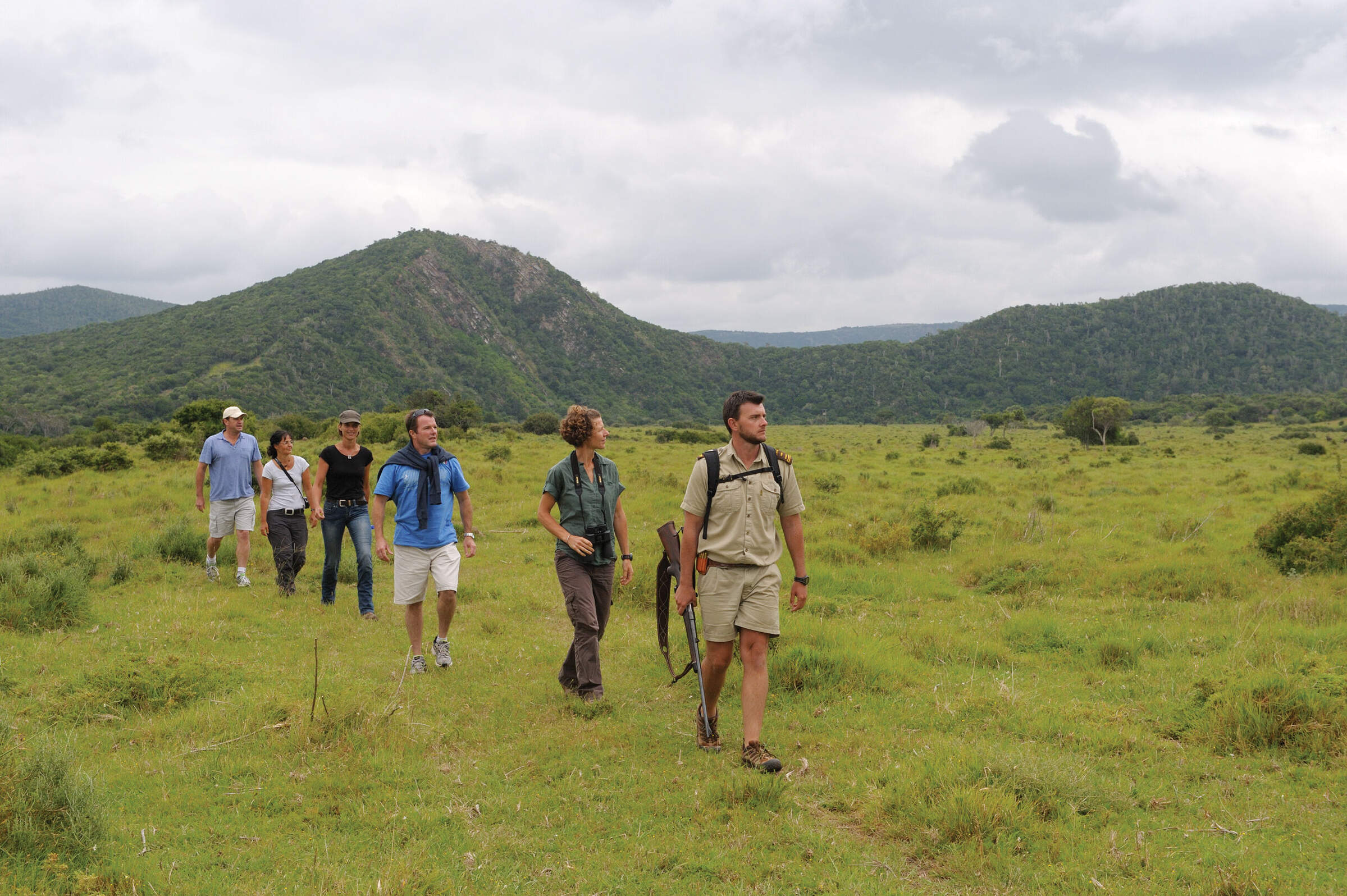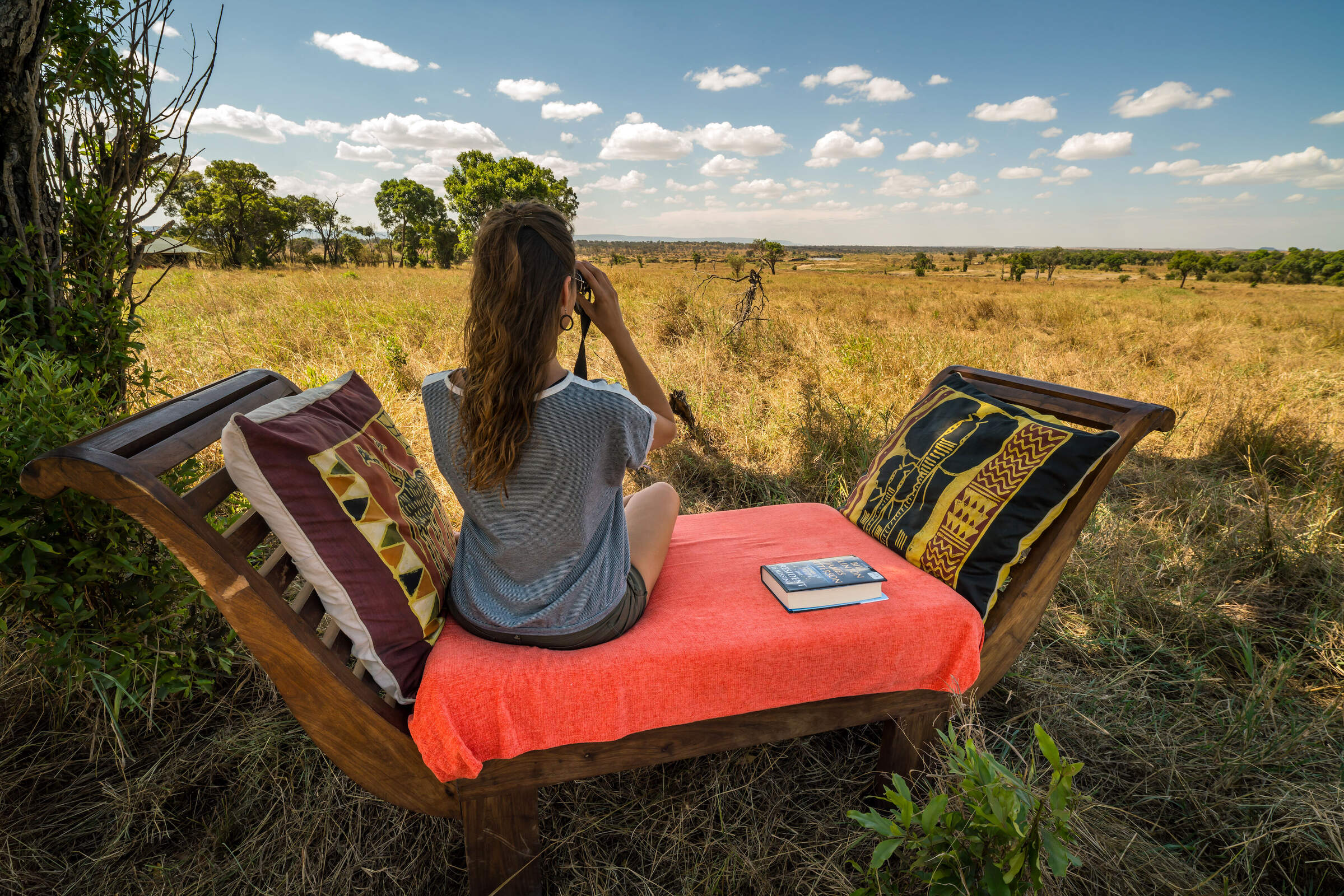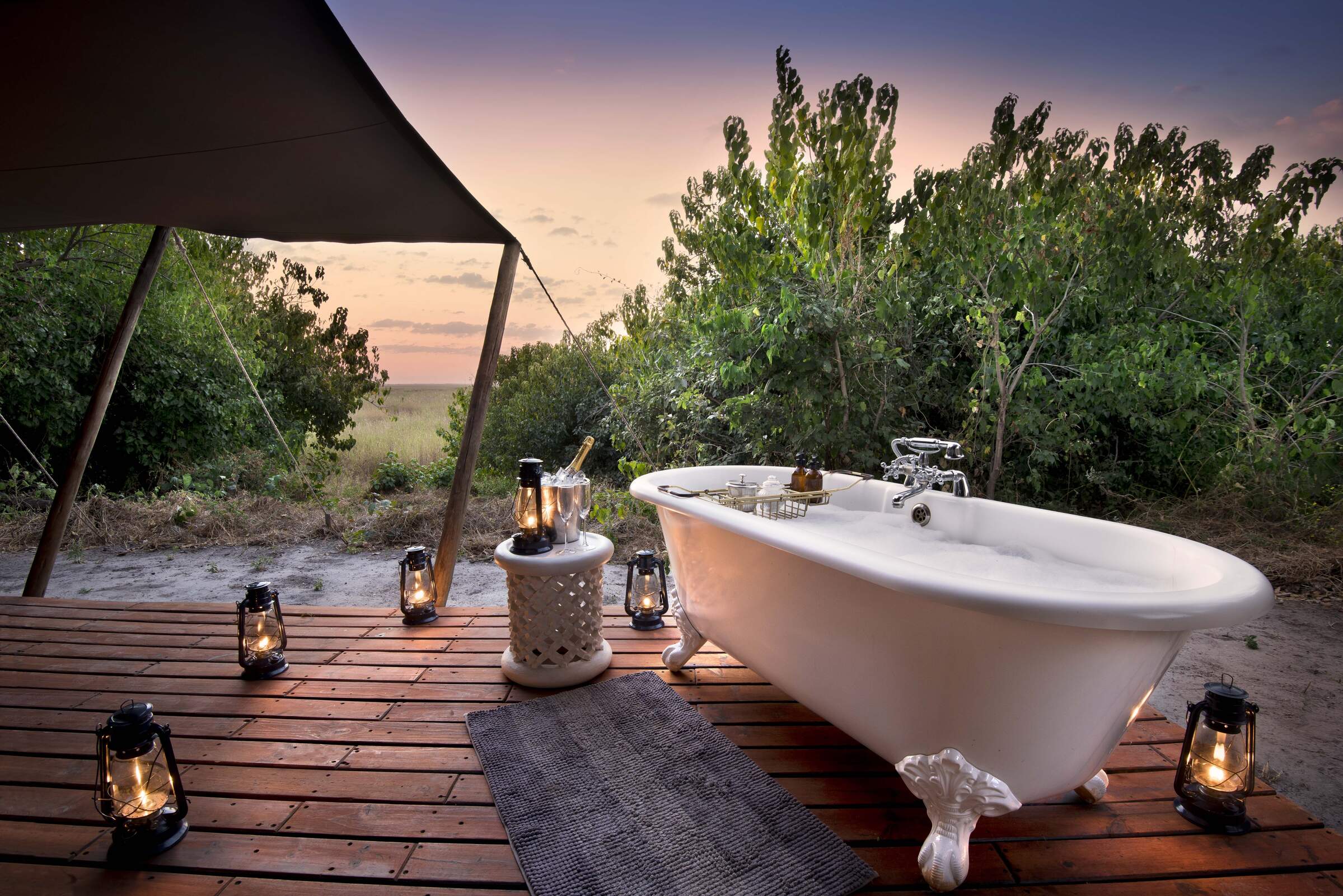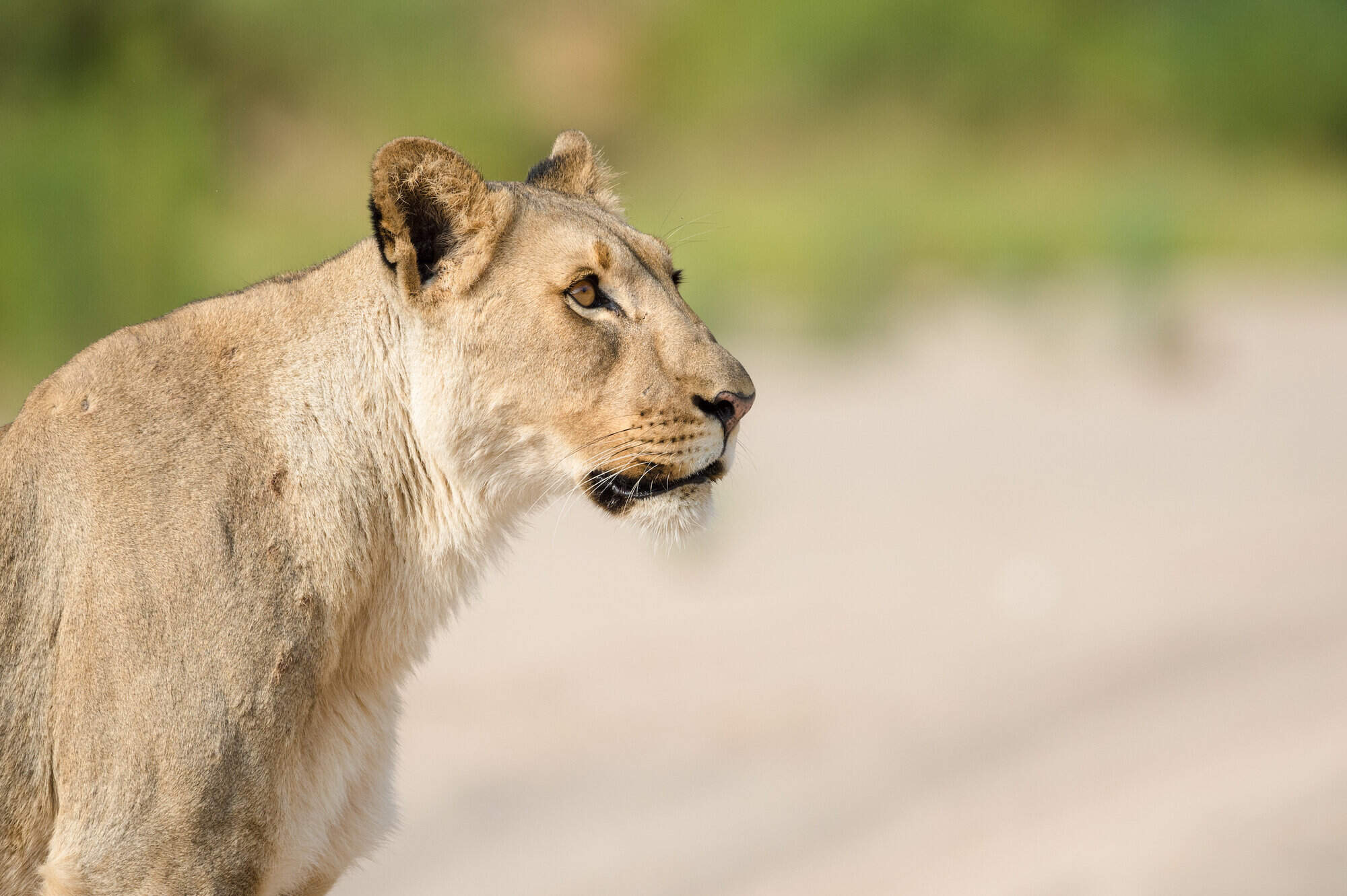Step into the wild with experts
Walking safaris were the original safari - and they remain the purest form. Stripping away the noise and speed of modern travel, they offer a thrilling, slow-paced immersion in nature, where every sound, scent and track tells a story. Whether you’re following elephant footsteps through the Okavango Delta, tracking leopard in Zambia’s South Luangwa, or wandering beneath towering albida trees in Mana Pools, this is Africa at its most raw and exhilarating.
Led by some of the continent’s finest guides, these walks bring you closer to the land than any vehicle ever could. Walks can be tailored to your comfort, from multi-day fly-camping adventures to gentle strolls from a luxury lodge.
We’ve walked these wild places ourselves and only recommend the very best. If you’re looking to connect more deeply with Africa’s wild heart, explore our collection of Walking Safari holidays for inspiration.
The finest collection of Walking Safaris in Africa
Our most recent reviews of walking safaris in Africa
Detailed, un-edited reviews from our Africa travellers whose trips we tailored towards walking safaris. Click below to read the traveller's full review, and see all the reviews of our Africa holidays here.
FREQUENTLY ASKED QUESTIONS
The Expert Guide to Walking Safaris
Our Walking Safari FAQs cover everything from how fit you need to be, to age limits for children, what to pack, and whether your guide will be armed. We’ll explain safety protocols, the pace of walks, and why even younger travellers often love these immersive, hands-on bush experiences. Whether you're curious about rhino tracking or scenic strolls, this is your guide to walking in Africa - step by step.
Are there age limits for walking safaris?
The age restrictions exist for good reason: walking in areas with big game is exhilarating, but also carries inherent risks. On more serious trails, especially in areas with lion, elephant or buffalo, all participants, regardless of age, need to be able to follow guide instructions calmly, instantly and without question.
That said, walking safaris are not off-limits to families with younger children. Many camps across Africa, particularly in private conservancies or less wildlife-dense regions, offer shorter, hands-on bush walks designed specifically for younger children. Far from being dry or overly cautious, these outings can be wonderfully entertaining and immersive. Children might learn how to find water inside desert plants with a San bushman, wash their hands with the bush ‘soap’ from the Kalahari apple-leaf, identify animal tracks and dung, or coax antlions from their sandy traps using a blade of grass. They may spot leopard tortoises plodding across the trail, or discover how vultures and oxpeckers signal nearby predators.
On all walking safaris, whether gentle nature rambles or multi-day expeditions, safety depends on one thing above all: listening to the guide. Guides will always give a full safety briefing before walking, outlining how to move, stay together, and respond in different situations. It is critical that every participant follows their instructions without hesitation. In our experience, children often prove particularly good at this, taking the guide’s authority seriously and engaging with real focus.
If you’re travelling as a family, our team can recommend camps that take walking with younger guests seriously and safely, with guides who make it fun, fascinating and appropriately pitched. For older teenagers ready for longer or more challenging walks, we can match you with camps where they can take part in the full walking safari experience alongside adults.
Are the guides armed on walking safaris?
Walking with Dangerous Game
In areas where dangerous wildlife is likely to be encountered, including much of Zambia, Zimbabwe, and northern Botswana, we only recommend walking safaris where an armed guide or scout (often a national parks ranger) accompanies the group with a suitable firearm. This is not just a precaution, but standard practice in countries where walking safaris are a longstanding tradition and guiding standards are among the most rigorous on the continent.
An armed guide is not there to use the weapon lightly, in fact, firearms are a last-resort tool, almost never fired. What keeps guests safe is the guide’s situational awareness, deep understanding of animal behaviour, and clear leadership. The presence of a rifle is simply a vital layer of security in the unlikely event that a situation escalates.
In Zambia, for instance, every group must be accompanied by both a licensed walking guide and an armed scout. The guide manages guest movement, spacing, and awareness; the scout focuses on monitoring for potential threats and ensuring physical protection if needed: a two-person safety system that’s become a gold standard.
At Expert Africa, our team includes former guides and wildlife researchers, and we’ve personally walked with many of Africa’s finest walking guides. Whether you’re looking for a relaxed introduction to tracking or a full-on multi-day walking trail, we know which guides are safest, sharpest, and best suited to your style of travel.
The Exceptions: Walking Unarmed with Large Animals
There are a few carefully controlled situations where experienced guides operate without rifles, even around large animals, but these are exceptions, not the norm.
In Namibia’s Damaraland , guides may track desert-adapted black rhino on foot without weapons. This is made possible because:
o The rhino are individually known and monitored as part of long-term conservation work.
o The guides have intimate knowledge of each animal’s range and temperament.
o Visibility in the open terrain is excellent, making surprise encounters very unlikely.
o Interactions are kept brief, quiet and respectful at all times.
In Rwanda, treks to see habituated mountain gorillas in Volcanoes National Park are also conducted unarmed. While these are still wild animals, the gorilla families are monitored daily by trackers, and the rangers leading walks are highly trained. Armed backup is usually nearby, but weapons are not carried openly, to avoid distressing the animals.
In both cases, the absence of firearms is deliberate and considered, based on decades of behavioural knowledge, close monitoring, and extremely low risk. These are not typical bush walks, they are structured, conservation-led experiences with unique parameters.
Unarmed Walks in Non-Dangerous Areas
Not all walking safaris require the presence of big game to be rewarding. In areas without dangerous wildlife, guides do not carry weapons because there is simply no need, and the focus shifts to other aspects of the landscape.
Explore the fynbos-covered hills and coastal trails of South Africa’s Namaqualand on foot, where the rich biodiversity and birdlife are the stars. Join a Karisia Walking Safari, where walks through Kenya’s remote highlands are supported by camels, with expert Samburu guides leading the way. Or take a three day hike along the Tok Tokkie Trails in Namibia and sleep out under the stars at the end of each day.
Our Scenic Trails Collection has lots of trips that prioritise scenery, cultural encounters, or tracking smaller species, all without the need for rifles and many suitable for exploring on your own
These unarmed walks offer a gentler, often more reflective way to explore Africa’s wild places, without seeking the adrenaline of big game viewing.
How fit do you need to be for a walking safari?
Walks typically cover a few meandering kilometres at most, often with frequent stops to examine tracks, listen to birds, or simply soak in the view. If you’re imagining sweaty hikes over rough terrain, think again; you’re far more likely to pause for tea and cake in the shade of a sausage tree than to break into a sweat.
The distance walked is secondary to the experience: the stillness, the learning, the connection with your surroundings. You’ll be walking with a professional guide, who’ll set the pace, point out the details you’d miss alone, and answer questions as you go. Often, there will be another member of camp staff carrying refreshments too, and in some national parks, a park ranger as well.
There are some more challenging walks, or camp-to-camp journey, but even these are accessible to most travellers.
If you’re unsure, speak to us. We’ll help you choose a walk to suit your comfort level and discuss the best seasons for walking, taking temperature and terrain into account.
Can I combine a walking safari with game drives?
Many lodges offer short morning or afternoon walks alongside their regular drives, giving you a taste of exploring on foot without committing to a full walking itinerary. Alternatively, you might spend a few nights walking between remote bushcamps, as in Zambia’s Luangwa Valley or Kenya’s Laikipia Plateau, as part of a longer, classic safari.
Walking safaris are a brilliant complement to vehicle-based exploration: they slow the pace, sharpen your senses, and offer a completely different view of the wilderness. They also provide a welcome chance to stretch your legs on what can be a fairly sedentary holiday (with lots of excellent food!) - a far more memorable alternative to the gym.
Have a look at our Walking Safari holiday collection for inspiration on how walking-focused camps and experiences can be blended into a tailor-made trip. Or get in touch and we’ll help you design the perfect balance of comfort, adventure and immersion.
What wildlife will I see on a walking safari?
You may well encounter larger animals - elephants, giraffe, zebra, buffalo and even big cats in some areas - especially in Zambia’s South Luangwa, Zimbabwe’s Mana Pools or Tanzania’s Ruaha and Selous. However, the goal of a walking safari isn’t necessarily to get as close as possible to big game, but to approach safely, observe natural behaviour, and then retreat quietly, often without the animal ever knowing you were there. It can be simultaneously grounding and thrilling.
Along the way, you’ll likely see antelope, warthog, baboons and a wealth of birds, but it’s often the smaller discoveries that make the biggest impression: learning to entice an ant-lion from its lair with a blade of grass, identifying plants used in traditional medicine, or studying the intricacies of weaver bird nests.
The best guides can make a termite mound or a dung beetle as compelling as a passing elephant. On foot, you tune in to sounds, smells and textures – the scratch of francolin in the undergrowth, the alarm call of impala, or the shape of a hippo tucked into the reeds.
In short, walking safaris aren’t about how many animals you see, but how you experience them – and how deeply you connect with the land around you.
The best camps and lodges for Walking Safaris in Africa
The best walking safari camps aren’t just close to wildlife, they’re rooted in wild places, led by some of the continent’s most experienced guides, and built around the idea that exploring on foot brings a deeper kind of connection. The right camp sets the pace and the tone.
In Zambia’s Luangwa Valley, the spiritual home of walking safaris, the trail between Luwi and Nsolo or Big Lagoon to Chikoko Tree Camp offers classic walking between remote bushcamps, while Mwaleshi in North Luangwa strip things back to their wildest. Across the border in Zimbabwe, you may encounter packs of wild dog from Vundu Camp or explore along the Zambezi from Nyamatusi’s luxury suites.
In Kenya, the team at Laikipia Wilderness Camp are enthusiastic, taking every opportunity to get out on foot, while multi-day walking safaris from Namibia’s Etendeka take you out across remote basalt plains, and Tok Tokkie Trails cross the desert in NamibRand Nature Reserve. At simple Hwange Bush Camp in Zimbabwe, some of the Africa’s finest guides treat every outing as a masterclass in animal behaviour.
And for those seeking something entirely different, Rwanda’s Bisate Lodge pairs luxury with the extraordinary experience of trekking to mountain gorillas through the Virunga’s cloud forests.
Each of the camps here offer a distinctive perspective on walking safaris, but all place guiding and wilderness immersion at the heart of the experience.
Walking Safaris across Africa
From misty forests to golden savannahs, Africa offers a remarkable range of landscapes to explore on foot. Our Walking Safari collections span the continent, with each country offering something unique: the thrill of tracking big game, the cultural insight of indigenous guides, or the meditative pace of journeying through remote wilderness.
Follow white rhino with expert trackers in Namibia’s Ongava Reserve, trace desert elephant trails across Damaraland, or walk between wonderfully rustic bushcamps in Zambia’s South Luangwa.
Explore Zimbabwe’s Mana Pools with guides who know each wild dog by name, join a chimpanzee walk in Tanzania’s Katavi National Park, or take stroll with the San bushman.
Our curated Walking Safaris Collection showcase Africa’s best expert-led exploration to ensure you have unforgettable encounters, one step at a time.
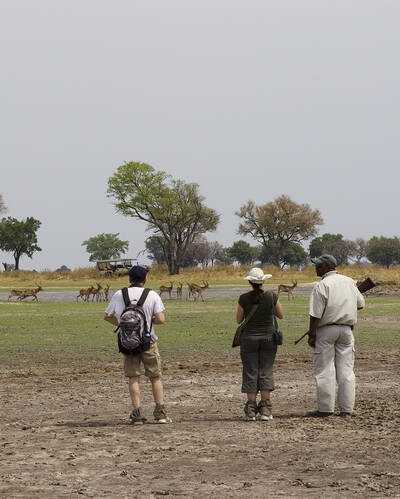
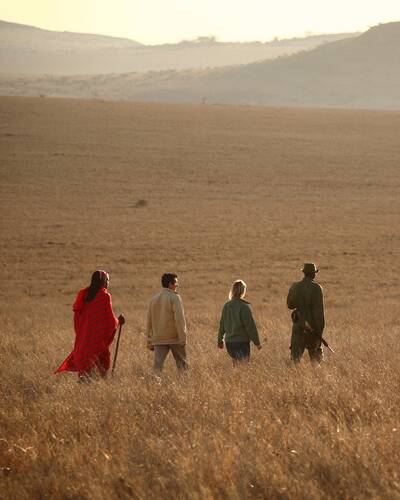
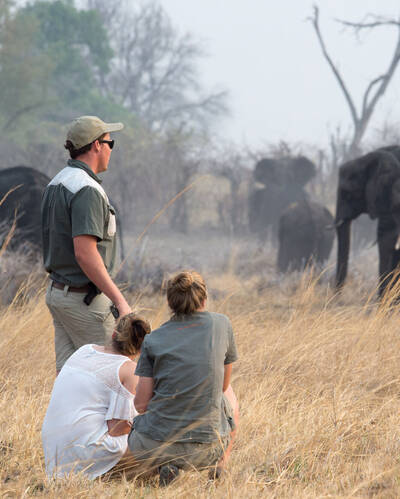
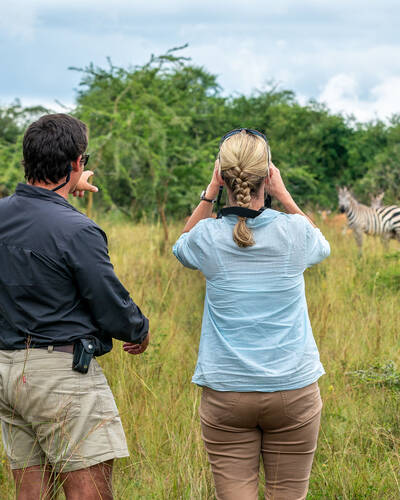
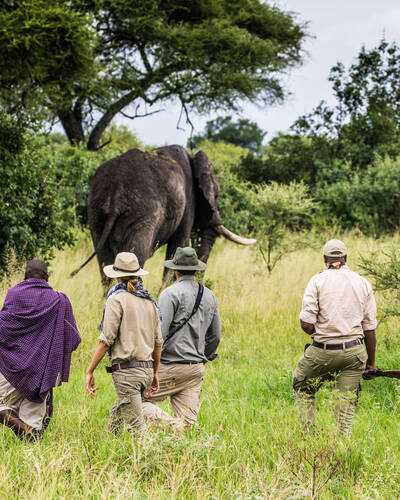
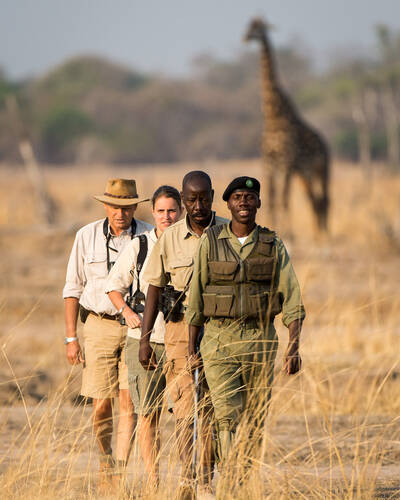
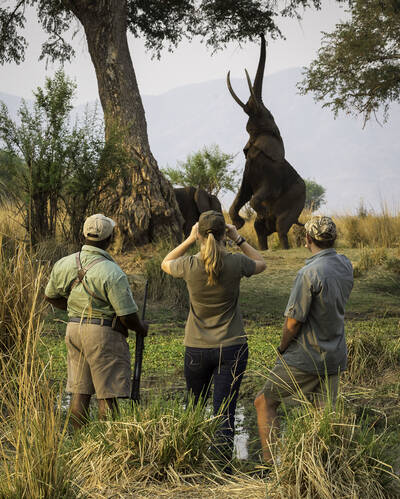
Africa - Curated Holiday Collections for Your Interests
Discover our Holiday Collections, designed for travellers with passion! Love birds, luxury retreats or wildlife photography - we’ve got a selection of trips to inspire you.

Looking for inspiration on where to travel next?
Visit our trip chooser to explore your options and find inspiration for your perfect African adventure
Inspire me








